THE GRANADA THEATRE CIRCUIT
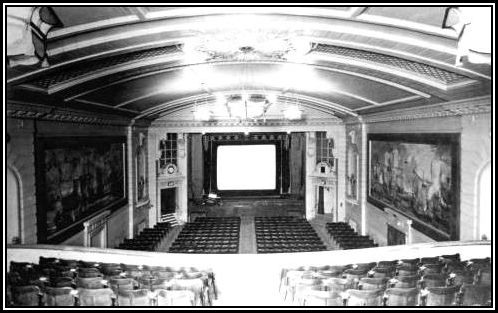 The Palace Cinema Slough destroyed by fire on V.J. night
The Palace Cinema Slough destroyed by fire on V.J. night
and rebuilt as The Century Theatre
PART TWELVE:
THE SLOUGH GRANADAS & MISS CANDY
PAGE THREE:
THE GRANADA & ADELPHI THEATRES OF SLOUGH
—ooOoo—
THE GRANADA THEATRE SLOUGH
The Granada Theatre Slough is the only purpose-built Granada Theatre of the Circuit that I actually visited and watched a film in while it was still owned by Granada. Sadly, at the time I was not aware of the Circuit and certainly did not appreciate the full splendour of its decor. Unfortunately, I was too miserable at having left London, which only slowly receded. In addition, my type of film, the shimmering 20th Century Fox CinemaScope Productions, that I once saw and enjoyed at the Essoldo Bethnal Green and at the Empress Mare Street seemed no longer to be made. However, on retrospect, I later realised that a number of non-shimmering films that I saw here, were in fact excellent productions and worthy of seeing many times over, which I have since done.
20th Century Fox Fanfare
The Granada Theatre Slough was just a few steps south of the Crown Corner along Windsor Road. The Theatre had a wide pavement in front of it where a number of bus stops were found. Buses for areas to far-off places, such as Watford, Berkhampsted, Uxbridge and London, as well as for closer destinations stopped here to exchange riders.
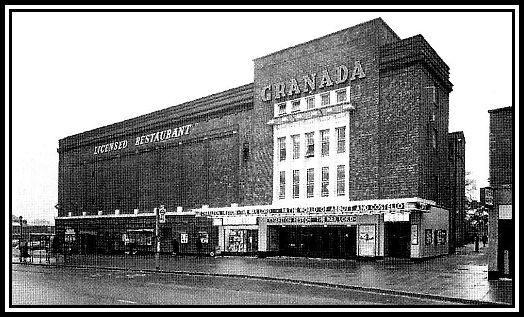 The Granada Theatre Slough around 1966
The Granada Theatre Slough around 1966
Only a Miss Candy shop remained of the Parade of Shops
The cafe has become a Licensed Restaurant
and the entrance at the right side of the building was still open
I remember that there was once an Adult Shop at one time in the adjacent alleyway on the right!
The American architect, C. Howard Crane, had drawn up plans for the Granada Theatre Slough, but these were revised by Cecil Audrey Masey. The interior design was based on the interior decoration already used in previous Circuit Theatres by Theodore Komisarjevsky.
Once I discovered the existence of The Granada Theatre Circuit and became aware of the work of Theodore Komisarjevsky, I was immediately impressed. And once I learned more of him and his wide body of theatre work, my admiration for what he had achieved in his lifetime grew. Imagine my horror once I learned that the one theatre that I actually saw a film in belonging to the Circuit was one where Mr. Komisarjevsky had never visited. I had to laugh!
The Granada Theatre Slough opened on 23rd March, 1938 and opened seven weeks after that of the Granada Theatre Welling. The opening ceremony was officiated over by Leslie Howard who was making Pygmalion at Pinewood Studios. Mr. Howard was piped down an aisle and up onto the stage to make a speech by The Dagenham Girl Pipers.
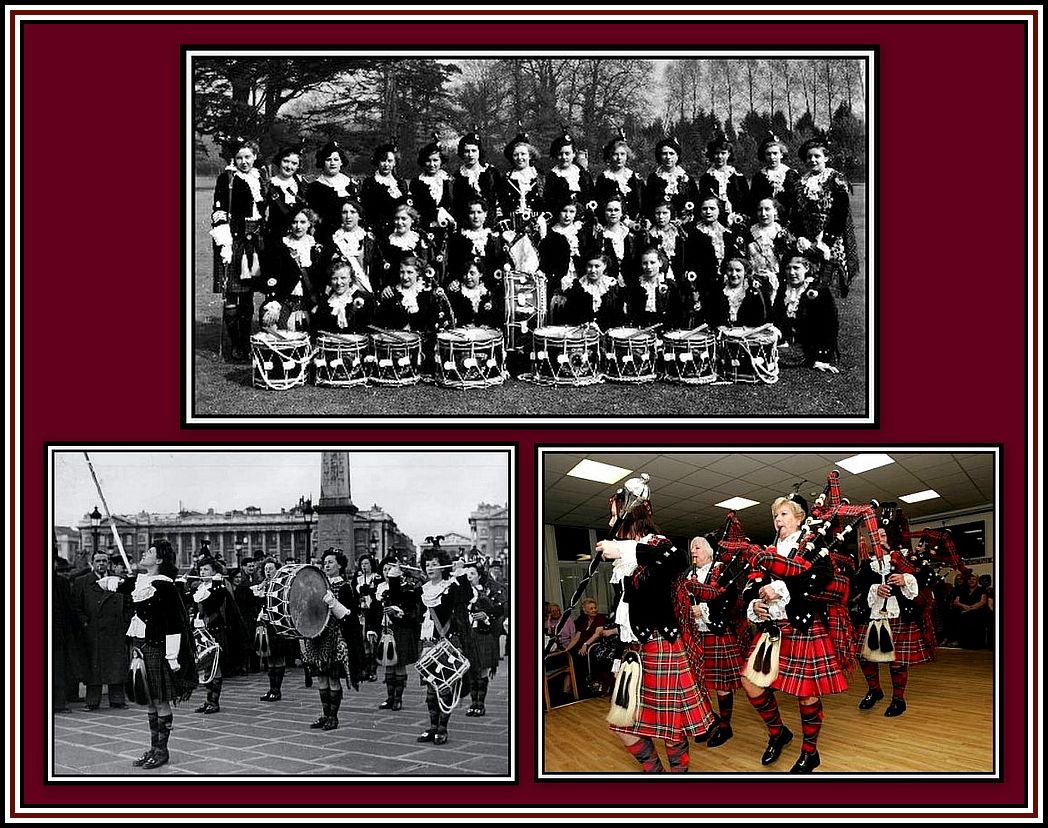 The Dagenham Girl Pipers
The Dagenham Girl Pipers
Top: The Double Band
Bottom Left: during a trip to Paris;
Bottom Right: at their 80th Anniversary Reunion
(awaiting permission to reproduce)
I have been unable to find out anything else about the opening programme other than the films shown, which were Artists & Models with Jack Benny and Ida Lupino and It’s Love I’m After with Leslie Howard, Bette Davis and Olivia de Havilland. Since the theatre had been installed with a Wurlitzer Organ, presumably a short receital was given, but I am unable to confirm this. I do know, however, that the organ was introduced to the public by Dudley Beavan, but do not know if this took place on the evening of the opening.
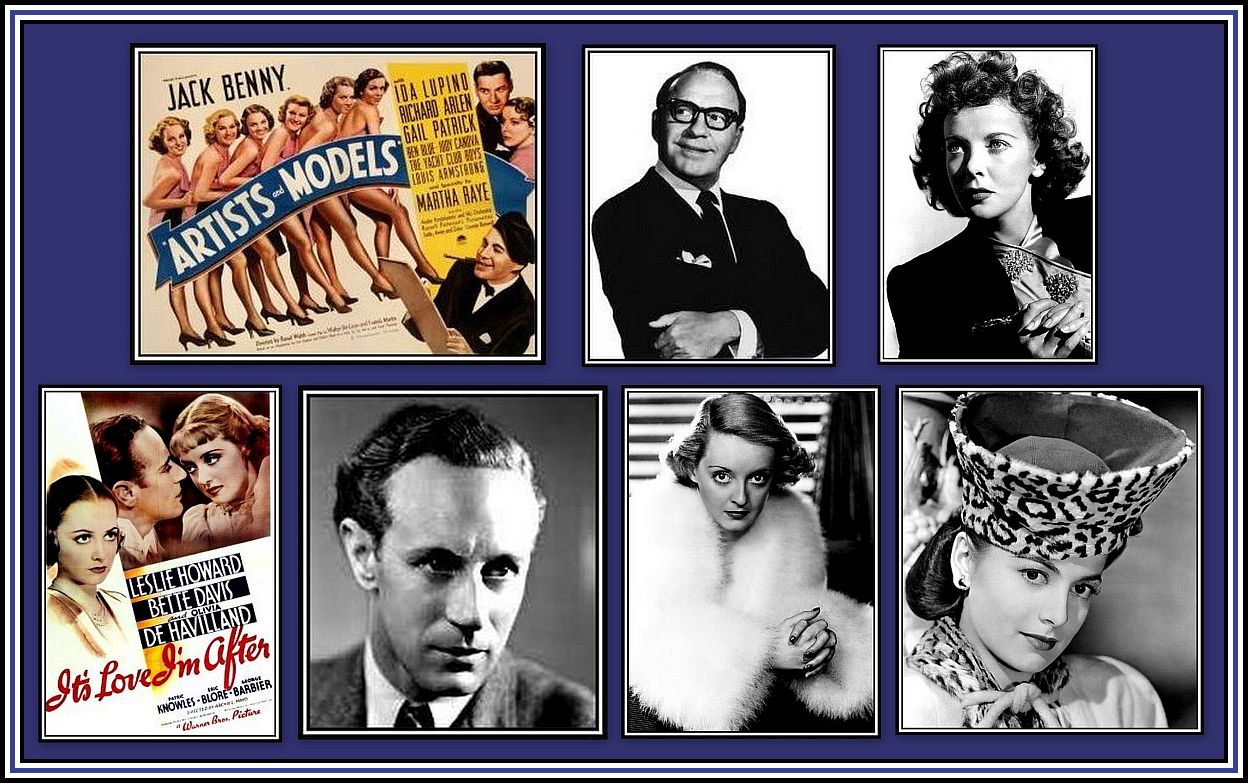 Top Row, Left to Right: Film Poster, Jack Benny & Ida Lupino Bottom Row,
Top Row, Left to Right: Film Poster, Jack Benny & Ida Lupino Bottom Row,
Left to Right: Film Poster; Leslie Howard, Bette Davis & Olivia de Havilland
Howard C. Crane was the architect for the Granada Theatre Greenwich where he had designed an interesting exterior. In contrast, the exterior of the Granada Theatre Slough was very plain and consisted of brick with three horizontal rows each of five windows above the canopy. The Granada sign was above the windows, but had no fin at the side. The canopy extended across the entrance and covered the display cases, which advertised posters and stills of the current programme. Beyond these display cases was a parade of small shops at the time of opening.
 The Facade & Entrance of the Granada Theatre Slough in 1949
The Facade & Entrance of the Granada Theatre Slough in 1949
Several of the shops of the parade may be seen in the bottom left-hand area of the photograph
The parade of shops closed later, but during the late 1950s, the first shop became a Miss Candy shop for a short time and allowed entrance to it from both the outside and from the foyer. I remember being surprised when I first saw this shop since I had mistakenly assumed that Miss Candy was unique to the Century Theatre in the High Street.
The theatre was also offered patrons a cafe for their pleasure, which could be accessed either via the foyer staircase or from the outside. In addition, a car park was also provided for patrons.
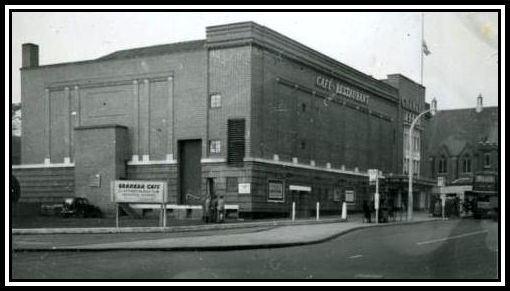 A rear & side view of the Theatre showing the advertising for its Cafe Restaurant and its Car Park
A rear & side view of the Theatre showing the advertising for its Cafe Restaurant and its Car Park
Unlike many other Granada Theatres before, the Granada Slough had no series of steps before the entrance. One made one’s way into the theatre by four sets of double doors, which I seem to remember opened directly into the huge foyer. At the time when I knew the theatre, there was a small box office immediately to the left upon entering, which was adjacent to the foyer entrance to Miss Candy.
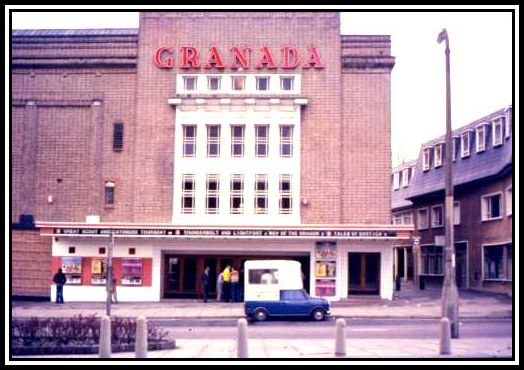 The Facade & Entrance of the Granada Theatre Slough in 1977
The Facade & Entrance of the Granada Theatre Slough in 1977
The parade of shops is by now closed including that of Miss Candy
The foyer had a long staircase against the far wall that led up to the cafe and the circle. One was able to see the cafe from the foyer, which was on a platform that stretched across the entrance area to the foyer. I do not remember there being any mirrors lining the wall of the staircase, however there were several large mirrors high up on the right-handed wall at the first floor level in line with the cafe.
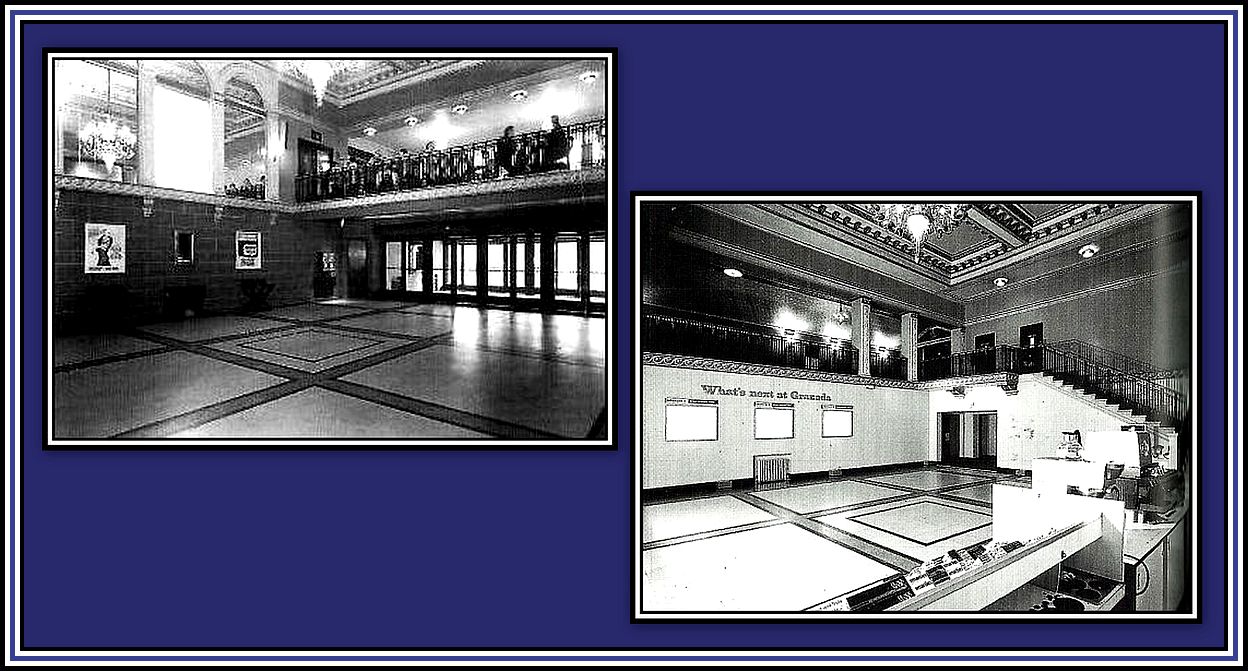 The Foyer of the Granada Theatre Slough
The Foyer of the Granada Theatre Slough
Left, showing the entrance, the cafe and the mirror high up on the right wall;
a chair and other small pieces of furniture sit against the wall
and appear to be made in the style designed by Theodore Komisarjevsky
Right, showing the staircase against the far wall,
advertisement cases on the left wall and a concession stand on the right
There were a number of huge chandeliers hanging from the ceiling, which I later learned were more in keeping with those of the Granada Theatres at Walthamstow and Tooting rather that those of the Standard Granadas. I am sorry to say that I have no memory of other ceiling decoration except that it was coffered, which is a term I learned only with the writing of this series! As was the practice of Granada Theatres, there was no carpeting of the Foyer floor. I remember when I used to go to the theatre that the foyer and part of the circle walkway were decorated with a number of potted palms strategically placed to give a look of elegance to the theatre.
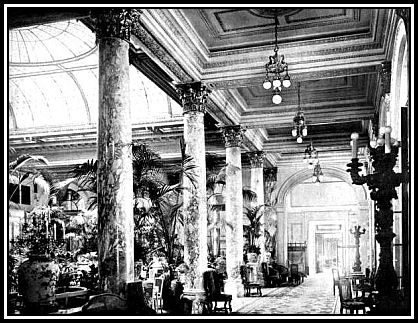 The Palm Court of the Plaza Hotel, New York City before the Second World War
The Palm Court of the Plaza Hotel, New York City before the Second World War
Potted palms were once commonly seen in hotel lobbies and in theatre foyers
The auditorium of the Granada Theatre was constructed parallel to Windsor Road and was a large theatre although not the largest in Slough. This honour went to the Adelphi Theatre. The Granada Slough was able to seat 1,070 in the stalls and another 630 in the circle. Entrance to the auditorium from the foyer was through several large wooden doors on the left.
The auditorium was very much of the Standard Granada variety, but was still decorative and ornate, To my untrained eye, I found it to be the most beautiful theatre I had ever seen outside the West End, and of course, the glorious Hackney Empire. Despite its exotic appearance, the Century in the High Street always remained my favourite Slough cinema.
On either side of the Proscenium Arch was a splay consisting of three large decorative grilles that hid exhaust fans. In front of each grille was a pseudo-balcony. Above the grilles and continuing across the stage above the Proscenium Arch was a decorative frieze. At each side of the splays were two Corinthian pilasters with a smaller one separating each grille.
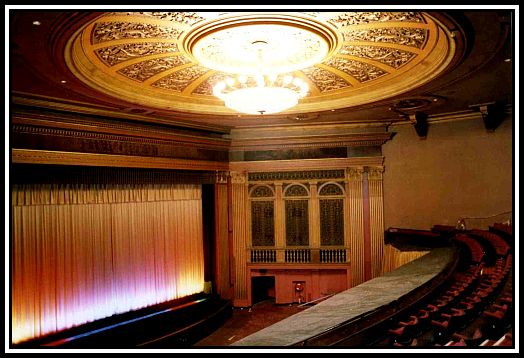 The Auditorium of the Granada Theatre Slough from the Circle
The Auditorium of the Granada Theatre Slough from the Circle
The ceiling over the stalls was decorated with decorative Rondel, which was similar to those present at the Granadas Greenford and Kingston (both Standard Granadas). At its centre was a large chandelier, which was again similar to those at other Standard Granadas. Over the circle seating, the ceiling was coffered with three smaller chandeliers hanging from it.
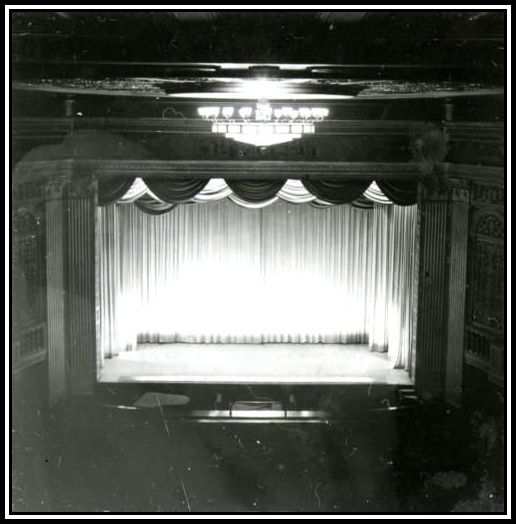 View of the Stage from the Circle at the Granada Theatre Slough
View of the Stage from the Circle at the Granada Theatre Slough
Although the quality of this photograph is poor, I add it
to illustrate the detail of the central chandelier.
This photograph is from Slough Museum
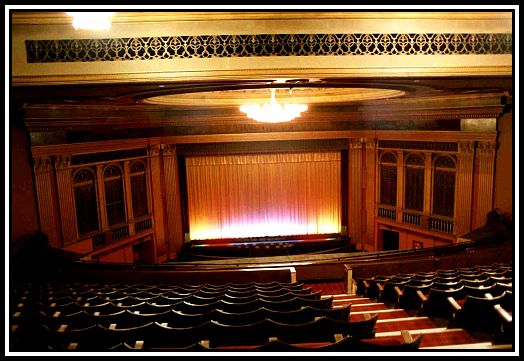 View of the Stage & Auditorium of the Granada Theatre Kingston
View of the Stage & Auditorium of the Granada Theatre Kingston
This is exactly how Standard Granadas looked including that of Slough
The underside of the balcony that stretched over the rear stalls was highly decorative while the front area was remarkably plain and had simple lamps in recess there. The balcony parapet was also plain, as were the walls of both the back stalls and circle.
I cannot recall if the circle seating was in undulating rows, which was typical of Cecil Audrey Masey’s work. Entrance to the balcony was by double doors at the rear and I remember finding it difficult to make my way down the steps of an aisle once the house lights were dimmed on the rare times I actually sat in the circle.
—ooOoo—
The first film I saw, or rather re-saw, at the Granada Theatre Slough was The King and I. This was also the last film I saw at the Essoldo Bethnal Green before leaving London. The film had been a huge success when first released and was quickly re-released and sent out on the circuit again. To re-release a film was a rare event in those days, but to re-release it so soon after a film’s initial release, was I believe almost unheard of at that time.
My mother had loved this film and so we went to see it again. I have to admit that seeing it in a grand setting such as the Granada Theatre Slough certainly added to our sense of occasion and also added to the enjoyment of the film.
Suddenly, I became aware of what it meant to not only see a film on a really wide screen that was maintained on a stage behind curtains, but to actually hear a film in full stereophonic sound! I remember that it was not the musical numbers that brought home to me the value of stereophonic sound, but rather the background sounds that were normally lost at the poor old Essoldo Bethnal Green. When Mrs. Anna and her son arrived in the harbour of Bangkok, it was the sounds of work going on about them that I found interesting, as I was actually able to experience them coming from different parts of the auditorium. This was brought fully to my attention with the sounds of the approaching Lord High Chancellor could be heard in the distance.
In addition, the seats of the Granada were plush and comfortable. Those of the Essoldo, as much as I loved the cinema, were old and shiny and many were in a poor state of repair.
—ooOoo—
I lived in Langley between 1956 and 1968 and during those years, I went to the Granada Theatre on numerous occasions. The theatre screened most of the 20th Century Fox Productions made in CinemaScope during this time and proved to be perhaps the best venue I had visited so far for viewing such films.
Everything about the theatre made for a great cinema experience: elegant decor with comfortable seats, a giant screen and real stereophonic sound. All one needed was a really good film to make the experience complete!
Sadly, 20th Century Fox was not able to maintain the high standard set for its CinemaScope films of the mid-1950s and their quality began to decline and cause not only my interest, but those of the general public to wane. Naturally this resulted in a decrease in ticket sales whenever these films were screened.
Once cinema ticket sales began to fall, 20th Century Fox decided to re-release some of their earlier successes as double bills. I remember seeing the re-release of two scenically spectacular films there. The double bill consisted of Love is a Many Splendoured Thing and The Egyptian.
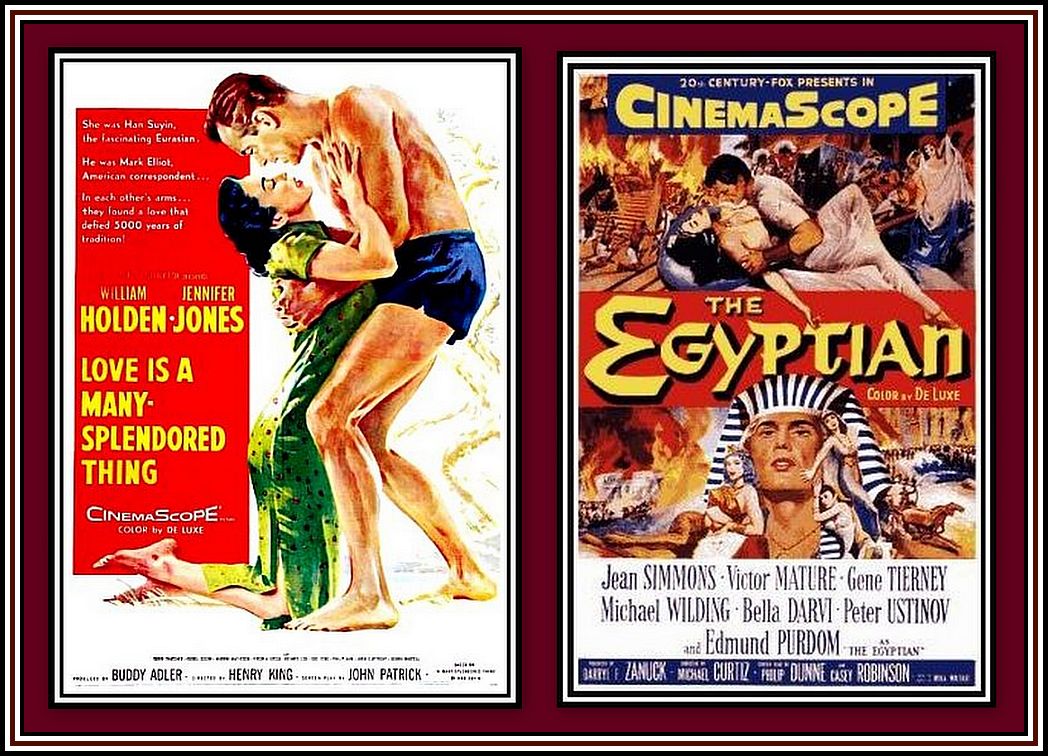 The Original Posters of the Films
The Original Posters of the Films
I had seen Love is a Many Splendoured Thing at the Essoldo Bethnal Green before leaving London. Although the film was a love story, its settings were remarkable scenic views of Hong Kong that I liked very much. The film had a theme song that had gained great popularity and was recorded by a number of artists.
Sadly, The Egyptian was never shown at the Essoldo Bethnal Green. We had to forgo a number of the 20th Century Fox Productions at this time due to the cinema being needed to show some ABC releases of MGM and Warner Brothers. However, this situation was never cut and dry as the cinema did not screen all of the ABC releases and I found that we were missing out on many films that I would have liked to see made by all companies. The most obvious example being MGM’s Valley of the Kings. Another tale of Egypt, tombs and the desert.
I found the failure of The Egyptian to be shown at the Essoldo Bethnal Green to be very, very annoying and considered it to be further prove that we, the Citizens of Bethnal Green were a deprived and ignored group!
The Egyptian was a huge spectacle set in ancient Egypt and with a host of stars. In fact it was just the kind of film that I would have enjoyed as a child. Imagine ……. The Nile, the Pyramids, the battles and the intrigue and spectacle of the Court! What more could one ask for?
Originally, Marlon Brando was signed to appear in the title role, but he disliked the script and refused to be associated with the production. Several other actors were considered for the role, but all refused. Eventually Edmund Purdom was borrowed from Metro-Goldwyn-Meyer to play the role. Since he did not have the star-stature of Mr. Brando, he was not given prime place amongst the list of stars in the film. Although Mr. Purdom did his best, he was no match for Mr. Brando.
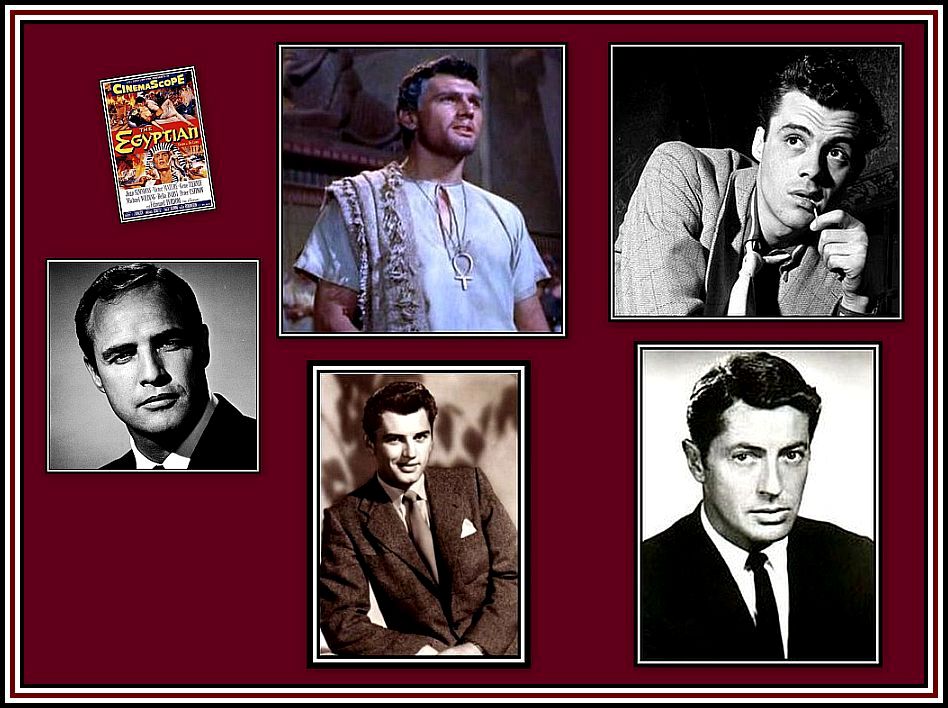 Those offered the role of The Egyptian
Those offered the role of The Egyptian
Left: Marlon Brando who wanted nothing to do with it
Middle: Edmund Purdom (Top, as the title character) who was borrowed to play the role
Right: Dirk Bogarde (Top) & Farley Granger (Bottom) who turned it down
The film also starred the protégée-cum-mistress of the producer, Darryl F. Zanuck, Ms Bella Darvi as Nefer, a part that Marilyn Monroe wanted. Although Ms Darvi was an interesting woman of sorts, she sorely lacked acting talents. Personally, I would have loved to have seen Marilyn Monroe in the role. Had she played the part, I could have understood why The Egyptian gave up everything for her!
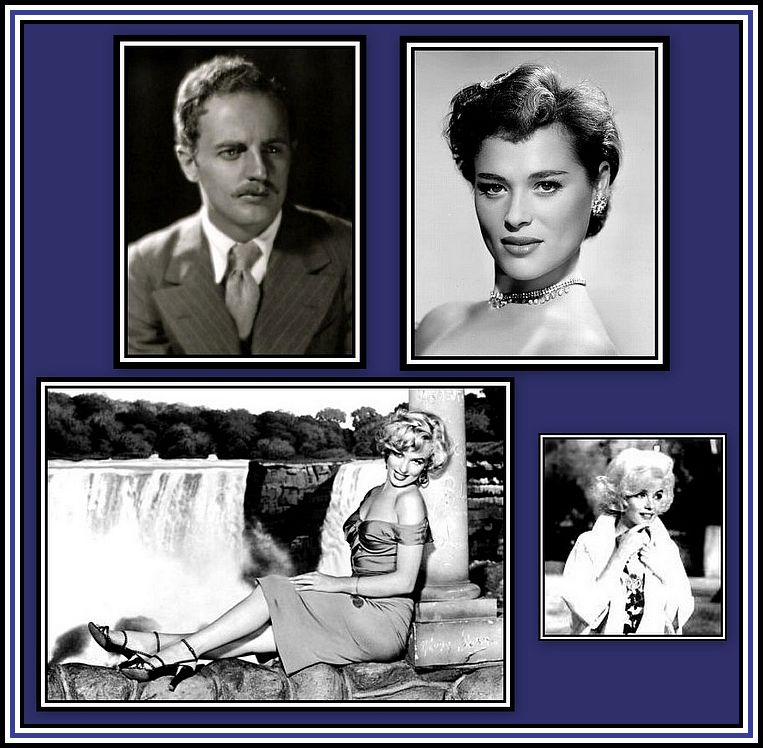 Finding Nefer
Finding Nefer
Top Left: Darryl F. Zanuck; Top Right: Bella Darvi
Bottom Left: publicity still for the film, Niagara
Bottom Right: at her most beautiful, just before her death
The Egyptian ought to have been a great success since it seemingly had everything in its favour. It had a good cast, a well-respected director, Michael Curtiz, a haunting musical score by Bernard Herrmann and Alfred Newman and spectacular sweeping scenes and a story based on a best selling book by Mika Waltari. Sadly, the result was not as good as it could have and should have been.
 Top Left: Michael Curtiz; Top Middle: Alfred Newman; Top Left: Bernard Herrmann
Top Left: Michael Curtiz; Top Middle: Alfred Newman; Top Left: Bernard Herrmann
Bottom: Milka Waltari
By the time I eventually saw The Egyptian at the Granada Theatre Slough, it was 1961 and I was less interested in spectacle than I had been a few years earlier. Although the settings were impressive and the print shimmering, I was more than a little disappointed by it. Despite my reaction, I was very pleased to have finally seen the film ……… at last!
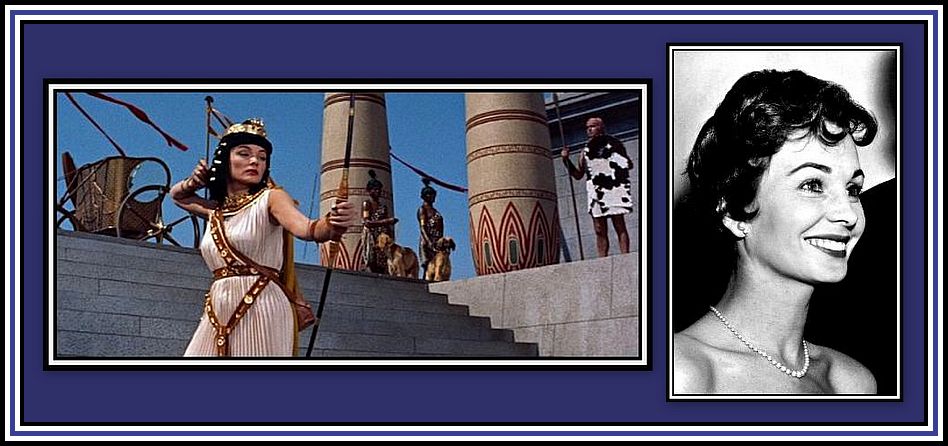 Gene Tirney (Left) & Jean Simmons (Right) also appeared in the Film …….
Gene Tirney (Left) & Jean Simmons (Right) also appeared in the Film …….
Although I can blame the script and the less-than-sterling acting for my response to The Egyptian, I have come to believe that the experience was partly spoiled by the fact that I had to share the theatre will a huge audience when I saw it. I went on a Saturday evening and every seat was filled. Despite the lack of comforts of the Essoldo Bethnal Green, one of the great joys of seeing a spectacle there was being able to sit close to the screen in a virtually empty cinema and immerse oneself in the action on the screen. There was great joy in spreading myself out in the middle of a row without the annoyance of other people around me. In this way, I was able to completely surround myself in the wonders presented to me. Of course, skipping school to go to the pictures obviously added to the pleasure!
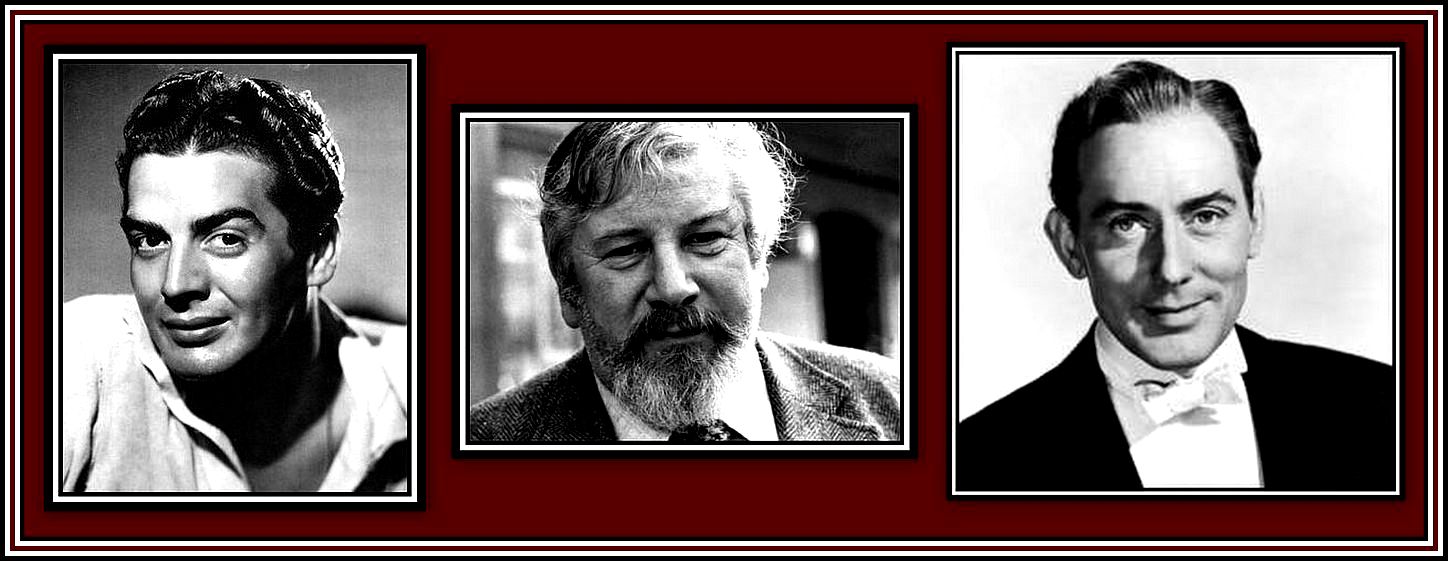 ……. as did Victor Mature (Left), Peter Ustinov (Middle) & Michael Wilding (Right)
……. as did Victor Mature (Left), Peter Ustinov (Middle) & Michael Wilding (Right)
When I went to see The Egyptian at the Granada Theatre, I was seated on the right hand side of the back stalls. I was certainly unable to snuggle down in my seat and allow myself to be transported back to Ancient Egypt and be enthralled by the spectacle. And besides, I remember being surrounded by others who insisted on talking throughout the film and also were noisy in removing their sweet wrappers. Finally, my companion of the evening thought that I should pay her more attention than what was happening on the screen! This poor girl was unable to compete with the splendours of CinemaScope, I fear!
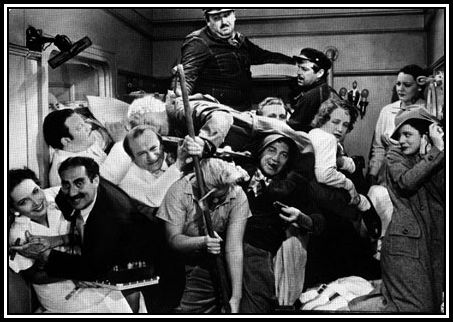 Perhaps the auditorium was not exactly like this, but close enough
Perhaps the auditorium was not exactly like this, but close enough
I have re-seen The Egyptian in the grandeur of my own home a number of times since seeing it at the Granada Theatre Slough and have even read the book! Although the story is interesting, and perhaps the film is not quite as bad as I remembered, I still found it to be disappointing and certainly not one of the greats! I have to admit that although the musical score is hypnotic and the settings beautiful, it is obvious why Marlon Brando refused to have any part of it!
As a point of interest, although The Egyptian was released on videocassette, it has not, as yet, been released on DVD. This situation defies explanation!
—ooOoo—
The Granada Theatre Slough was also where the Roadshow Films were screened once they went on general release. I saw Around the World in Eighty Days here, again on a Saturday evening and in the presence of a huge audience! I remember that the auditorium was overly hot and that the audience fidgeted constantly. Perhaps this also explains why I have never been especially enamoured of this film despite its remarkable settings. I remember at the time of the film’s release society was inundated with an endless number of vocal and instrumental versions of the theme song. In addition, my father used to enjoy playing it on the piano.
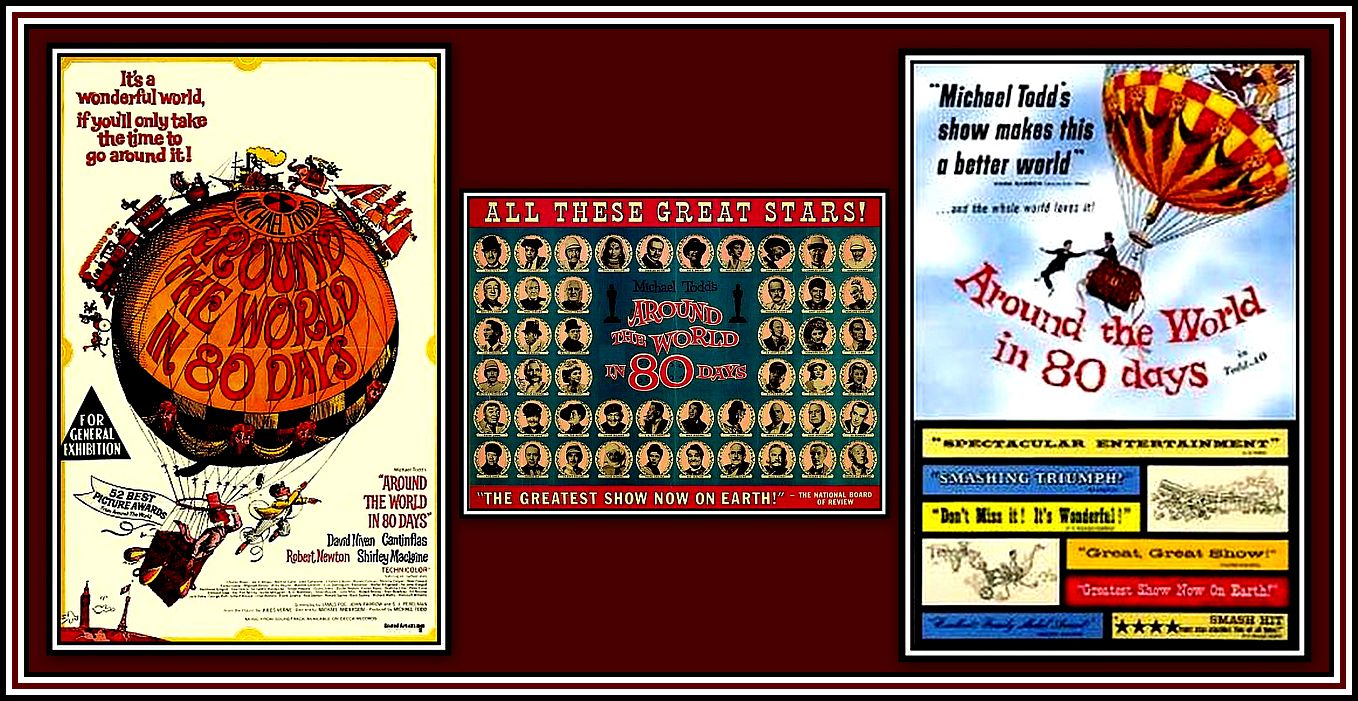 Posters of the film, Around the World in 80 Days
Posters of the film, Around the World in 80 Days
—ooOoo—
I can only remember sitting in the circle at the Granada Theatre Slough on a few occasions. The first time I went was with a group of friends from school. This was soon after I moved to the area and was still looking for interesting things to do in Slough. I remember we had made an arrangement to meet a group of girls. When we arrived at the entrance, they were waiting outside for us. My new friends and I had decided in advance who would sit with whom and we quickly made our moves once we got our tickets. Since we were with women, we had decided to sit in the circle ……. in the back of the circle, which was the place to sit when one was with someone. The usherette walked up and down the aisle periodically and, as she did, she flashed her torch in our direction. However, I don’t remember her offensive beam bothering us too much. Unfortunately, I have no idea what the film playing was.
—ooOoo—
The last time I sat in the circle, I remember spending a very nice time with a girl friend that I was very fond of. She loved going to the pictures as much as I did and also enjoyed turning this simple pleasure into an occasion ……. as much as I did! During such simple outings such as going to the pictures, we liked to treat ourselves to little additional things that enhanced our pleasure during our simple night out.
She adored cowboy films and liked especially The Magnificent Seven mainly because she loved Steve McQueen. She reminded me of this each time he appeared on the screen by pinching my arm with great ferocity. It was not unusual for me to return home with multiple bruises! Steve McQueen’s pinches were minor compared to those awarded to me whenever she saw certain other stars. I wince when I remember her most severe pinches! These violent assaults were reserved for images of George Harrison!
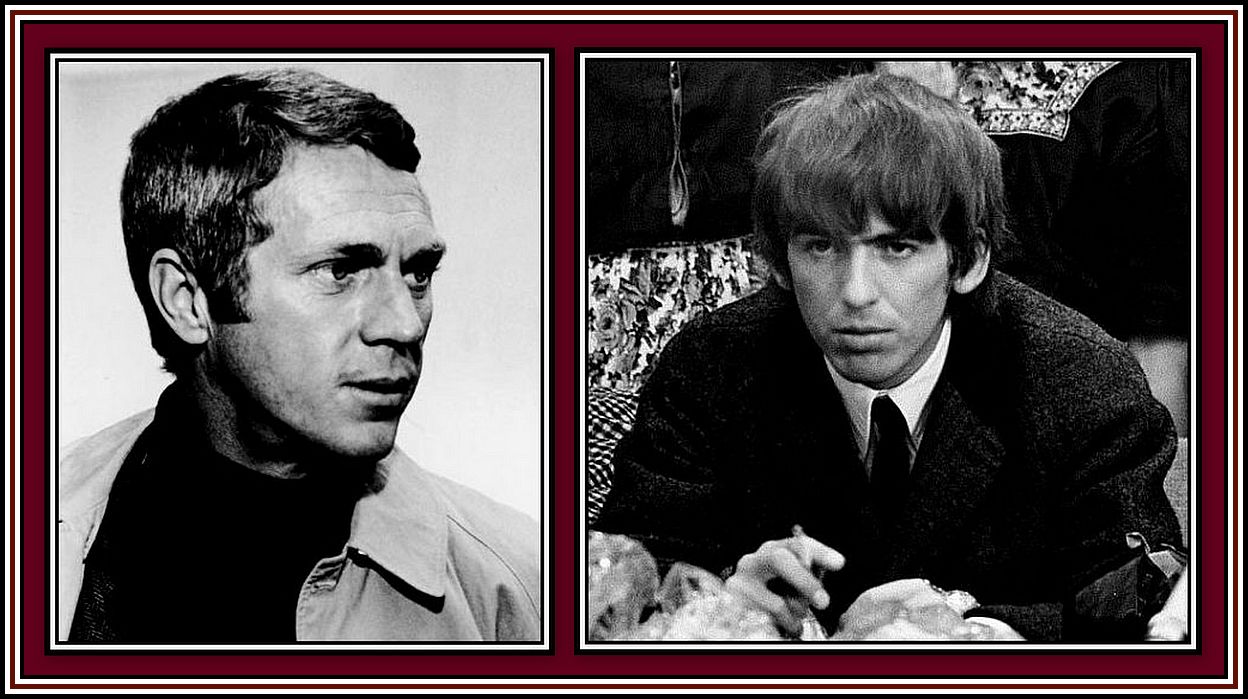 Steve McQueen (Left) & George Harrison (Right)
Steve McQueen (Left) & George Harrison (Right)
Anyway, I recall that The Magnificent Seven was being re-released and was to be shown at the Granada Theatre Slough. There was never a question that we would not go once we noted its planned screening in the local newspaper. Our plans were quickly made after some discussion as to which would be the best evening to go.
I remember that it was a particularly rainy evening when we went, but this did not deter us. Most certainly, we were going to have a wonderful evening! I remember that we arrived at the cinema and entered it in a manner that others might have saved for going to a premiere in the West End. We glided across the foyer and slowly ……. very slowly ……. ascended the grand staircase as if we were stars! I swear that had we recognised any of our friends waiting in the foyer, we would have given them a graceful wave in the manner of royalty! We knew no shame in those days and eagerly embraced the occasion!
We had arrived at the theatre early, as we wanted to have something to drink at the cafe, which was housed on the upper level. We had not been to the cafe before and were looking forward to finally going. We had decided to save such a treat for the time when we were going to see a special film and The Magnificent Seven was indeed a special film.
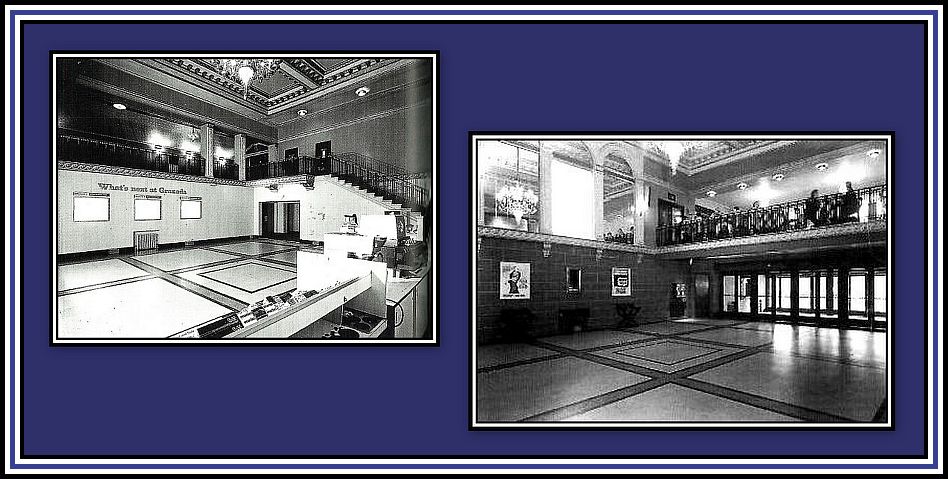 The Foyer Staircase (Left) & The Cafe at the Circle Level (Right)
The Foyer Staircase (Left) & The Cafe at the Circle Level (Right)
The cafe was a delight and offered waitress service. We treated ourselves to coffee, since we were far too sophisticated by then to ever be seen drinking tea in public and ate some cheese and biscuits. Again, we were too cool for cake! I remember little of the cafe except that the tables were covered with real linen table clothes and we sat with matching napkins on our lap as we ate and supped and then lingered at our table as we smoked our cigarettes! It is amazing how such a simple thing as this used to give us such pleasure. I remember being especially generous with my tip that evening. After all, this was an occasion! I recently learned that the cafe closed in 1969 – a sad loss for the town.
Following our mini-feast, we rose slowly from our table, and after collecting our coats and umbrella, we continued our glide and slowly made our way to the circle entrance where we prepared to make our grand entrance into the auditorium. Luckily for us, the audience was not especially great that evening and fellow cinema-goings did not interfere too much with our plan to find the perfect seat.
After we had shown our tickets to the usherette, we slowly walked down the steps of the aisle to the front row of the circle and eased our way to take up residence in the centre seats. We next took an age to drape our coats over the seats before sitting down. Coats had to be perfectly arranged so that we might be totally comfortable before the film began, as we had to be sure that no part of the coat was creased in any way since a fold might cause us some irritation during the film. We took our luxury and film-going very, very seriously! Comfort was of prime importance!
 Those who understand the meaning and the importance of comfort
Those who understand the meaning and the importance of comfort
Once installed in our seats, my young lady opened the box of chocolates that she had so thoughtfully brought and placed it across my knees. I was charged with maintaining them in place and within easy reach so that we could sample without disturbing our concentration once the film began. I have to confess that I have never enjoyed going to the pictures as much with anyone else, as much as I did when I went with this young lady! One finds so few true kindred spirits in life, and when found, they need to be nurtured.
The stage of the Granada Theatre Slough was wide and so allowed for the installation of what seemed like a especially enormous screen. This allowed us to experience the grandeur of the film to its full and the set-up of the speakers about the theatre allowed the sensational theme music by Elmer Bernstein to be heard to its best advantage.
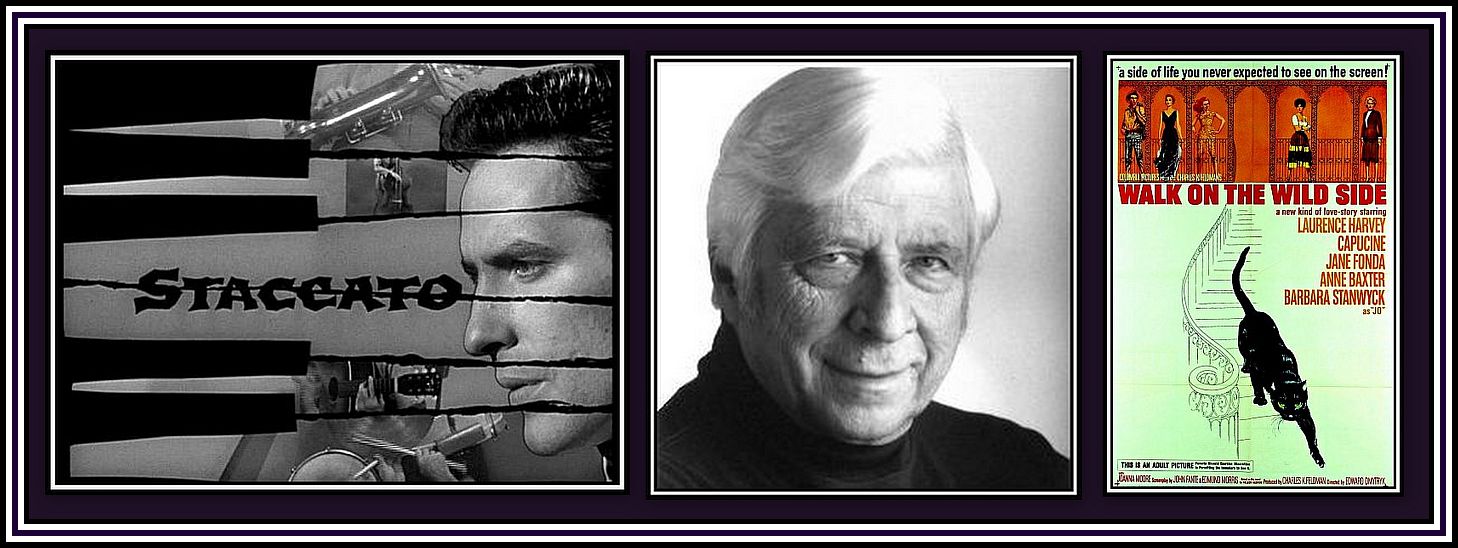 Elmer Bernstein wrote the theme music for many films and television series
Elmer Bernstein wrote the theme music for many films and television series
including those for Johnny Staccato and Walk on the Wild Side
I have to smile now at the pleasure we got from going to the pictures and going to a Picture Palace. I rarely go to the cinema now. I regret to say that Multiplexes certainly do not fare well with the cinemas of yesteryear!
 Slough’s Multiplex in the Queensmere Mall
Slough’s Multiplex in the Queensmere Mall
—ooOoo—
The last time I went to the Granada Slough was in the summer of 1965. I had left college and was waiting to get my final examination results and planning on leaving the following week to go on a jaunt. The film was suitably an epic, Genghis Khan, and in the style that I once liked.
I remember that I went on a Friday evening to see the film and found to my delight that the auditorium was sparsely populated. As a result, I was able once more to position myself in a manner guaranteed to give me the best chance of watching the film to advantage ……. i.e. I was seated relatively close to the screen so as to allow the action to become totally encompassed within my visual field ……. and to be seated in the middle of a row with several empty seats on either side as well in front and behind thereby allowing me to sit in a suitably spread-out state without fear of interference from idle chatter by fellow viewers or of being dug in the back by a long-legged lout.
With these requirements in place, I was now fully prepared to watch the film and judge it without prejudice ……. why, I could almost pretend that I was a kid again and back at the Essoldo Bethnal Green!
Although I enjoyed the experience of seeing the film, the film itself was not, I fear, of a suitably high enough standard to make it memorable.
I never went to the theatre again, but would notice the changes that occurred whenever I returned to Langley to visit my parents.
—ooOoo—
Since the Granada Slough was close to Pinewood Studios, it was often chosen to screen new films prior to general release in order to learn audience response. As a result, numerous film stars often attended these screenings and, at one time in the style of Hollywood’s Grauman’ Chinese Theatre, left their autograph along with their hand- and footprints in fresh cement in the large forecourt.
I noticed these autographed cement slabs, Walkway of Fame, in the forecourt of the theatre one day while waiting for a bus that was started in 1939. I can only remember seeing that of the actress, Valerie Hobson, who during the early 1960s was back in the public’s eye by association, as a result of her husband’s, John Profumo, unfortunate scandal. Miss Hobson played Mrs. Anna in the London Production of The King and I at the Theatre Royal, Drury Lane during the 1950s with Herbert Lom as the King.
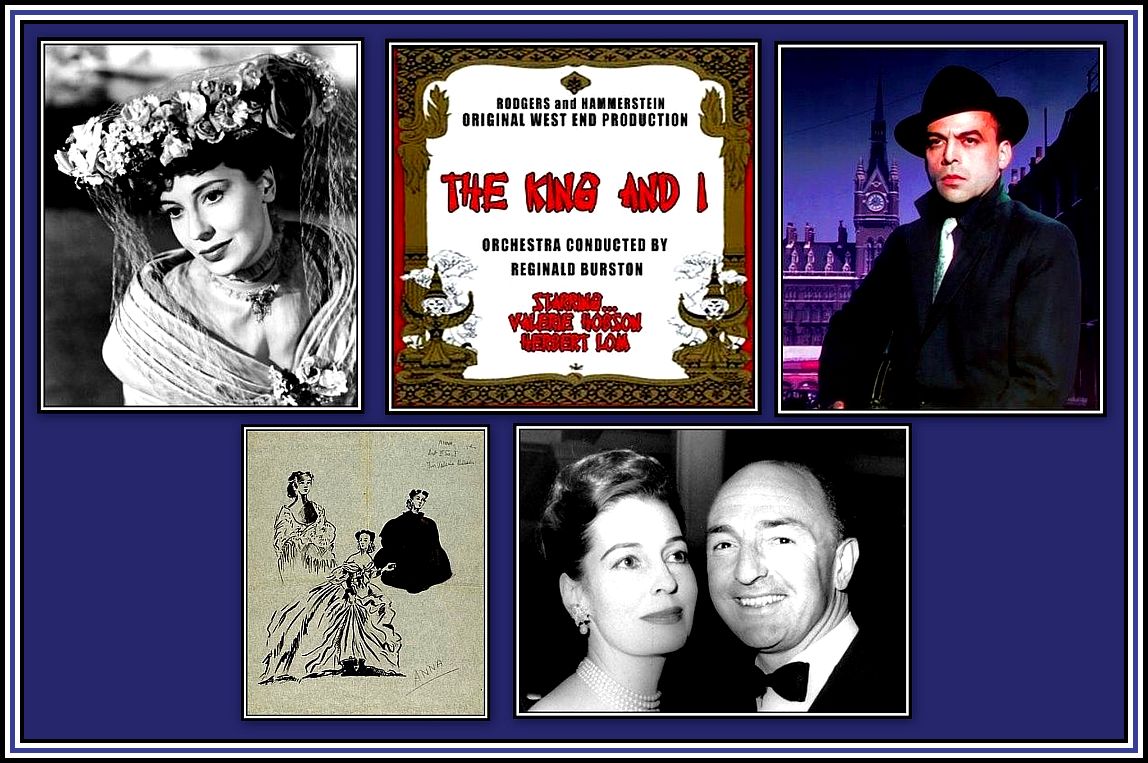 Top Left: Valerie Hobson in Kind Hearts & Coronets
Top Left: Valerie Hobson in Kind Hearts & Coronets
Top Right: Herbert Lom in The Ladykillers
Bottom Left: Mrs Anna’s costumes for The King & I; Bottom Right: with husband, John Perfumo
By the time I moved to Slough, the practice of adding to the Walkway of Fame had long since been discontinued. Once the theatre was demolished, the Walkway was removed and taken to Wexham Nursey, a garden centre, just outside of the town centre, where I presume they remain. I also learned sadly that some of the autographed slabs had been destroyed during the demolition.
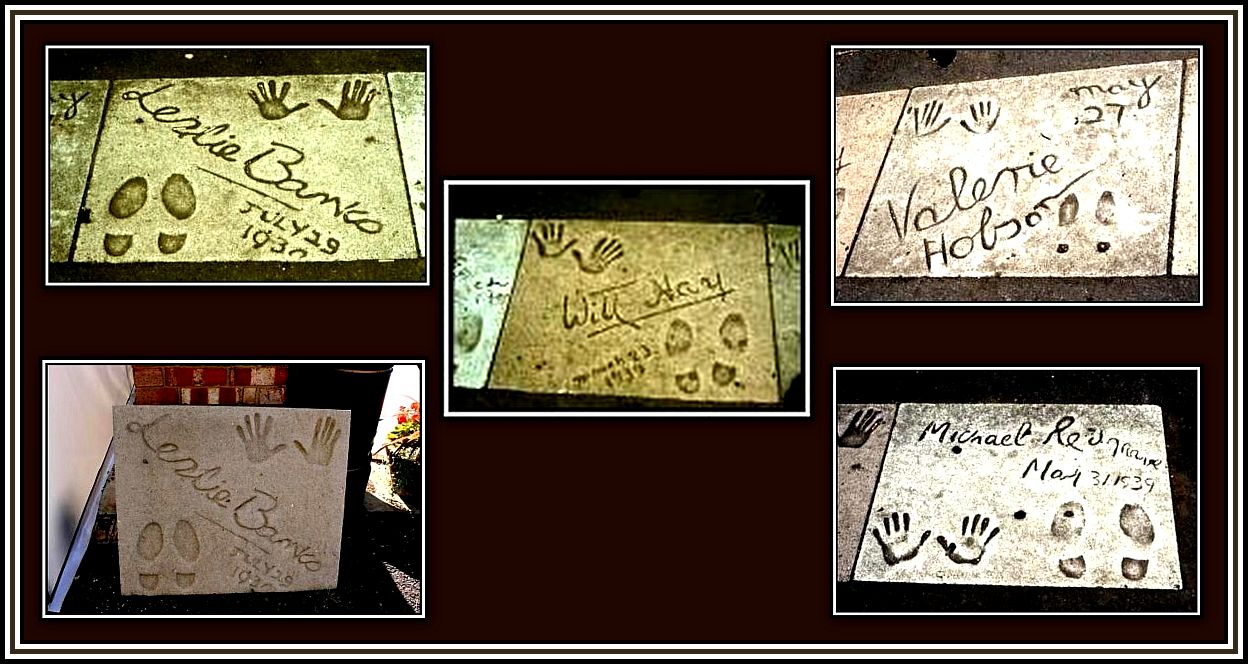 Part of the Walkway of Fame
Part of the Walkway of Fame
Lower Left: one of the remaining paving stones at Wexham Nursey
The Granada Theatre Slough was often used to screen pre-release feature films often made at Pinewood Studios. I remember going to the theatre one evening only to find that many of the best seats had been roped-off for various town dignitaries. I was annoyed as they had roped-off the area where I liked to sit. I learned that there was to be a sneak preview, and as a result, the film I had come to see would not be shown! Again, I was miffed. However, the film that was sneaked was a film of Bob Hope’s, Paris Holiday. The film also starred Anita Ekberg, Martha Hyer and the great French comedic actor, Fernandel. Following the film, Bob Hope appeared and entertained the audience with a long monologue and a few songs. The audience was very impressed and the evening was considered a great success. Several years later,
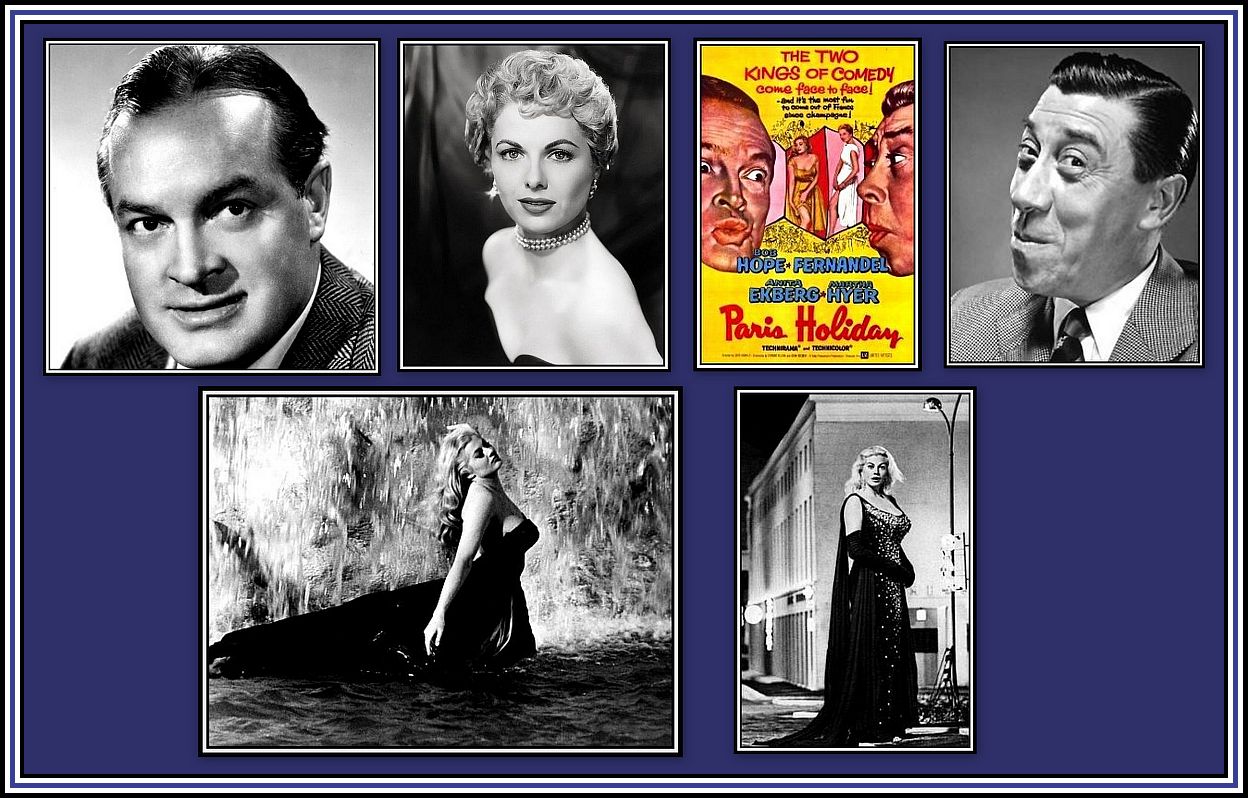 Paris Adventure
Paris Adventure
Top Row, Left to Right: Bob Hope, Martha Hyer, Film Poster & Fernandal
Bottom Row, Anita Ekberg in her most famous roles: La Dolce Vita (Left) & Baccaccio 70 (Right)
Mr. Hope also previewed his last Road to ……. Film, Road to Hong Kong, at the Granada Theatre Slough, since it had also been made at Pinewood Studios. The film also starring Bing Crosby and Joan Collins. Dorothy Lamour who also starred in the earlier Road to ……. Flims, only had a cameo role here. I did not attend this sneak preview and have to admit that I still haven’t seen this film.
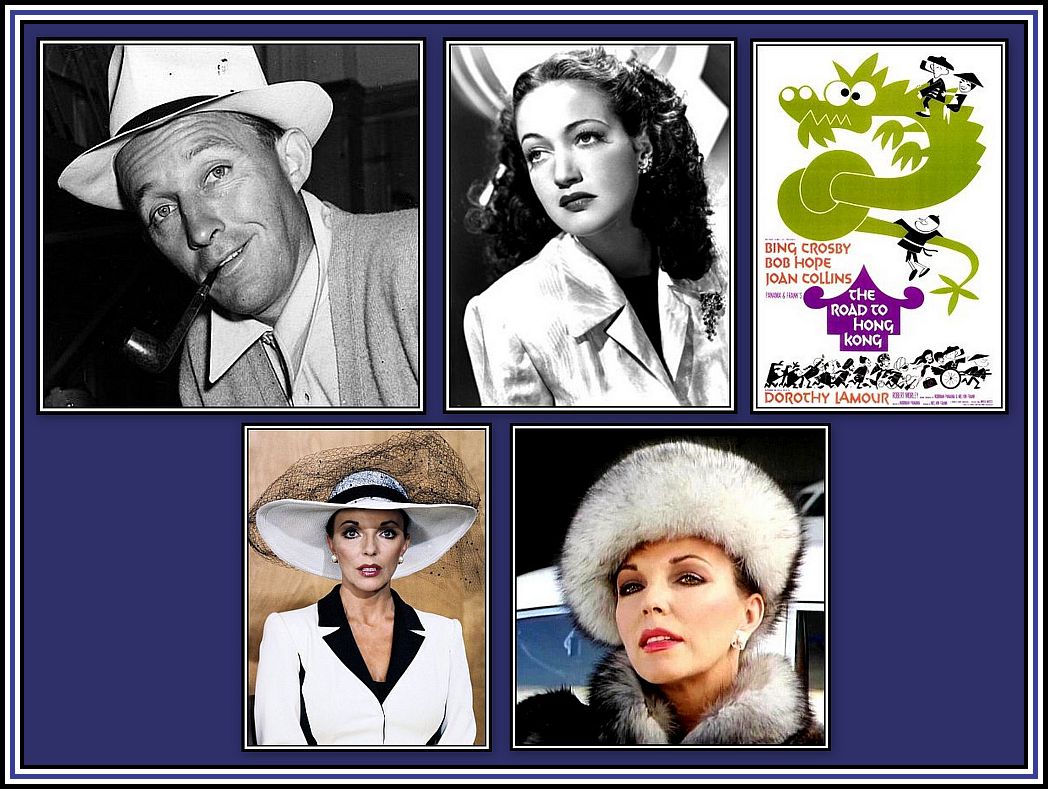 The Road to Hong Kong
The Road to Hong Kong
Top Row, Left to Right: Bing Crosby, Dorothy Lamour & Film Poster
Bottom Row: Joan Collins, perhaps as she is thought of best, as Alexis Carrington Colby in Dynasty
—ooOoo—
The Granada Theatre Slough was not only the first purpose-built Granada that I had ever been inside until that time, it was also the first cinema I had been to where I was lucky enough to both see and hear the organ. As a child, I had always enjoyed the radio programmes where the cinema organ was played. I always enjoyed the listening to the playing of Sandy MacPherson and was lucky enough to have a request played on From My Postbag.
A Wurlitzer 3 Manual/8 Rank Organ with a grand piano had been installed at the time of building of the theatre in 1937 and was introduced to the public by Dudley Beavan. I remember watching the organ as it rose up from a place beneath the stage while the organist played an introductory piece. Such a sight still causes the hair on the back of the neck to rise! I cannot impress upon those that has never been fortunate enough to experience such an event that it is a sight truly remarkable to behold. After the organist had completed his selection of tunes, both he and the organ would make a spectacular descent back to their place under the stage while his playing was drowned out by applause.
During the time I lived in Langley, I don’t recall my hearing the organ being played too often when I went to the theatre and felt fortunate whenever I did manage to catch an organ interlude. The last time I heard The Slough Organ played was at a matinee performance on a Saturday afternoon when the theatre was showing The Greengage Summer. Little did I know that this would be the last time I would enjoy the organ at the theatre.
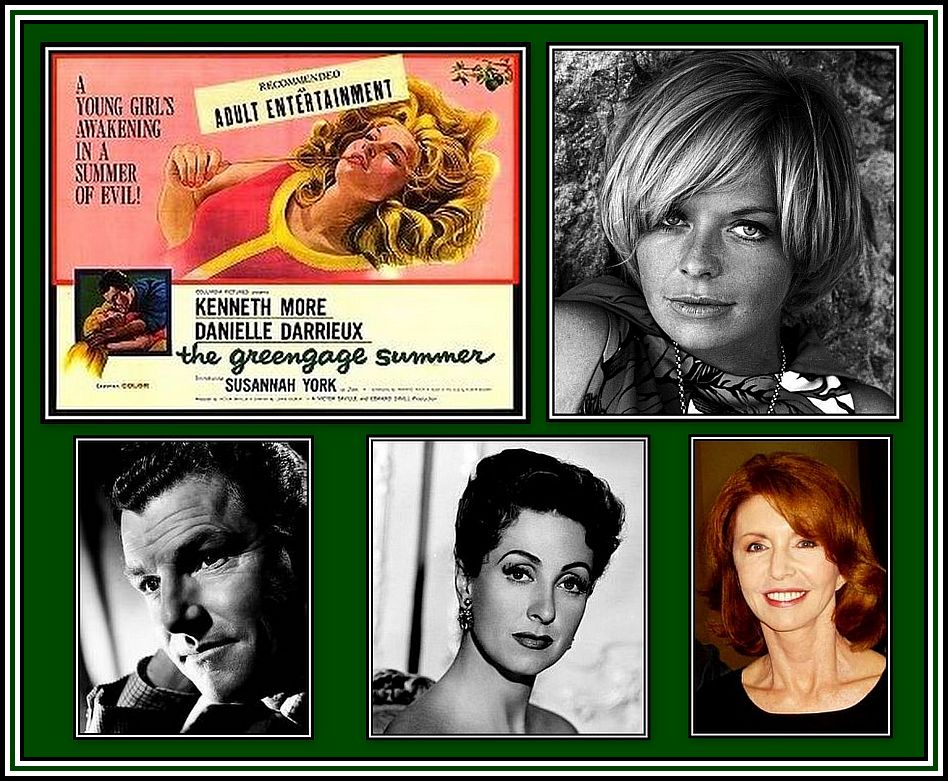 The Greengage Summer
The Greengage Summer
Top, Left: Film Poster; Top Right: Susannah York
Bottom, Left to Right: Kenneth More, Danielle Darrieux & Jane Asher
The Granada Slough Wurlitzer was played by a number of great organists over the years. Reginald Dixon played it during the Second War World while he was stationed at the Royal Air Force Base at Uxbridge …….
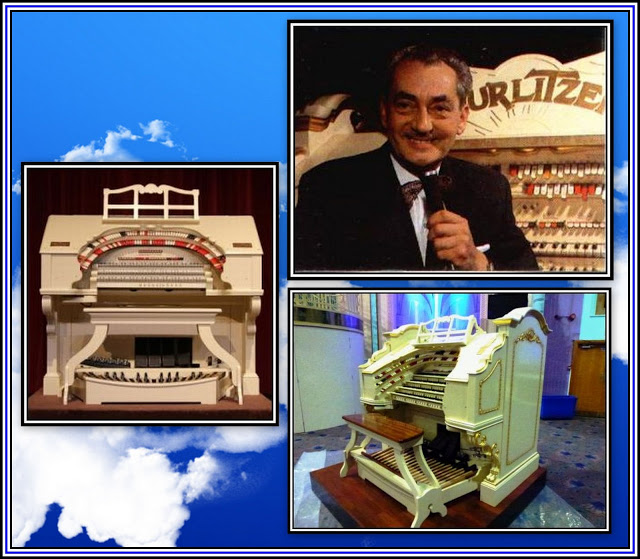 Mr. Blackpool ……. Reginald Dixon
Mr. Blackpool ……. Reginald Dixon
……. and made several gramophone records of his playing it. Here is an example:
Classics of Swing – Reginald Dixon at the Granada Slough Wurlitzer, 1941
The Granada Slough Wurlitzer was removed from the theatre in January 1988 and was purchased by a private owner in Sevenoaks, Kent. In 1991, the organ went into storage at Ivy Hatch, Kent with the possibility of it being installed at the East Malling School. However, in 1995, it was moved to Somerset where it was restored by Mr. Les Birch and his team and there was discussion about it being installed in a Ballroom. Seemingly this did not happen and the organ was eventually sold to Mr. Don and Mrs. Dorothy Robinson who installed it in their home at Market Rasen in Lincolnshire. The Slough Wurlitzer continues to reside in their collection where it is maintained and played by resident tuner, Chris Booth. The Granada Slough Wurlitzer replaced the Christie Organ from the Plaza/Granada Rugby that Mr. and Mrs. Robinson owned, which was then sold to a residence in Peterborough.
Lloyd Thomas playing Donkey Serenade at the Wurlitzer Organ of the Granada Theatre Tooting
—ooOoo—
Sadly, like other cinemas, the Granada Theatre Slough eventually suffered from the fall of ticket sales and in an attempt to maintain the cinema, this glorious theatre was tripled in June 1973. The circle area now formed one screen with 624 seats while the rear stalls was divided into two screens, with 239 and 187 seats respectively. Sadly, ticket sales continued to fall and the theatre eventually closed on 19th November, 1987 and was soon demolished.
The demolition of the Granada Theatre Slough was a tragic loss to those who knew the theatre in its prime and who have many happy memories associated with it. It is also a sad loss to those who appreciated the beauty of this glorious building.
—ooOoo—
The site now houses the and office block with a new Slough Police Station adjacent to it. When I last visited Slough, I went to the Police Station and asked about the hand- and footprints of the stars that once graced the forecourt of the Granada Theatre. Naturally the young policeman had no idea what I was talking about. Sadly, I have found that today’s Police seem no longer to be aware of The Golden Thread.
I remember as a child learning that there existed a Golden Thread between the public and the Police. This meant that they, the Police, were there to serve the public. We were told at school by visiting Policemen that we should never be fearful of them and should feel free to ask a Policeman anything. I was raised to believe this and often asked them questions ranging from the time of day to directions when lost, as well as more serious questions when necessary and without hesitation.
Sadly society has changed and the Police obviously feel that they have more to worry about than remember this erstwhile maxim.
—ooOoo—
I eventually discovered that a few of the paving stones containing the autographs and hand- and footprints of a few stars were salvaged at the time of the Granada Theatre’s demolition and were taken to Wexham Nursery, just north of the Town Centre.
—ooOoo—
THE ADELPHI THEATRE SLOUGH
Of the Granada Theatres in Slough, what I remember noticing immediately about the Adelphi Theatre was that it did not have that Granada look on its inside. It looked like an ABC Cinema and lacked, in my mind, both the grandeur and presence of either the Granada or the Century Theatres.
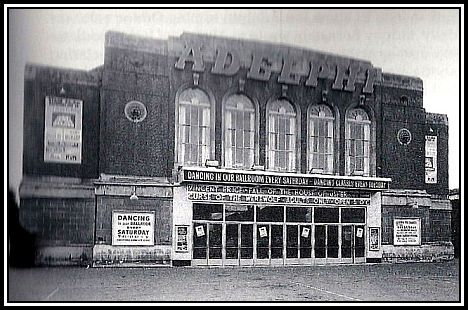 The Adelphi Cinema & Ballroom in 1961
The Adelphi Cinema & Ballroom in 1961
This photograph is reproduced from Cinema Treasures
I remember seeing the advertised programme here,
The Fall of the House of Usher & Curse of the Werewolf
At the time I had no idea what the word Adelphi meant, not having enjoyed a Classicseducation either then or now. I knew of the Adelphi Theatre in London and had even been inside on one occasion at the time where I saw a very young Shirley Bassey in an Al Reid variety programme, Such is Life. I hate to admit that the startling decor of the Adelphi Theatre on the Strand was totally lost on me at that time and I had to wait a number of years before returning to the theatre and being startled by it. Also later, I learned that Adelphiis a Greek word and comes from Adelphoi, which means brothers.
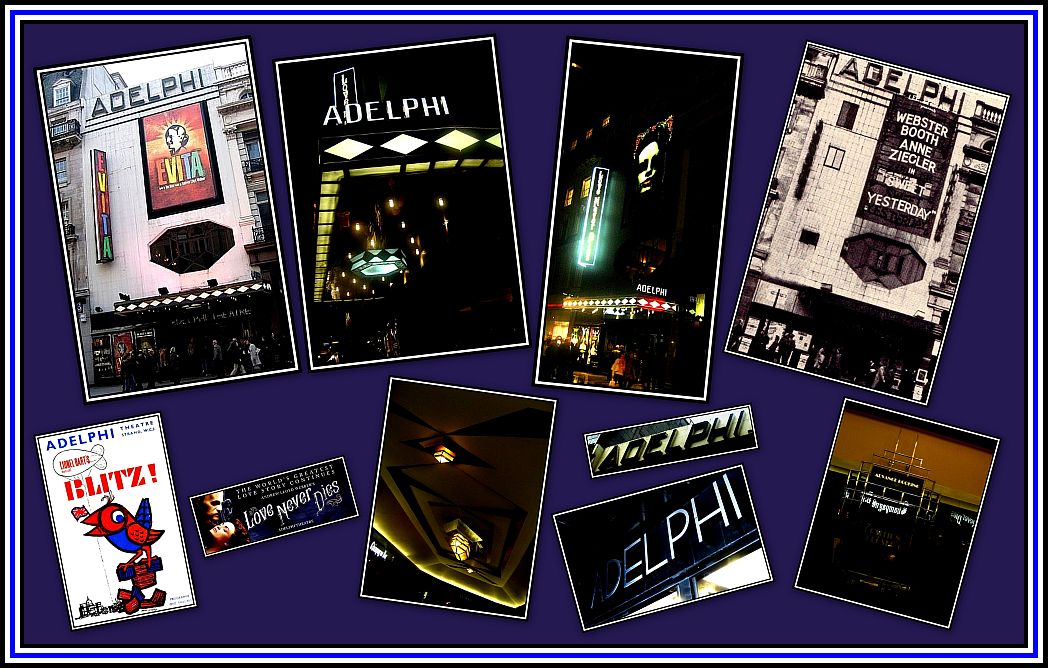 The Adelphi Theatre London
The Adelphi Theatre London
The photograph showing Sweet Yesterday (1945) with Anne Zeigler & Webster Booth
appears with permission of Ms Jean Collen
Blitz!was a musical by Lionel Bart and contained a great song, Far Away,
which Shirley Bassey recorded brilliantly
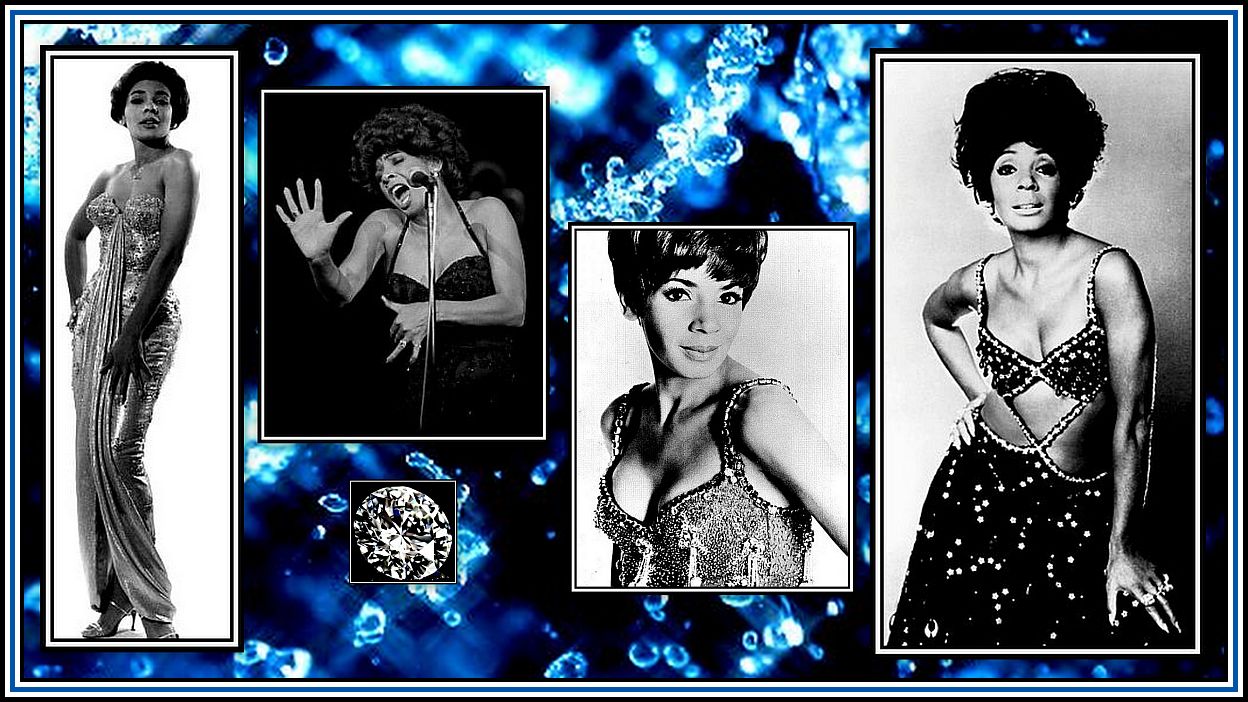 Shirley Bassey, as I have always seen her …… filled with fire, passion, pain & angst
Shirley Bassey, as I have always seen her …… filled with fire, passion, pain & angst
The Adelphi Theatre was about half-a-mile outside the Town Centre and required just-that-bit-of-extra-effort to go there. I always found it to be a cold almost austere place. Maybe this was because the staff kept the heat turned low, but I think that it was as a result of its décor.
The Adelphi was opened to the public in February 1930 and was without a theatre organ. In 1933, the cinema was taken over by Slough Playhouse Ltd. and a second-hand Christie Organ was installed and made its debut in May 1933 with Bruce Wendall at the console. The organ had originally been installed at the Empire Theatre Edmonton, which was owned by The Bernsteins, and who had decided to replace it with a Wurlitzer Organ as part of their theatre’s refurbishment.
The Christie Organ from the Empire Theatre Edmonton was a 2 manual 7 unit and became a 3 manual 8 unit when installed at the Adelphi Theatre.
From 1933, the Adelphi Theatre was operated by Union Cinemas and the Christie Organ was refurbished by Compton who added a Melotone and a new console. The revamped organ was first played in April 1937 by Alex Taylor.
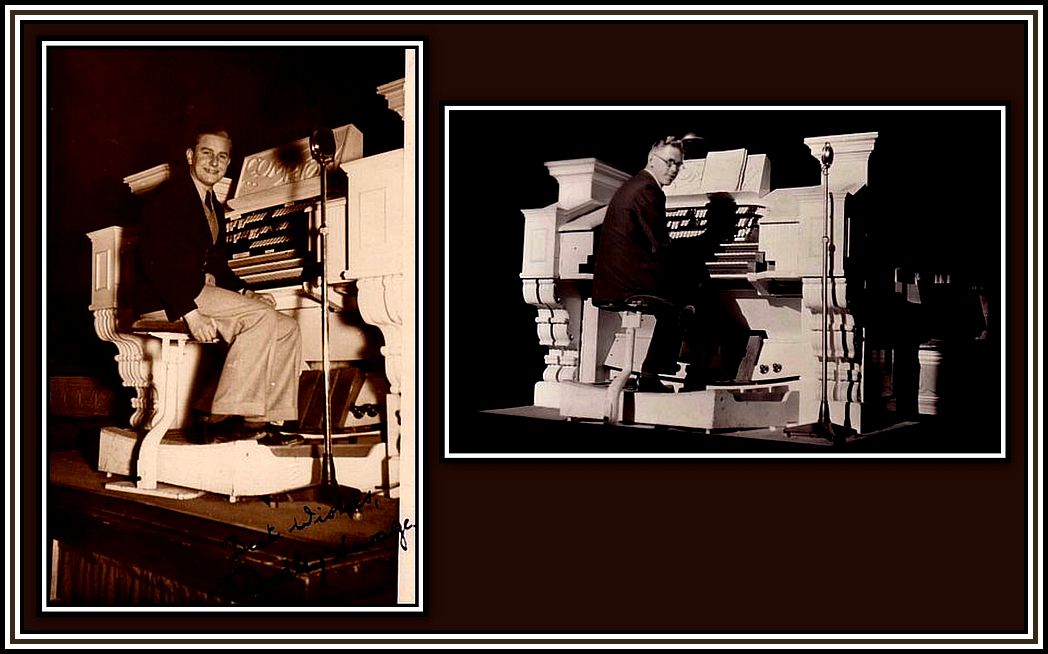 The Adelphi Christie Organ
The Adelphi Christie Organ
Left: Dudley Savage (1937); Right: Hubert Cooter (1938)
These photographs were provided by Mr. Wayne Ivany
In 1937, the Adelphi Theatre was taken over by Associated British Cinemas (ABC) in 1948 who continued to operate it until 1953, when it passed to an independent operator for a while, but was quickly taken over by Granada Theatres.
At this time, the Christie Organ apparently bore little resemblance to its original form, as it now had a Compton music desk and Wurlitzer-style ends. In 1971, the organ was removed from the Adelphi Theatre and broken up. The Wurlitizer-style (Granada) ends of the Adelphi Theatre’s Christie Organ are now attached to the Christie Organ at Castle Hill United Reform Church, Ipswich.
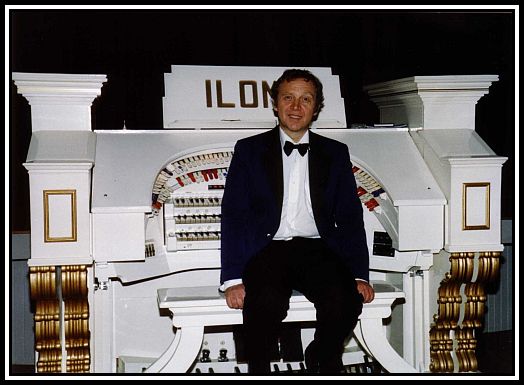 Organist David Ivory at the Christie Organ at Castle Hill United Reform Church, Ipswich (2003)
Organist David Ivory at the Christie Organ at Castle Hill United Reform Church, Ipswich (2003)
This photograph was provided by Mr. Wayne Ivany
—ooOoo–
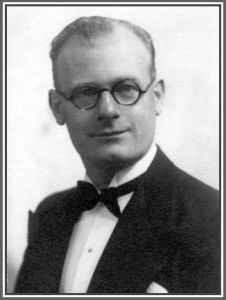 Frank Hayward (1902-1979)
Frank Hayward (1902-1979)
I was contacted recently by the grandson of the theatre organist, Frank Hayward, who had been the resident organist at the Adelphi Theatre Slough from 1940 until 1945. More may be read about Mr. Hayward by clicking on the following link:
—ooOoo–
The Adelphi Theatre was the largest of the Slough cinemas and seated 2,014 in its stalls and circle. ABC had been losing money with this theatre and were probably happy to allow Granada to take it over. Granada obviously felt that if it owned all cinemas in Slough, they would obtain more favourable booking terms from the distributors. Unfortunately for the circuit, in spite of Granada’s requests to beallowed to screen Odeon-releases at the same time as their showings at the Ambassador Cinema Farnham Royal, the Rank Organisation refused.
At the time of take-over, the condition of the Adelphi was poor and monies had to be spent to make necessary improvements. Despite these improvements, Granada did not change the overall appearance of the theatre and it retained its ABC look.
One of the advantages the theatre had over the others in the town was that it was the only one to be built fully equipped for theatrical use. Granada was to use this to full advantage during its running of the theatre. Stage Shows began to be a feature at the theatre from May 1956 with the presentation of The Billy Cotton Band Show Wakey! Wakey!
Note: I have learned recently that this particular stage show was presented at the Granada Theatre and not at the Adelphi!
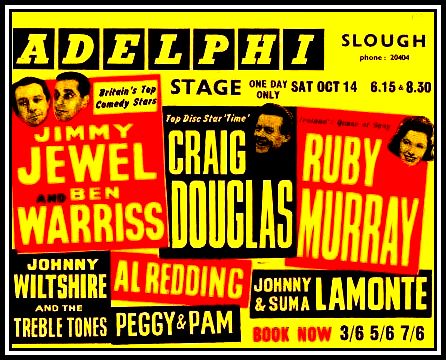 A Variety Show at The Adelphi (1961)
A Variety Show at The Adelphi (1961)
with Jimmy Jewel & Ben Warriss, Craig Douglas & Ruby Murray
This photograph appears with permission of Mr. Trevor Lee
It was also in early 1956 that the Saturday Morning Pictures for children was moved from the Adelphi to the Granada Theatre in Windsor Road. By the time I moved to the area, I considered myself far too old and far too sophisticated to attend Saturday Morning Pictures and so never became a Granadier (unfortunately!).
Years later, I was talking to someone from Slough who had been a Granadier. She said that she enjoyed the Saturday morning shows and went often with her brother and friends. She also said that she enjoyed going on Sunday afternoons to the Adelphi Theatre at that time, as there were often Amateur Talent Shows on stage. In addition, she said that on Tuesday evenings the theatre offered dancing lessons for the kids in the Ballroom.
—ooOoo—
I don’t remember the Adelphi Theatre screening too many prestigious films while lived in Langley. Perhaps it did, but I must have missed them or else was not interested in the screenings. I remember that it showed lots of British films made in black & white, which I was too uncouth to appreciate in my youth! The first film that I saw there was soon after our move was The Green Manwith Alastair Sim.It was during this visit that I discovered how cold the auditorium felt.
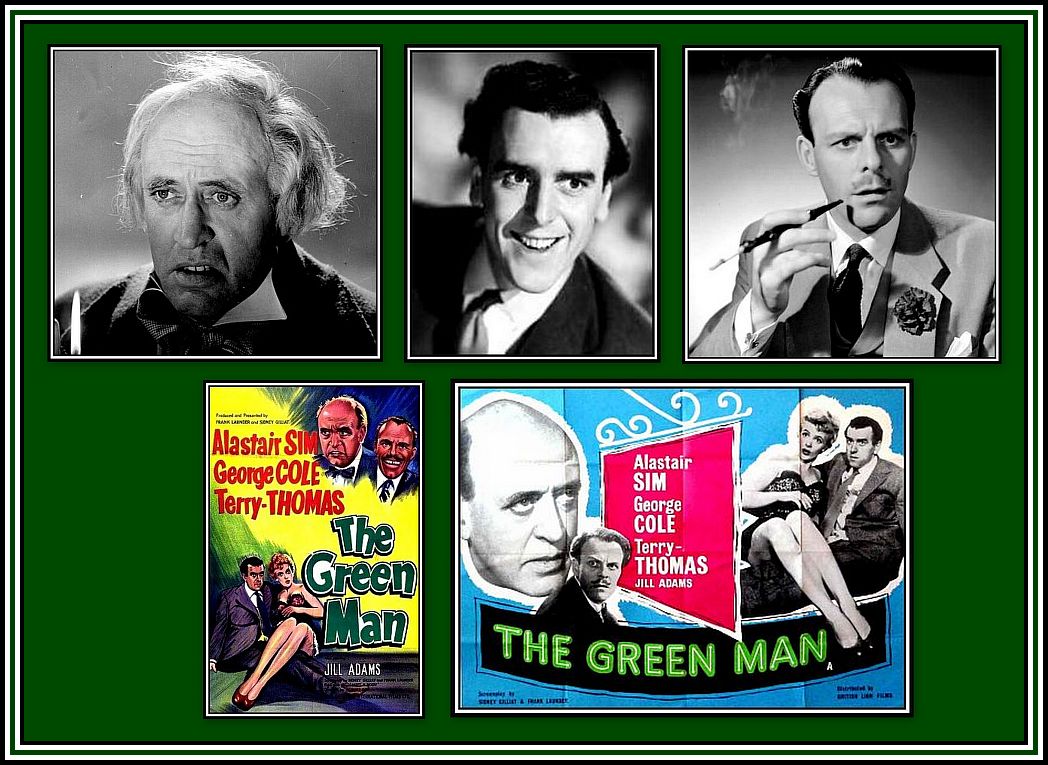 The Green Man
The Green Man
Top, Left to Right: Alastair Sim, George Cole & Terry Thomas
The Adelphi Theatre also showed many double-bills of horror films. I saw my first X-certificate films here. It was actually a double feature of The Giant Claw and The Man Who Turned to Stone. Even I, at my tender under-age, found these films ridiculous and above all boring.
I also saw my first French made Brigitte Bardot film here, Heaven Fell that Night. I had seen her in Doctor at Sea and in Helen of Troy and have to admit that I was not overly impressed by her. She had not, as of yet, quite mastered the sultry voice. Heaven Fell that Night was a total disappointment to me since I had hoped to enjoy much more time of Ms Bardot in a totally disrobed state rather than talking or groveling about a bed!
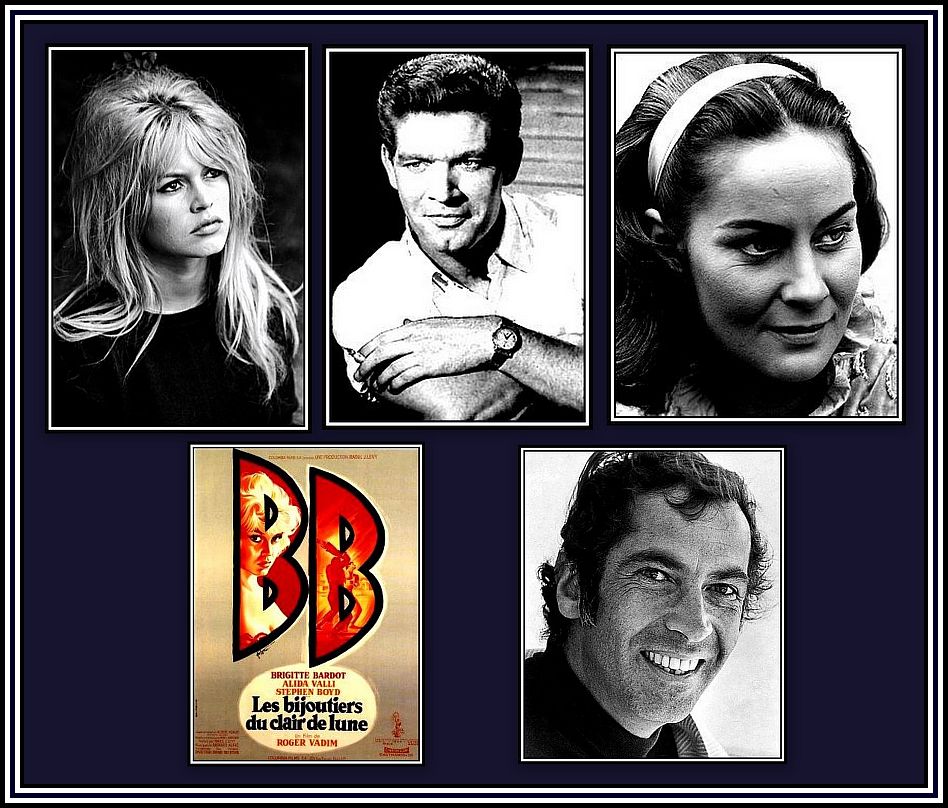 Heaven Fell That Night
Heaven Fell That Night
Top, Left to Right: Brigitte Bardot, Stephen Boyd & Alida Valli
Bottom Left: Poster; Bottom Right: Roger Vadim
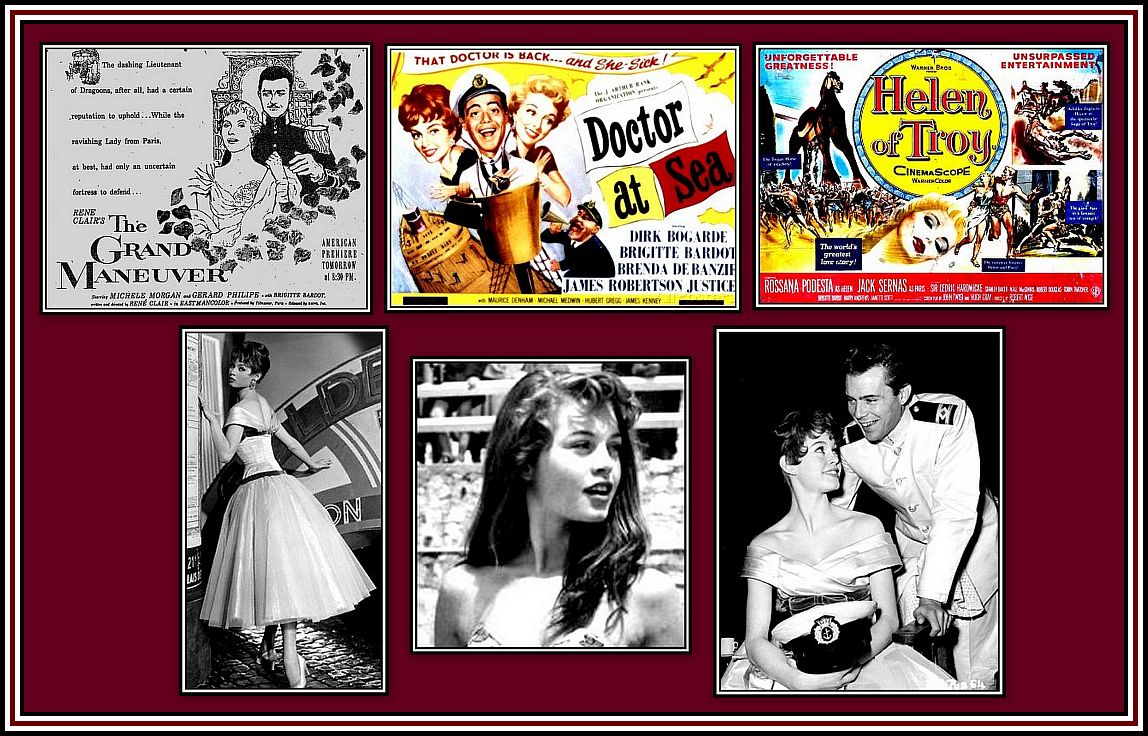 Earlier Films of Brigitte Bardot Top Row: Posters of her earlier films
Earlier Films of Brigitte Bardot Top Row: Posters of her earlier films
Bottom Row: as she looked in the early 1950s; Bottom Right: with Dirk Bogarde
The Adelphi Theatre screened most of the MGM and Warner Brothers films of the time. As a result, it was the theatre where musicals played. The only musical that I can remember seeing here was Kismet, which I found disappointing, but I suspect that this was due to my changing tastes and my not enjoying musicals in general any longer.
I saw Jailhouse Rock here – twice in fact during its seven-day booking! I recall being annoyed by the introductory music as the credits rolled. A studio orchestra was murdering the songs from the film. I have never understood why the studio heads did not allow Elvis to sing the title song over the credits This would have set the scene for the film. This film introduces one of the very songs ever sung by Elvis, Baby I don’t care. While watching the video, look out for Scotty Moore who is wearing sunglasses in distance shots, but not in close up. The film is associated with the tragic death of his co-star, Judy Tyler, who was killed in a road accident along with her husband soon after filming was complete.
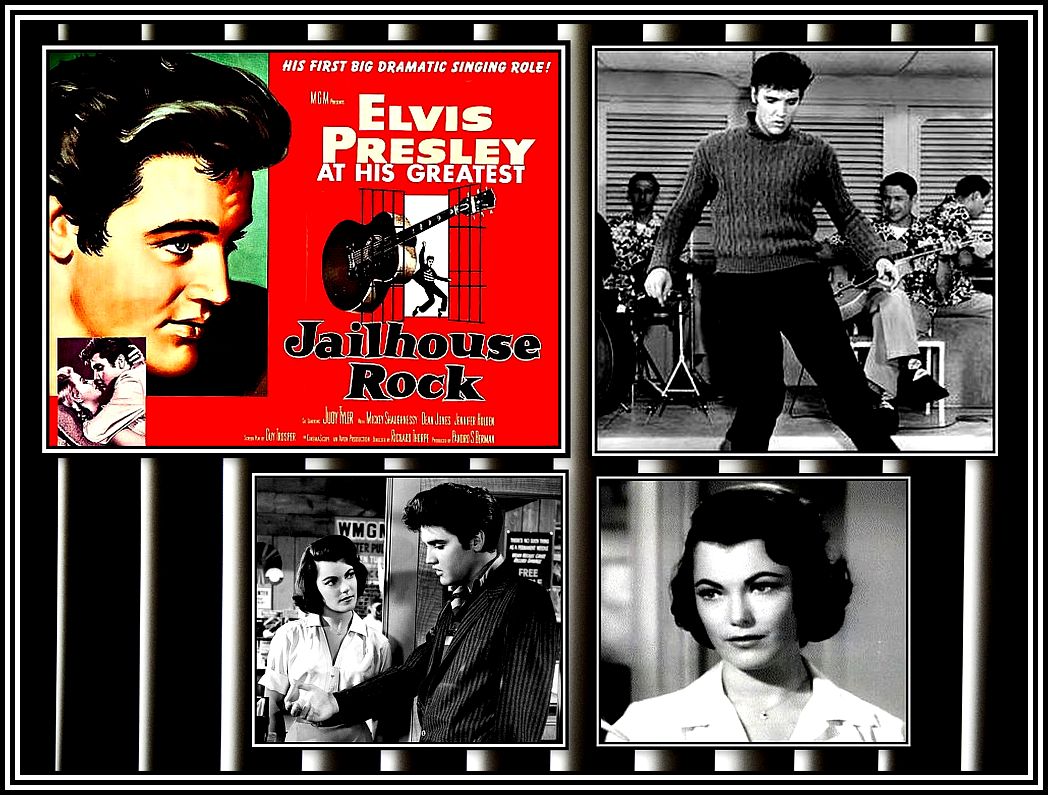 Jailhouse Rock
Jailhouse Rock
Top Right: with Scotty Moore without dark glasses; Bottom: with Judy Tyler
 Baby I don’t care with Bill Black (far left) & Scotty Moore, again without dark glasses
Baby I don’t care with Bill Black (far left) & Scotty Moore, again without dark glasses
Although most of the big films of the time were shown at the Granada Theatre, the one spectacle that I remember being shown at the Adelphi Theatre was War and Peace, which for some unknown reason I did not see! I have no excuse for not seeing it. I had to wait quite some time to see this film and eventually did at the Classic Cinema Chelsea and finally discovered the charm of Audrey Hepburn. The film was distributed by Paramount Pictures who had recently entered into an agreement with ABC Cinemas to screen their films in Britain. As a result, their films were shown at the Adelphi Theatre where ABC-associated films normally were shown.
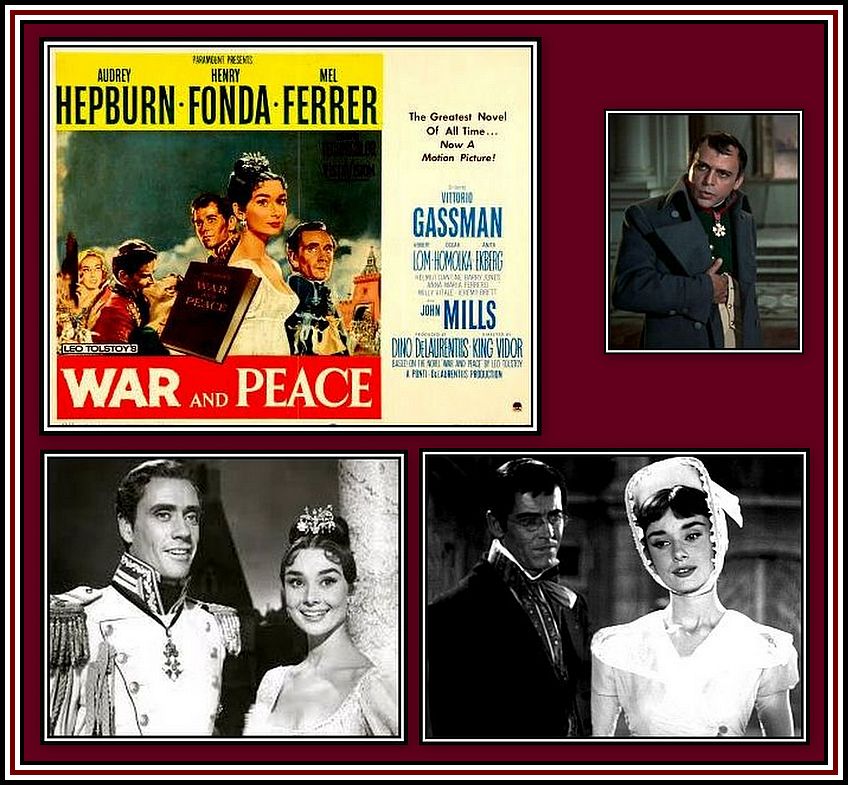 War & Peace
War & Peace
Top Left: poster
Top Right:Herbert Lom who gave the best performance as Napoleon I have seen
Bottom Left: with Mel Ferrer; Bottom Right: with Henry Fonda
—ooOoo—
I remember in early 1962 going to the Adelphi Theatre to see Breakfast at Tiffany’sfor the first time.
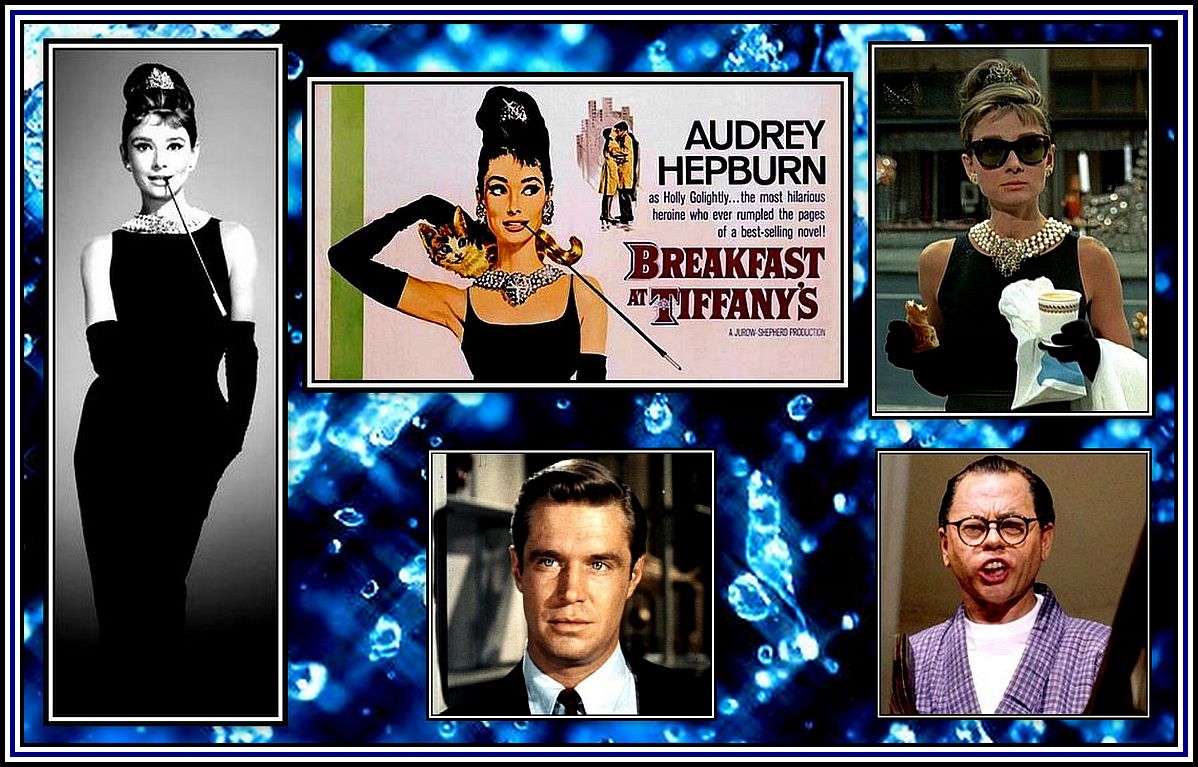 Breakfast at Tiffany’s
Breakfast at Tiffany’s
Bottom Centre, George Peppard; Bottom Right: Mickey Rooney, as Mr. Yunioshi
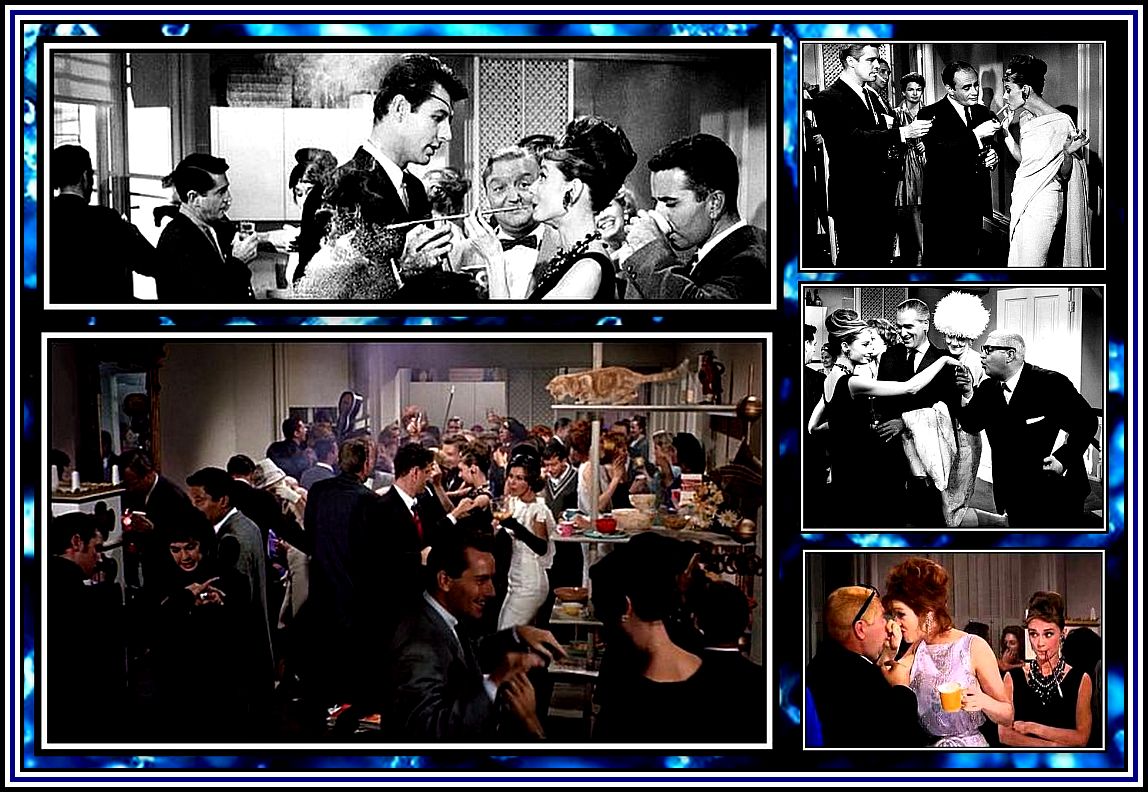 Breakfast at Tiffany’s – The Party Scene – Something for the cat
Breakfast at Tiffany’s – The Party Scene – Something for the cat
Click here to watch The scene at Tiffany’s
and here to hear Audrey Hepburn sing the title song
It was here at this theatre that I discovered the charms of this film together with its haunting theme music and where, along with countless millions over the years, wondered if Miss Golightly would find Cat in the rain and fought a losing battle against falling victim to that remarkably romantic ending.
—ooOoo—
I only remember one 20th Century Fox CinemaScope Production being shown here and this was The Fly. I went to see it, but since the auditorium was almost filled, I was unable to sit in my preferred seat for viewing such widescreen productions and had to content myself with watching from the back stalls. I thought it was quite a good film.
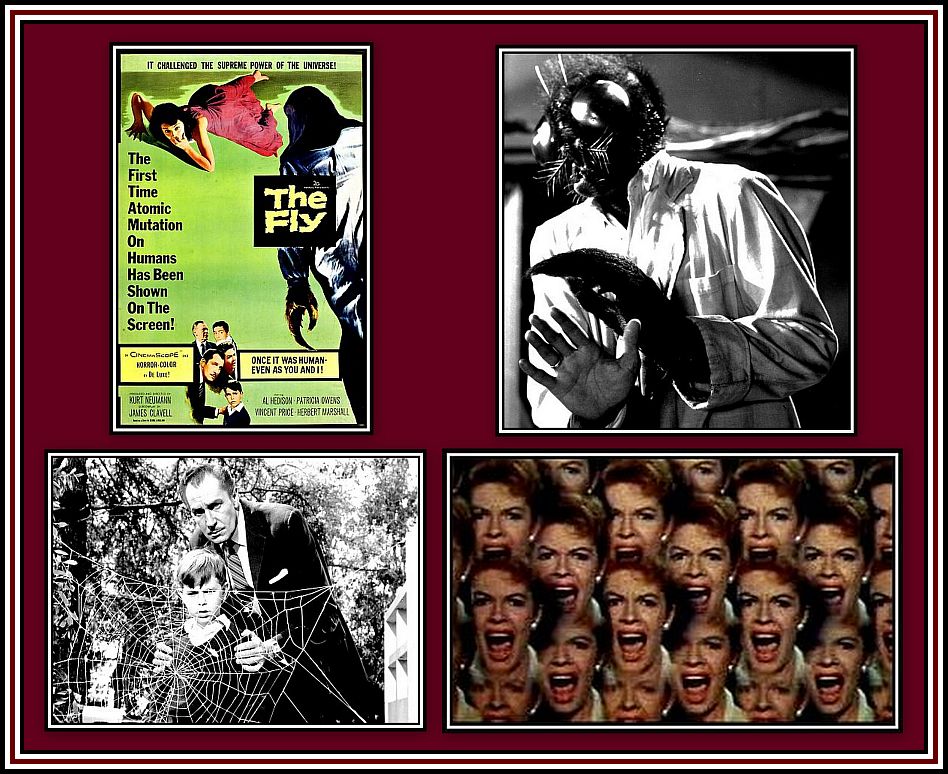 The Fly with Vincent Price
The Fly with Vincent Price
—ooOoo—
The last film I saw at the Adelphi Theatre was Hush …. Hush Sweet Charlotte with Bette Davis, Olivia de Havilland and Joseph Cotton. This was in June 1965. I was in the middle of my final examinations at college and had a week to wait before sitting the last of my exams. I had decided to come home to study since the exam was going to be on a number of subjects I had studied little until that time.
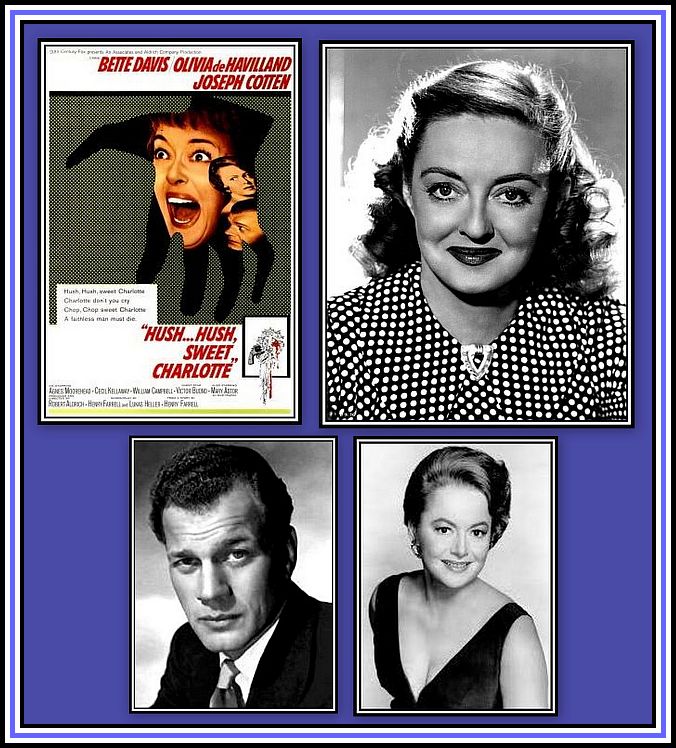 Hush …. Hush Sweet Charlotte
Hush …. Hush Sweet Charlotte
Top Left: poster for the film; Top Right: Bette Davis
Bottom Left: Joseph Cotton; Bottom Right: Olivia de Havilland
I remember going with the girl friend with whom I had seen The Magnificent Seven at the Granada Theatre a few years earlier. As I said earlier, going anywhere with this lady always had a sense of occasion about it. Whenever we went anywhere, we approached it believing the outing to be something special. Going to the pictures was not seen as an incidental thing to do for us! No, going to the pictures was always associated with a high sense of grandeur and was something to take seriously and required strict preparation.
As always, we chose our seats careful and also took great care to provide ourselves with a suitable quantity of favourite sweetmeats and drinks so as not to have to get up during the screening to provide ourselves with sustenance. We considered the act of getting up from a seat during the screening of a film by others to be an insult directed at us and an act akin to the most heinous of crimes imaginable.
I remember that we went to see Hush …. Hush, Sweet Charlotte at an afternoon séance. For some unknown reason, I remember that we had arrived late and the auditorium lights had already been dimmed. The usherette had left us at the rear of the circle and did not bother to see if we arrived safely in our seats. As a result, we had to stumble our way down the aisle steps in almost total darkness. My lady friend had an impish sense of humour and as she held on to me while we gingerly made our way down, I felt her pulling on me in the hope that I might trip. She thought this to be amusing! I actually did stumble, but I too can be impish, and as I slipped down a step or two, I was certain to drag her with me. We collapsed in a heap on the steps in uncontrollable laughter. Amidst our laughter, we quickly righted ourselves and remained still until our eyes acclimatised to the lack of light. Once they had, we got up and noticed that we were totally alone in the circle, which allowed us to stop trying to stifle our laughter and find full merriment in our predicament.
—ooOoo—
While I lived in Slough, the Adelphi Theatre was often used for the presentation of Rock ‘n’ Roll Stage Shows and sporting events throughout the late 1950’s and 1960s. Suddenly singers and groups were coming to Slough. Such events certainly helped me feel less isolated during my days of living there!
However the first singer to appear here did not belong to this genre. Slim Whitman was the first to appear here and did so on 25th March, 1957, and gave two performances. Mr. Whitman had a distinct style of singing, which remained popular throughout his life. To be honest, I do not remember his coming to Slough at all and do not recall any advertisements announcing him.
However, I do remember the early Rock ‘n’ Roll Stage Shows that came through the town and played the Adelphi Theatre. The first singer of this elk to come to Slough was Paul Anka who was enjoying a huge success at the time. Mr. Anka had hit it bigat a very young age and everyone seemed to like his early songs. During his performance on 25th March, 1957, I remember that he stopped singing just prior to one of his choruses of Oh, Oh, Oh, Oh I Love You Baby,and waited to see if the audience would fill in the words. They did and he was most amused when it happened.
Lonnie Donegan and His Skiffle Group were the next headliners to appear at the Aldephi Theatre about a month later. Being an ardent admirer of Early Rock, I am ashamed to say that Skiffle was not to my taste and the talent and charm of Lonnie Donegan was lost on me. It took a couple of years for me to become a fan of the music. However, I have to give Mr. Donegan and his ensemble full credit for their professional presentation and their ability to entertain.
Sadly I cannot say the same for the audience when I first saw him. It was apparent that most of the audience had never seen a live show in a theatre before since they were unable to sit still and enjoy the show. I am not talking about the screaming girls, but rather those who were constantly getting up, pushing passed other members in their aisle, going for walks to see their friends, returning to their seats for a minute or two and then repeating their walkabout again and again. Such bad behaviour continued throughout the whole of the preliminary acts.
However, I was surprised to see that some audience members continued to seek out their friends during the headline act. I was somewhat amused when I noticed Mr. Donegan looking down at the group of Teds who had pushed their way to the front of the audience and who were now standing before the stage and sneering at him while smoking and blowing their smoke in his direction. Obviously they were not Skiffle fans and evidently wished to express their displeasure. Mr. Donegan continued his act, but did offer this gang an occasional snarl of his own. And who could blame him!
The next act booked set to come on 20th June, 1958 to the Adelphi Theatre was Jerry Lee Lewis. I remember that this news caused major excitement at my school at the time. Imagine actually getting to see Jerry Lee Lewis ……. in his prime! I remember skipping school on the day tickets went on sale in order to be certain to get some. I was glad that I did this, as tickets for both shows sold out quickly. My friends and myself could not wait for Mr. Lewis to come to town and we began following his progress in the country from the minute he arrived with great interest and much anticipation of his coming to Slough.
And then suddenly it happened! Scandal broke and hit the newspapers, television and radio with a vengeance! It seemed that twice-already-married-and-twice-already-divorced Mr. Lewis had married a third time and had taken a youthful cousin, Myra Gale Brown, to be his bride. This caused a row to start between Mr. Lewis, the authorities and reporters, which ended with him, his wife and his entourage storming out of Britain, leaving We, The Fans, totally devastated.
To be honest, we were too young to care about his marriage – anyone’s marriage for that matter – let alone a Rock Hero’s marriage! The only things we cared about were seeing and hearing Jerry Lee Lewis play his piano, sing his songs and entertain us in his unique style.
I recall going to the Adelphi Theatre Box Office several days later and waiting in a sad line along with other like-minded souls and exchanging my tickets for money. Although Mr. Lewis did return to Britain several years later once the scandal had simmered down, I was not able to attend any of these shows, Sadly I never did get to see him in his prime, and that is a big regret even now!
The next star to appear at the Adelphi Theatre was a very young, and raw, Cliff Richard. He was still riding high from his first record, Move It, and had just released his second record, High Class Baby, and was scheduled to appear with his group who were known as The Drifters at that time on 20 December, 1959. Later the name of the group was changed to The Shadows so as not to conflict with the American Group of the same name.
It is perhaps hard for those who did not know Cliff Richard when he was young to appreciate what his effect on the public was. In those days, he was decidedly in the Elvis mould, as heand wore his hair in a similar manner and was strongly influenced by him in all ways. When I first saw him, he wore a black shirt, a black pair of trousers, a pink jacket, a white tie and crape-souled gray suede shoes. Everyone was impressed. Even the Teds were silenced, many of whom were similarly dressed, except for the pink jacket, that is. Cliff snarled at the audience in those days between and during songs, which obviously endeared him to many present. He also knew how to move and managed to put on a remarkable show unlike so many others.
At some point not long after the early success of the group, the marketing of Cliff Richard & The Shadows changed. Mr. Richard and his manager and advisors obviously decided that he should become more-of-an-all-round entertainer and that some, if not all, of his wildness had to be toned down if this was to happen. As a result, he stopped gyrating and he and The Shads, as he called the group, began performing steps, which were little walks across the stage in time with the music. Soon they were acceptable and became the darlings of mums and dads as well as young girls. I remember being made to go to see them by my mother and father during a visit to Blackpool in 1960. My parents enjoyed the show while I suffered in a kind of silence. Films followed and today, after over fifty years of entertaining, Cliff Richard is still popular, and to be fair, he deserves to be.
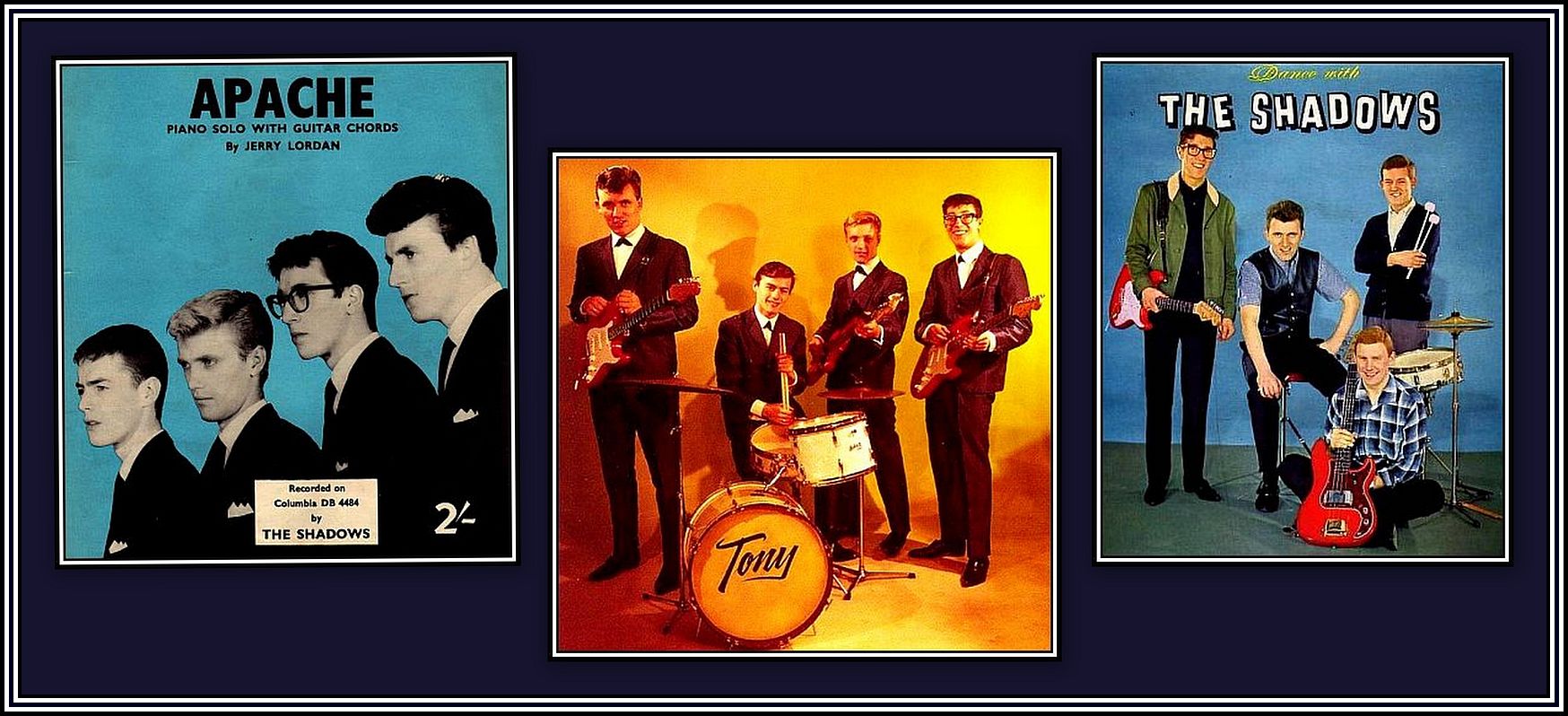 The Shadows became performers in their own right
The Shadows became performers in their own right
Once Cliff changed, we began the long wait for someone else to come along that was a little more to the taste of the rebellious of mind.
But, back to then: It is difficult for those who were not there in 1957, to perhaps appreciate exactly what those opening notes of Move It meant to British Rock ‘n’ Roll. It would not be an exaggeration to say that with those notes, British Rock was well and truly born and Cliff Richard became Britain first real Rock ‘n’ Roll star.
Cliff Richard & The Shadows came to the Adelphi Theatre a second time not long after their first visit. He had made his first film, Serious Charge, by this time and was enjoying success with one of the songs from the film, Living Doll. Although still entertaining, the toning down had already begun.
—ooOoo—
A Tour with British Stars, Billy Fury, Eden Kane, Joe Brown, The Allisons,
Tommy Bruce, The Karl Denver Trio et al
This poster appears with permission of Mr. Trevor Lee
After this, I only went occasionally to see an entertainer at the Adelphi Theatre. My interests changed and my musical horizon had, shall we say, expanded and I was no long tolerant of the rowdy audiences. The last time I went to see one of these shows was to see Emil Ford & The Checkmates. I was seeing a young girl from a good middle class family at the time and she liked his songs. So we went. We sat in the circle for my first and only time in this theatre. It was a very sedate evening. The circle audience consisted of couples sat with arms about each other. I felt like one half of an old married couple. No Teds were in sight except the odd few that had obviously given up their wilder days and who were now being led around by their boot lace ties by their bossy girl friends.
Despite changing tastes and intolerance of my peers, there was one entertainer that came to the Adelphi Theatre who I would have gladly seen were it not for a previous commitment.
Little Richard was slated to appear at the Adelphi Theatre on Sunday, 7th October, 1962. This was the day I was to leave to go to college. As a result, I missed his performance. This regret surpassed that of the regret I had of missing Jerry Lee Lewis. As a result of these missed performances, I consider myself deprived!
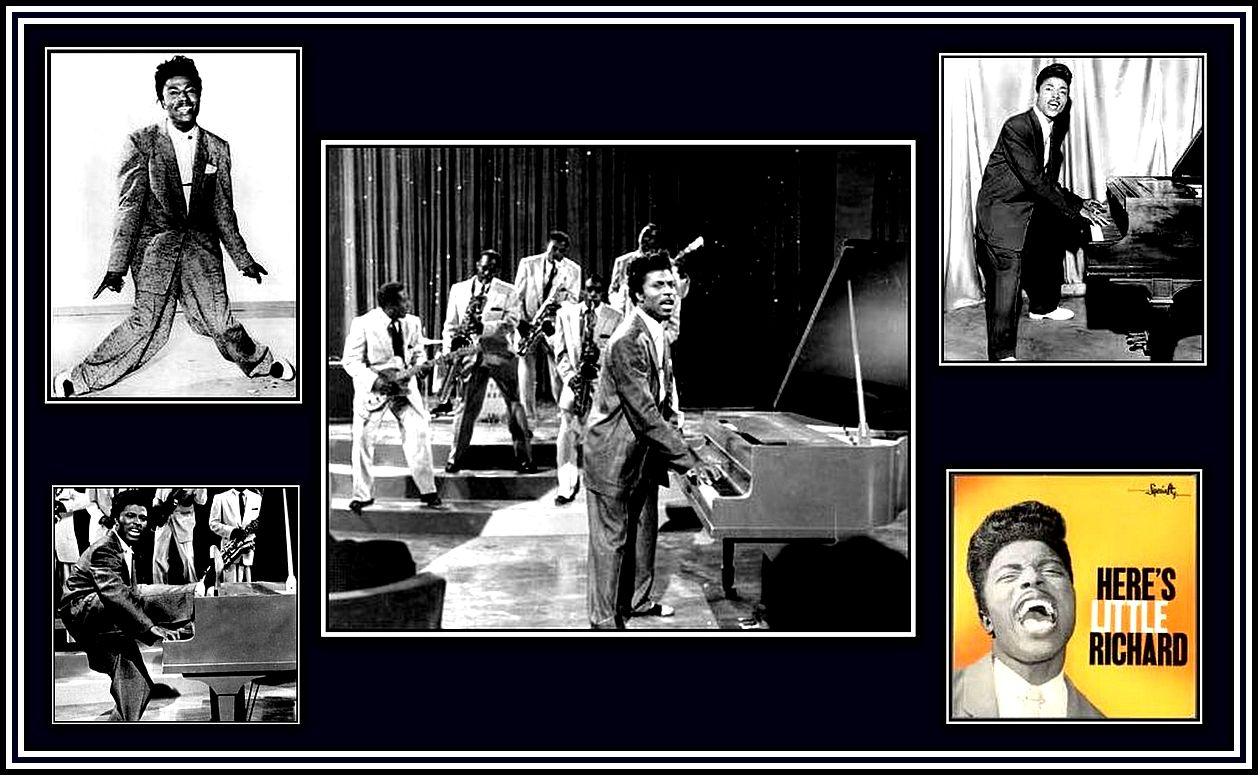 Little Richard …….. in ……. HIS ……. prime
Little Richard …….. in ……. HIS ……. prime
—ooOoo—
Stage Shows continued until October 1967 when The Who, Traffic and The Tremeloes appeared here. Between 1962 and 1967, many great performers appeared on stage at the Adelphi Theatre, all missed by me, including Gene Vincent, Roy Orbison, Brenda Lee, Little Eva, Sam Cooke, Del Shannon, Dion and The Isley Brothers (imagine ……. The Isley Brothers!).
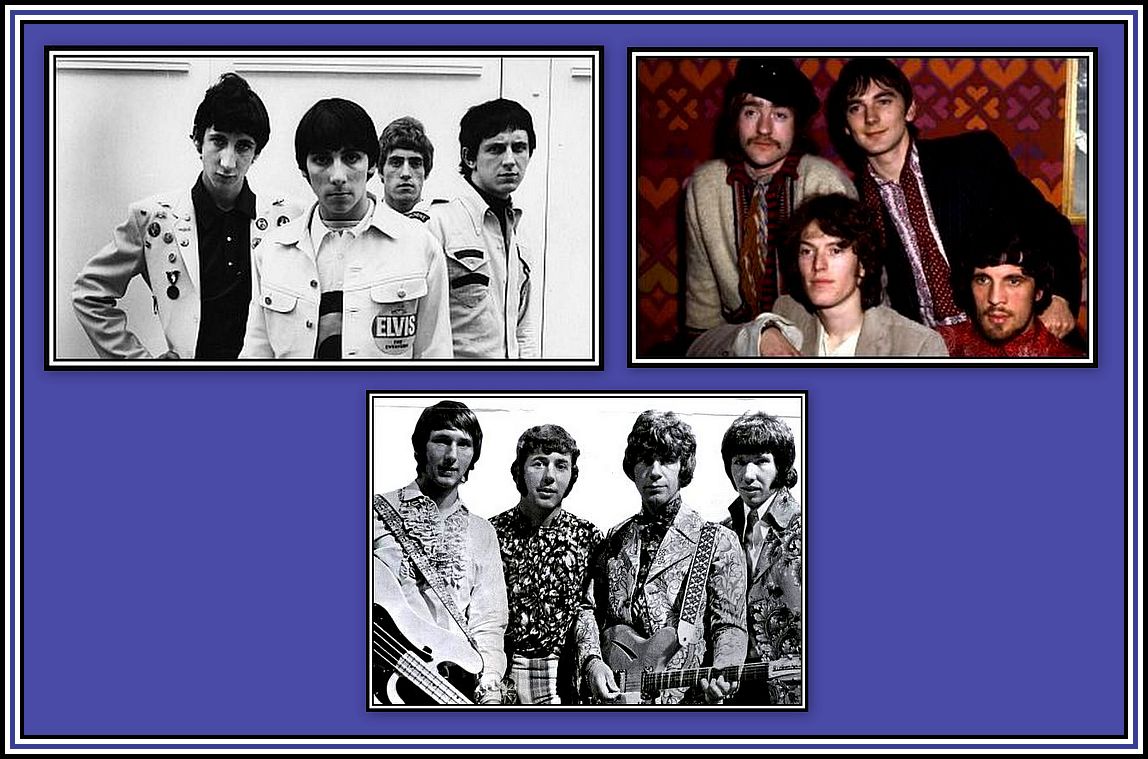 The Who (Top Left), Traffic (Top Right) & The Tremeloes (Bottom)
The Who (Top Left), Traffic (Top Right) & The Tremeloes (Bottom)
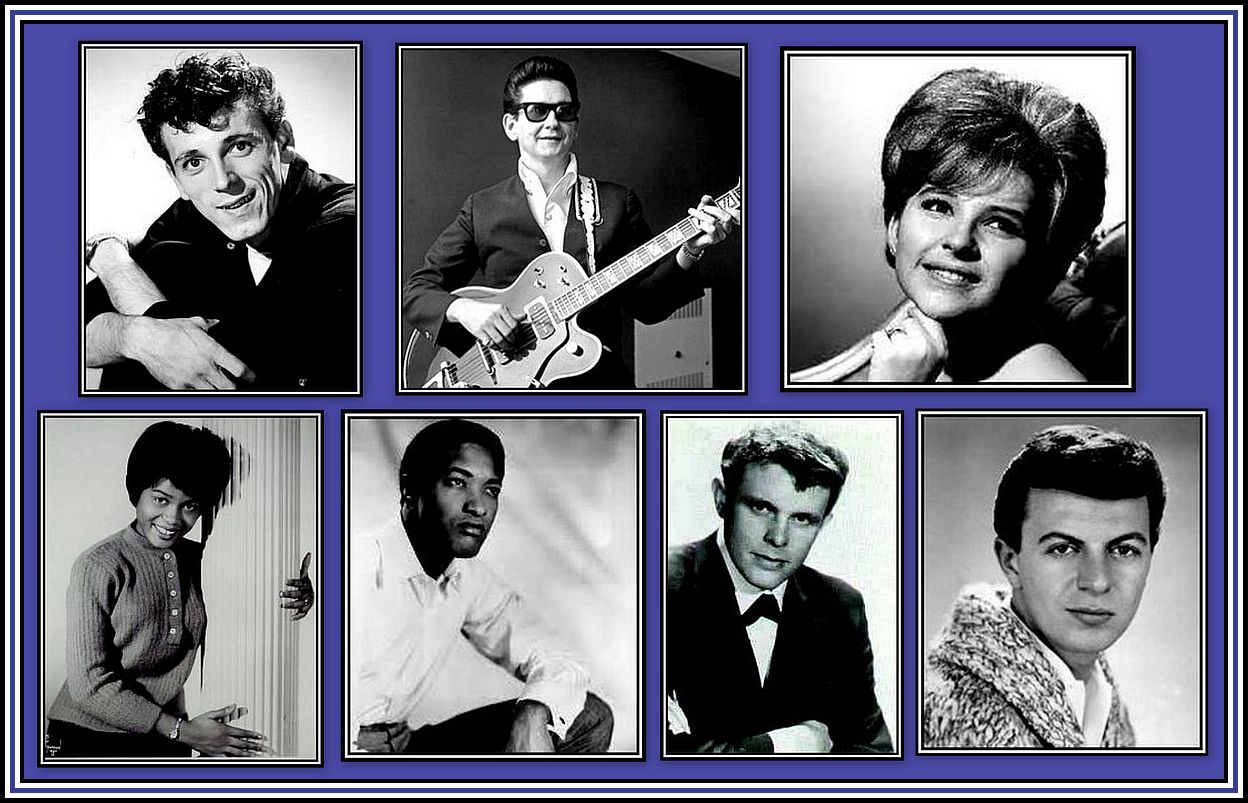 Gene Vincent (Top Left), Roy Orbison (Top Centre) & Brenda Lee (Top Right)
Gene Vincent (Top Left), Roy Orbison (Top Centre) & Brenda Lee (Top Right)
Little Eva (Bottom Left), Sam Cooke (Bottom Centre Left),
Del Shannon (Bottom Centre Right) & Dion (Bottom Right)
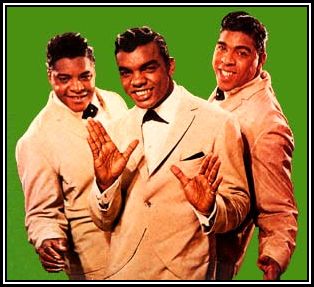 The Isley Brothers(another great regret at not having seen them!)
The Isley Brothers(another great regret at not having seen them!)
The Beatles appeared here along with Roy Orbison on 18th May, 1963 and arrived in dramatic fashion by helicopter, which landed in Salt Hill Park across the road from the Theatre.
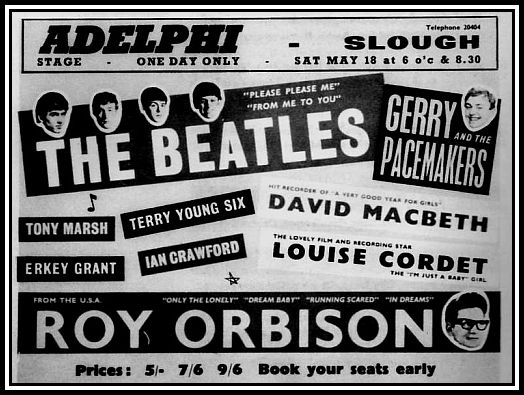 Poster advertising The Beatles, Gerry & The Pacemakers and Roy Orbison
Poster advertising The Beatles, Gerry & The Pacemakers and Roy Orbison
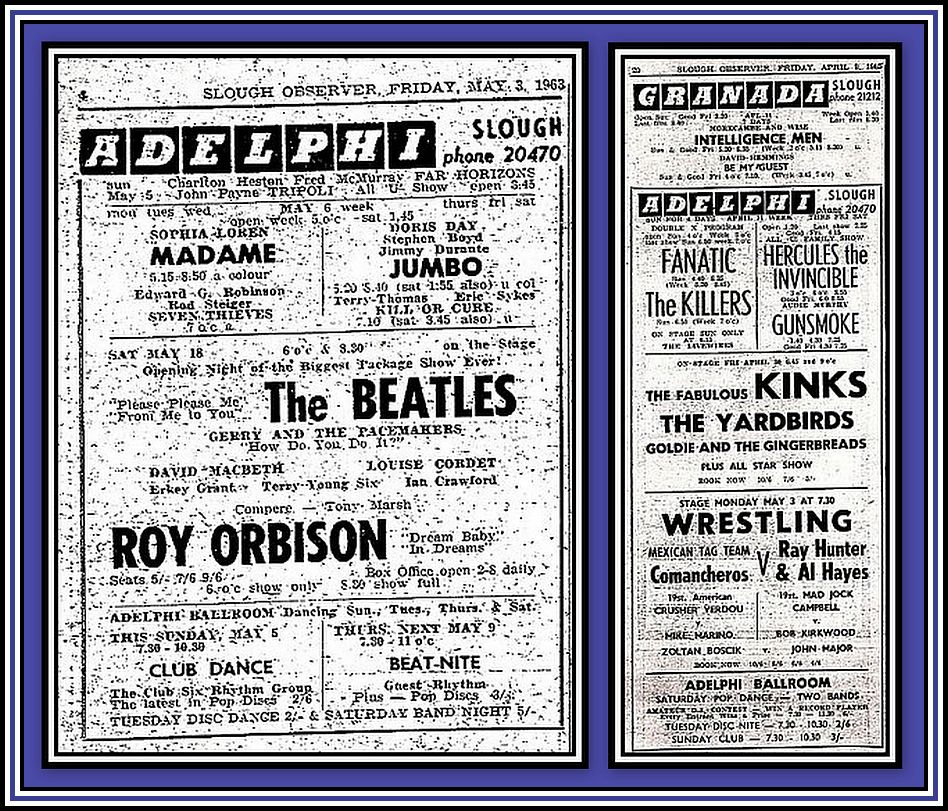 Advertisements from The Slough Observer (1963 & 1965)
Advertisements from The Slough Observer (1963 & 1965)
These advertisements appear in the Flickr Stream of Mr. Mike Gerrish
Other British stars that also appeared here included Johnny Kidd & The Pirates, Adam Faith, John Barry Seven, Gerry & The Pacemakers, The Searchers, The Rolling Stones, Donovan, The Yardbirds and The Kinks and a number of others.
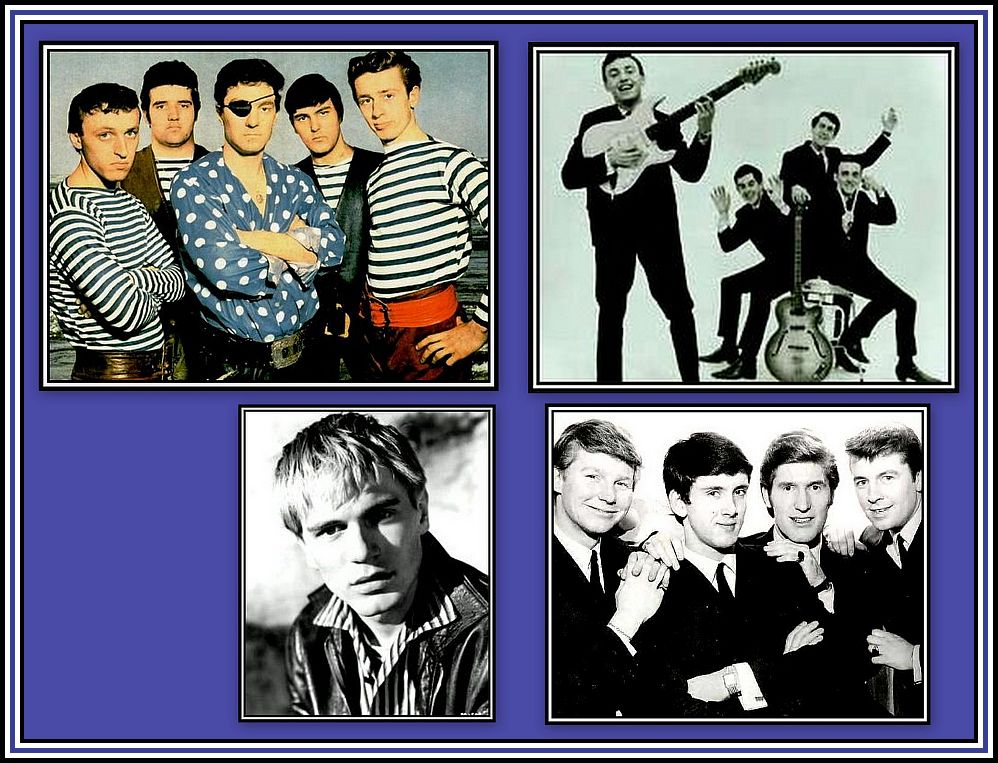 Top Left: Johnny Kidd & The Pirates; Top Right: Gerry & The Pacemakers
Top Left: Johnny Kidd & The Pirates; Top Right: Gerry & The Pacemakers
Bottom Left: Adam Faith; Bottom Right: The Searchers
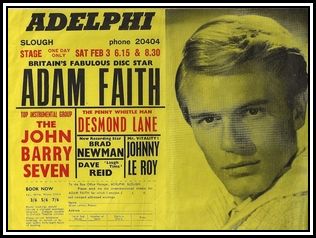 Adam Faith & The John Barry Seven (Orchestra)
Adam Faith & The John Barry Seven (Orchestra)
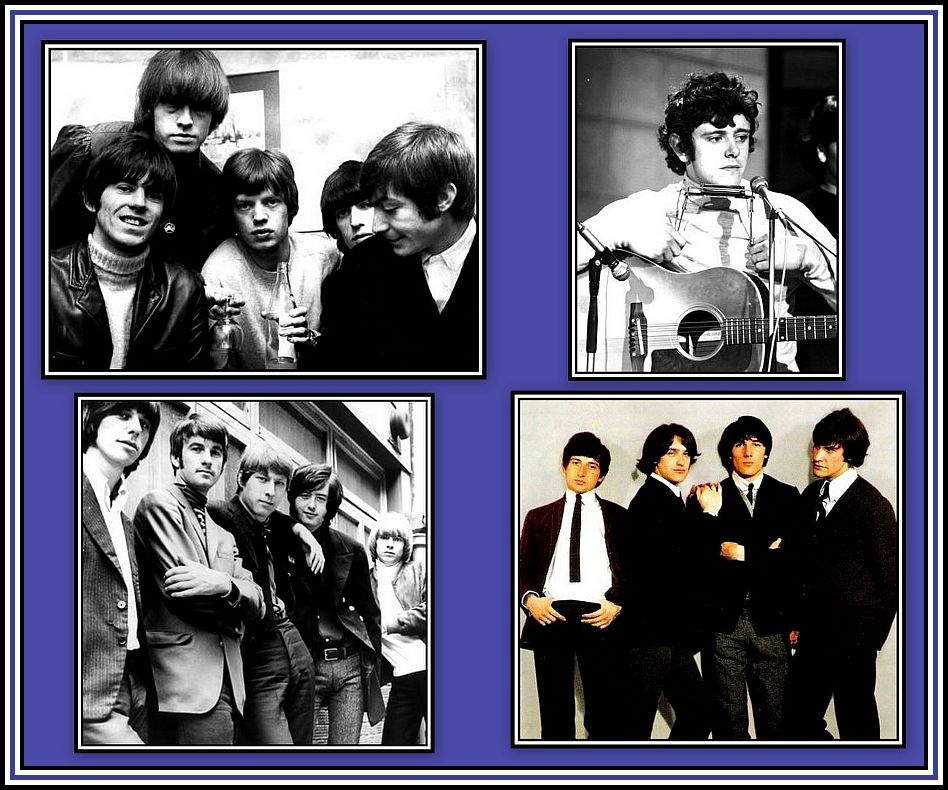 Top Left: The Rolling Stones; Top Right: Donovan
Top Left: The Rolling Stones; Top Right: Donovan
Bottom Left: The Yardbirds; Bottom Right: The Kinks
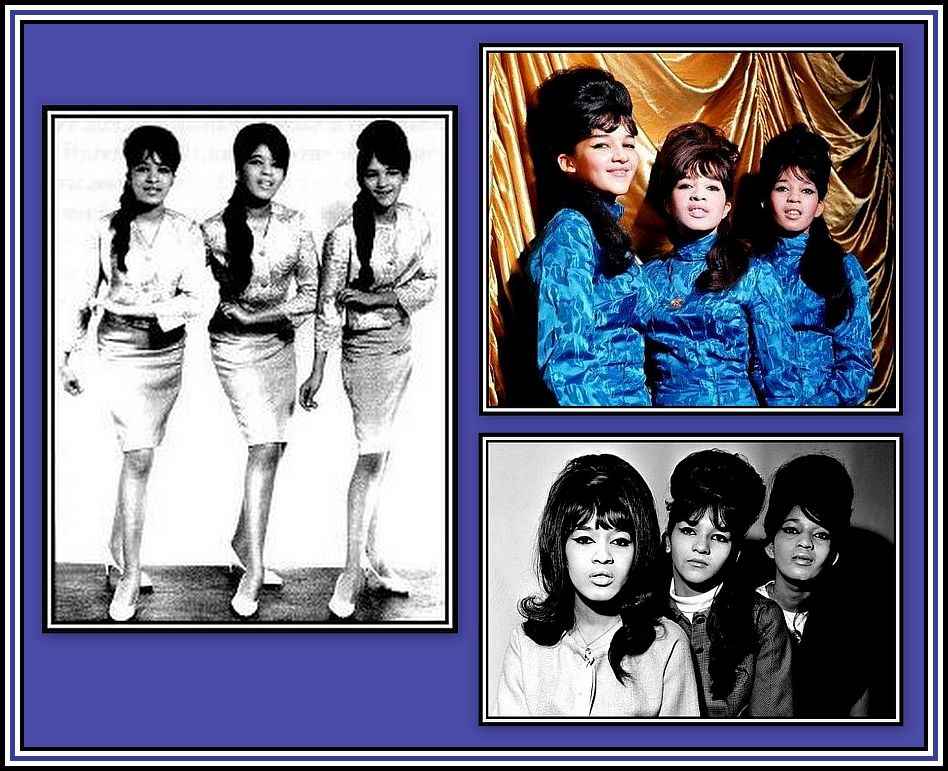 ……. and let us not forget The Ronettes
……. and let us not forget The Ronettes
—ooOoo—
Professional Wrestling began to be presented at the Adelphi Theatre from 20th July, 1959. As elsewhere where Wrestling was presented, evenings where traditionally poor attendance occurred were chosen for such spectacles. I never attended these evenings and actually never met anyone who did.
—ooOoo—
Although the Adelphi Theatre never seemed to have a cafe-restaurant, it did have a Ballroom that was on the first floor above the entrance and foyer. This was the only Ballroom associated with a Granada Theatre in the Circuit. However, since the Adelphi Theate had not been built as an original Granada, but rather was a take over, I don’t know if this particular accolade actually counts.
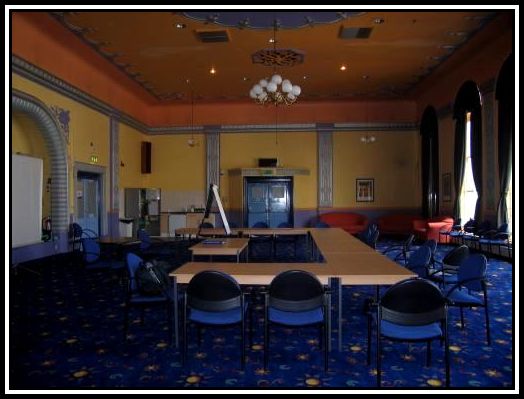 The Ballroom Today, now used for Staff Meeting and decked out in Gala Colours
The Ballroom Today, now used for Staff Meeting and decked out in Gala Colours
At the time, Slough had two dance halls, this one and the Carlton Ballroom present on Slough High Street. I went to the Carlton numerous times, and when I worked at Bucks Music Stores, I was responsible for choosing the discs played at the Sunday Afternoon Dance Sessions that were regularly held there. Whenever I went to these sessions, the manager always introduced me to the audience as being the one who chose the discs. A spotlight searched me out while he asked for a round of applause to show their appreciation. Being young at this time, this kind of recognition was acutely embarrassing.
The Adelphi Theatre Ballroom had a live band and a sparkling mirror ball that hung from the ceiling and threw reflections around the hall. I used to go when I was at school and passed a number of pleasant evenings there. It was a popular place and I am sure that its presence helped keep the Adelphi functioning during the time while other cinemas were being closed and demolished.
Whether the Ballroom actually helped keep the building open or not, the Adelphi Theatre eventually closed in May 1973 and became a Granada Social Club. Slough Town Council had given permission for the main auditorium to be converted for Bingo and for the Ballroom to be converted into a small cinema. The George Coles Practice had been asked to come up with plans for this conversion. However, when the Social Club opened at the former Adelphi Theatre, no Ballroom conversion had taken place and never did. Apparently legal action was discussed at one point, but evidently nothing came of this.
 The Adelphi, as a Granada Social Club
The Adelphi, as a Granada Social Club
Once the Ballroom closed, it became used for staff meetings. In May 1991, Granada sold its Social Clubs and the erstwhile Adephi Theatre-cum-Granada Social Club became a Gala Bingo Hall and is still in operation today.
—ooOoo—
In 2011, I visited the Gala Slough, as the Adelphi Theatre is now called, for the first time since 1965. Funnily enough, and curiously enough, I found the décor of the erstwhile Theatre to be most attractive and not at all austere or cold! I also found the auditorium to be much more interesting that I had in the past. Perhaps the Gala colours were more to my liking or perhaps it simply was nice to see a cinema of my youth still very much in tact and functioning.
The decor was bright. What surprised me was that I quite liked it, except for the carpet, which I found to be garish to say the least. Still, moon, stars and sparkles are probably in keeping with the playing of of a game of chance, such as Bingo and perhaps promote a feeling of luck.
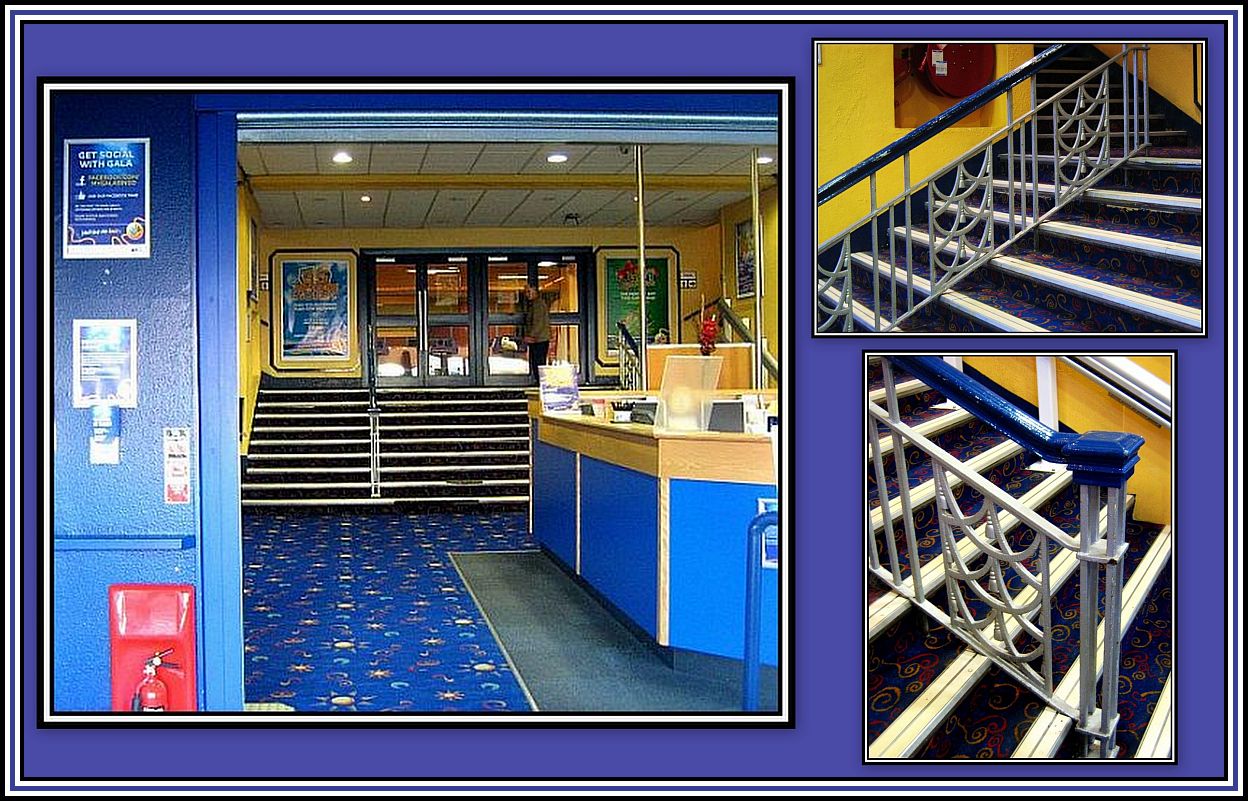 Entrance Area & Carpeting
Entrance Area & Carpeting
Left: The Vestibule and Reception Desk
Right: Balustrade of the steps leading up to the Auditorium and the Circle
Note the two types of carpeting
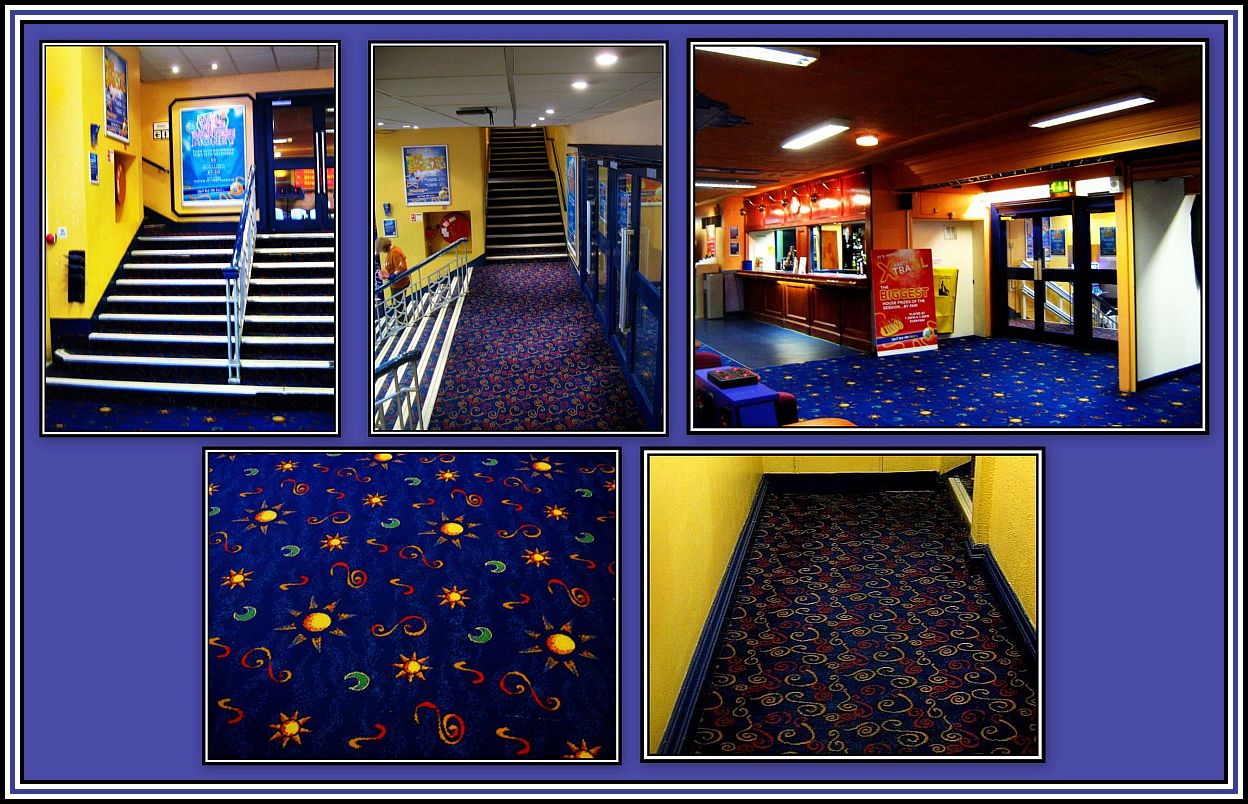 Steps & Carpeting
Steps & Carpeting
Top Left: Steps to the auditorium; Middle: Steps to the circle;
Right: Just inside the auditorium, bar on the left
Bottom Left: Auditorium carpeting; Bottom Right: On the way to the circle, carpeting
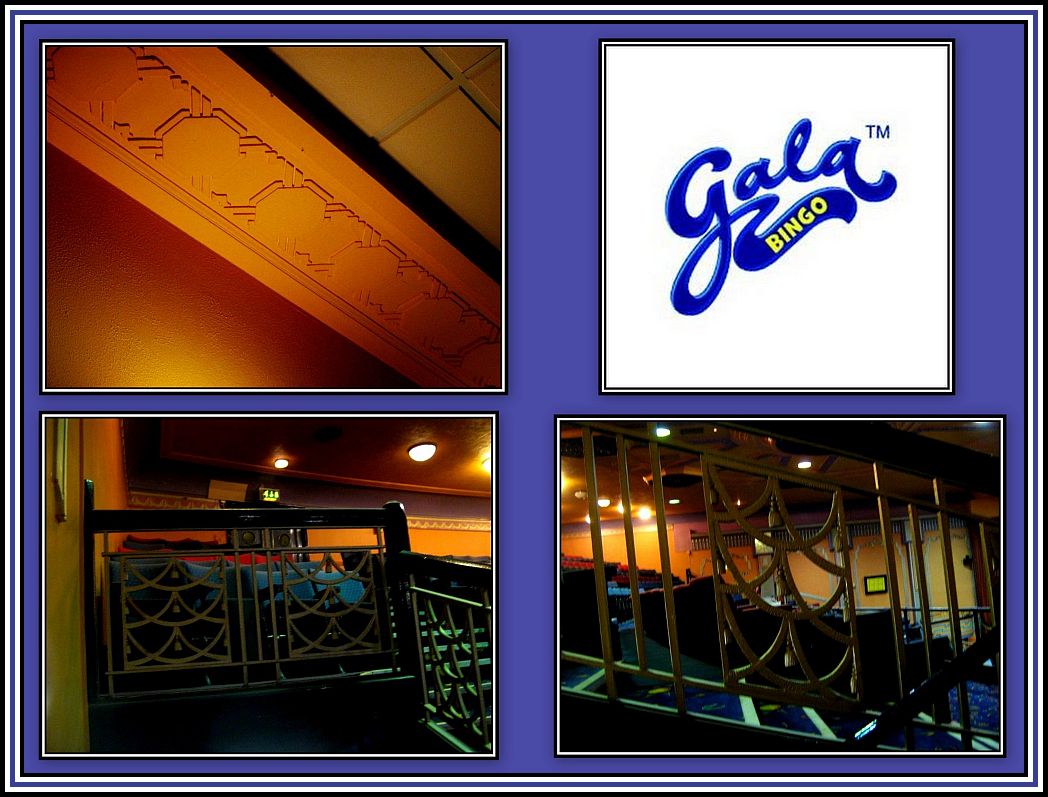 Wall Decoration (Top) & Guard Rails (Bottom
Wall Decoration (Top) & Guard Rails (Bottom
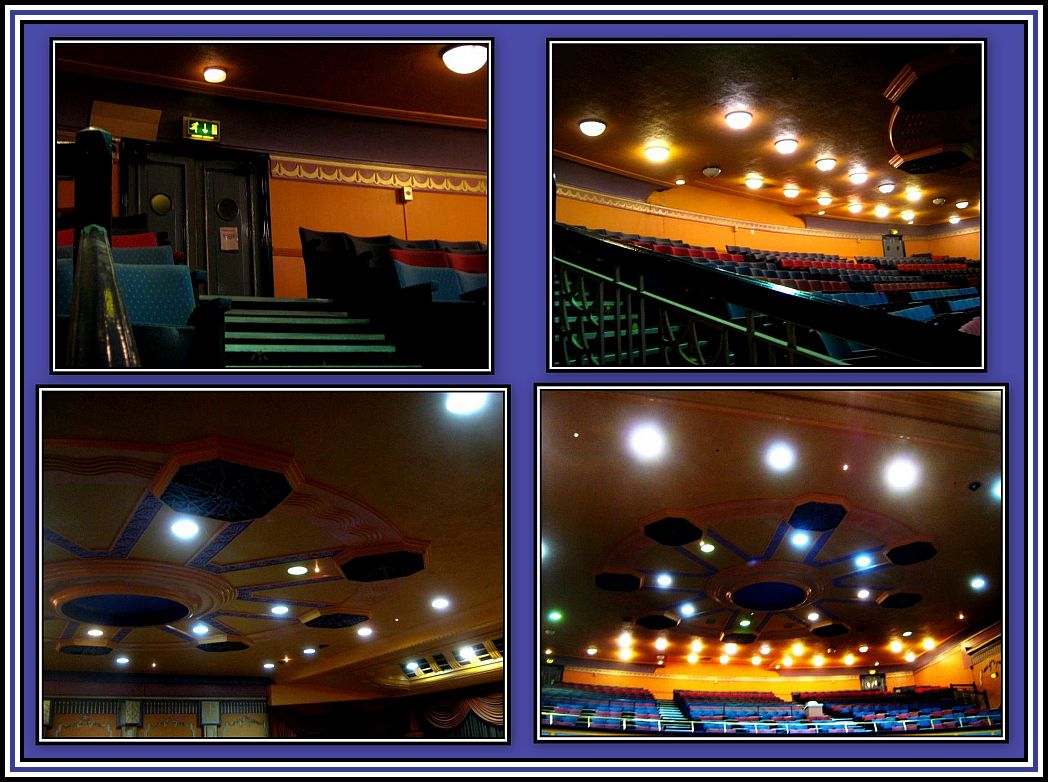 Circle Exit & Seating & The Ceiling Rondel
Circle Exit & Seating & The Ceiling Rondel
Sadly, I was not able to see the Ballroom during this visit. I had asked the manager if I might see it for a few minutes. However, since he was doubling as Manager and Bingo Caller during the session of my visit, he was unable to leave the auditorium to do this.
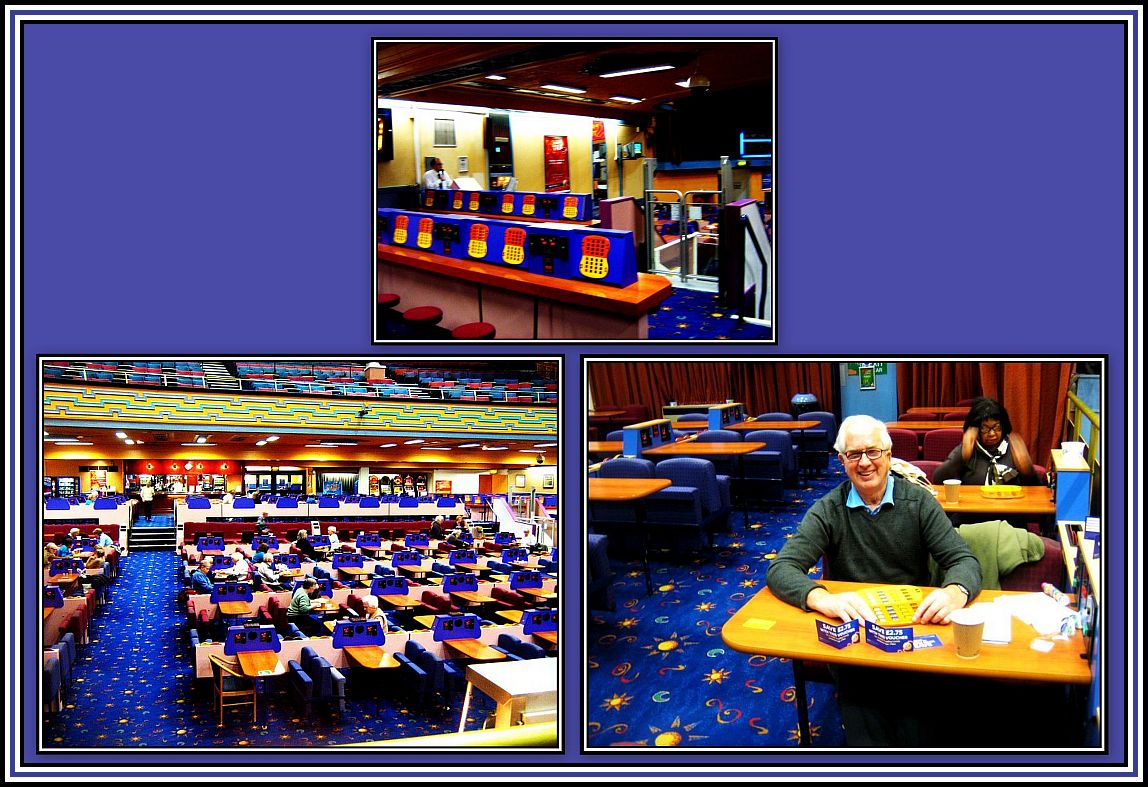 The Caller & The Punters
The Caller & The Punters
Top: Manager doubling as the Caller
Bottom Left: Punters; Bottom Right: The One Happy Punter present at the Session
—ooOoo—
As a point of note, I do not remember there being a Miss Candy as the Adelphi Theatre. I am sure that there was a counter in the foyer that must have functioned as one, but I cannot be certain. Even if there was a Miss Candy present at the theatre, she obviously did not make a lasting impression on me unlike The Exotic Miss Candy of the Century Theatre.
—ooOoo—
I heard recently that Gala Bingo is up for sale. This will once again throw the fate of the old cinema buildings into question. I would hate to hear that those that have worn well, like the ex-Adelphi Theatre, were to be demolished to make way for yet more faceless office blocks or luxury apartments!
—ooOoo—
Today there is no longer a Granada Theatre in Slough. All that remains for cinema going is a multiplex that was originally built as a theatre and social centre, but which was soon converted into an enormous number of screens. This miserable looking place has seen more owners and new names than I have had hot dinners!!! I have never visited this complex. Sadly with the loss of the Granada Theatres in Slough, that sense of occasion experienced with going to the pictures has also been lost.
Today I no longer go to the pictures. People on both sides of the Atlantic Ocean suffer from a limited attention span and are constantly fidgeting or getting up and then sitting down or pushing past neighbours to go to buy something to eat or drink or go to the toilet or talking to their friends either in person or else on their cell phones. Besides which, most films produced today and not to my taste. Whenever a film comes along that does appeal to me or whenever I want to re-watch a film from the past, I choose to do my film watching from a seat in my living room and from my bed.
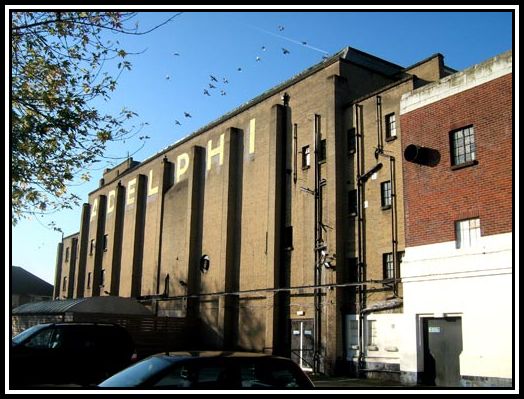 Despite the changes …….. the name still remains on one of the side walls
Despite the changes …….. the name still remains on one of the side walls
——oooOOOooo——
A LETTER FROM A READER
I have lived in Slough for most of my early life. I remember the Slough of the 40’s & 50’s very well. In 1958 I was called up for National Service and by the time I returned, the town had changed very much.
I remember going to the Century in the High Street a number of times. I remember sitting in the back row of the stalls with my girlfriend; there was no balcony that I can recall. It was a small cinema with relatively ornate walls and ceiling. The seats sloped down towards the screen quite significantly, so everyone had a good view.
When I was a child, straight after the war my father worked night shifts in the printing trade. My mother was an avid film buff and enjoyed going to the cinema. I remember from about 10 years of age going to the pictures with her. I think she took me along for both company and also to keep me out of mischief! I got to see many films and have lots of memories of them and the stars that were in them. Coming out of the cinema on the walk home, my imagination would often run wild as I took on the role of the hero ready to protect my mum from all sorts of horrors or baddies I imagined to be hiding in shop doorways en route.
I also remember going to the Saturday Morning Pictures for children at the Granada in Windsor Road for sixpence in the late 1940s and 1950s. The Granada had a club and as members we were called Grenadiers. Saturday Morning Pictures was always a noisy affair. We used to participate in the films shown, which generally included a cowboy or a science fiction film. Kids used to bring cap guns and fire them at the screen when the ‘injuns’ or black-hatted bad guys came on the screen. I remember that when it was your birthday, the management gave you a free ice cream, which was always gratefully accepted. My wife used to go to the Saturday pictures for kids at the Aldelphi around the same time.
After reading your story of the Slough Cinemas, I began to realise just how much I had not noticed at the time. I remember the bus stops in front of the Granada on Windsor Road. I also remember the long queues along the side of the cinema that stretched down to the car park. We often stood to see a good film behind the signs indicating the seat price ……. one and six (1/6; one shilling and sixpence), ninepence (9d) ……. for the circle or stalls. When the previous performance ended the usherettes would open wide all the doors from the foyer and the audience would streamed out, we were then called forward by the usher decked out in the Granada uniform, into the foyer. The foyer was large with a marble stairway on the far wall that led up to the café and the circle. I also remember the huge chandelier hanging from the ceiling. I have fond memories of the organ that I heard on several occasions. Unfortunately, as a result most likely of teen indifference (!), I have no idea who the organists were now.
I enjoyed going to all three of Slough’s cinemas and never had a favourite. I went to whichever was showing the film I most wanted to see.
I remember going to the Adelphi Ballroom. The dance floorwas sprung and was a joy to dance on, not that I ever did much of that, as I have, so I have been told, no sense of rhythm! I remember the first time I tried to cross the ballroom floor to get to the bar, the floor bounced as you walked and by the time I reached the bar, I felt as if I already had one too many drinks.
After reading what you had written about the autographed slabs of concrete that were once present outside the Granada Theatre Slough, I decided to check out the Wexham Nursery that you mentioned where some of them could be found. I looked in the Telephone Directory and found that the business was not present. I later learned that they had closed down several years ago! Determined to find out what became of these autographed slabs, I went to Slough Library, which is the temporary home of Slough Museum.
I discovered that there are four autographed slabs that are still in one piece: those of Leslie Banks, Will Fyffe (who wrote the song, I belong to Glasgow), Valerie Hobson and Sally Gray. I am sorry to report that these slabs together with the broken remains of either ten or twelve others are now stored in a box somewhere on Slough Trading Estate. Seemingly these sad remains are not accessible to the general public and I could not find out to whom one could contact to gain access to them. A sad loss to something that was once special to both Slough and The Granada Theatre Circuit. Yet another of Slough’s rich history hidden away or concreted over!
Mike Stanton
——oooOOOooo——
ACKNOWLEDGEMENTS
Some of the history of the theatres appearing here came from The Granada Theatres by Allen Eyles. I would like to thank Mr. Eyles for his great book.
I would like to thank Mr. Wayne Ivany for providing the information on the Granada Theatre Wurlitzer Organ and the Adelphi Theatre Christie Organ. I would also like to thank Mr. Ivany for the photographs of the organists.
I would like to thank Mr. Trevor Lee for allowing his photograph to appear here.
I would also like to thank Mr. Stephen Dutfield for his impute.
Finally, I would like to thank Mr. Mike Stanton for sharing his memories of Slough with readers and for taking the time and making the effort to go to Slough Museum and hunt down the autographed slabs of concrete.
——oooOOOooo——
Click here to go to PART TWELVE: THE SLOUGH GRANADA THEATRES & MISS CANDY
PAGE FOUR: OTHER BUILDINGS OF SLOUGH
——oooOOOooo——
Click here to return to PART TWELVE: THE SLOUGH GRANADA THEATRES & MISS CANDY
PAGE TWO: THE CENTURY THEATRE OF SLOUGH
——oooOOOooo——
Click here to go to PART THIRTEEN: THE END OF AN ERA
——oooOOOooo——
Click here to return to PART ELEVEN: THE GRANADA THEATRE WOOLWICH
——oooOOOooo——
Click here to return to THE GRANADA THEATRE CIRCUIT Home Page
——oooOOOooo——
Click here to return to the TABLE OF CONTENTS
——oooOOOooo——

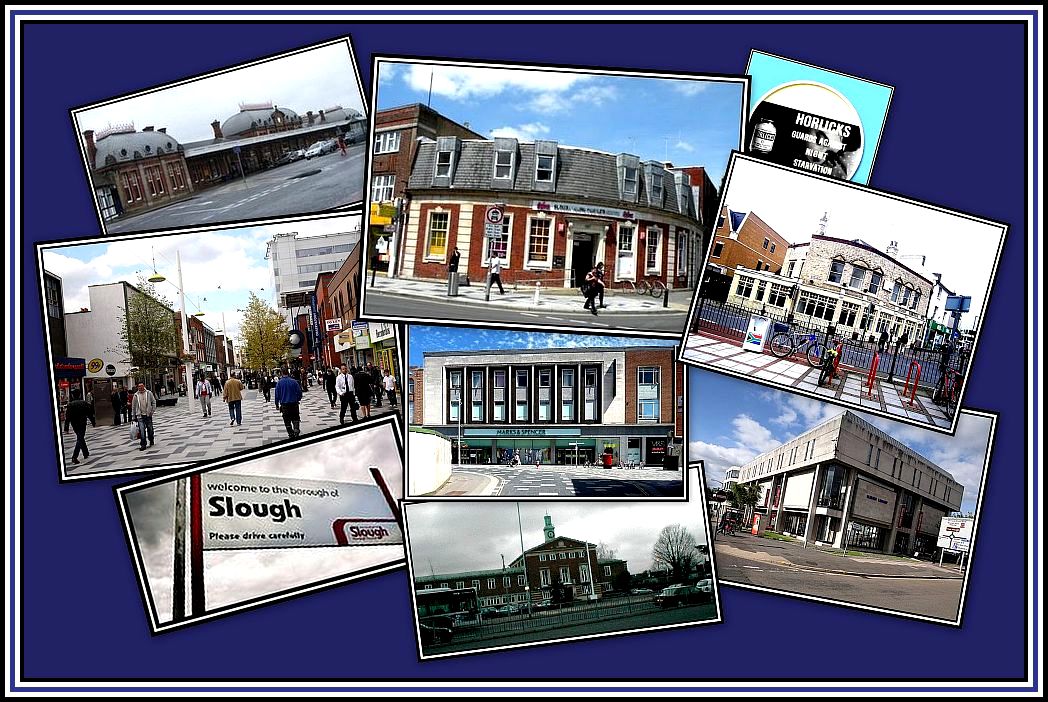
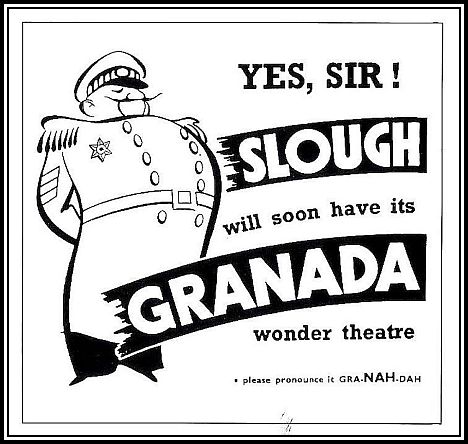
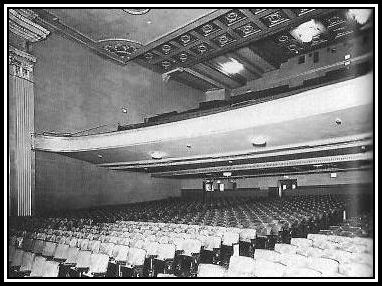
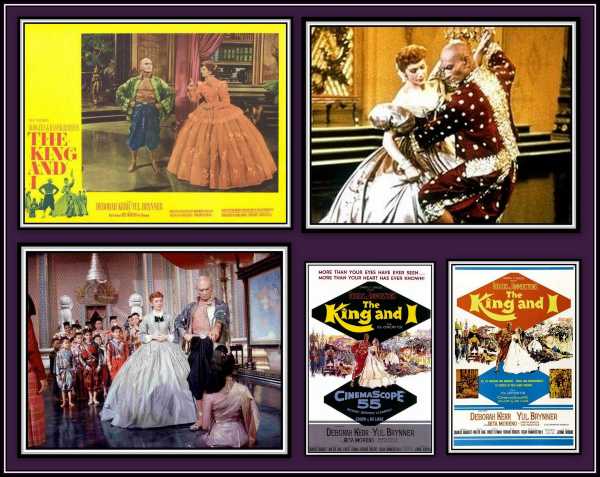
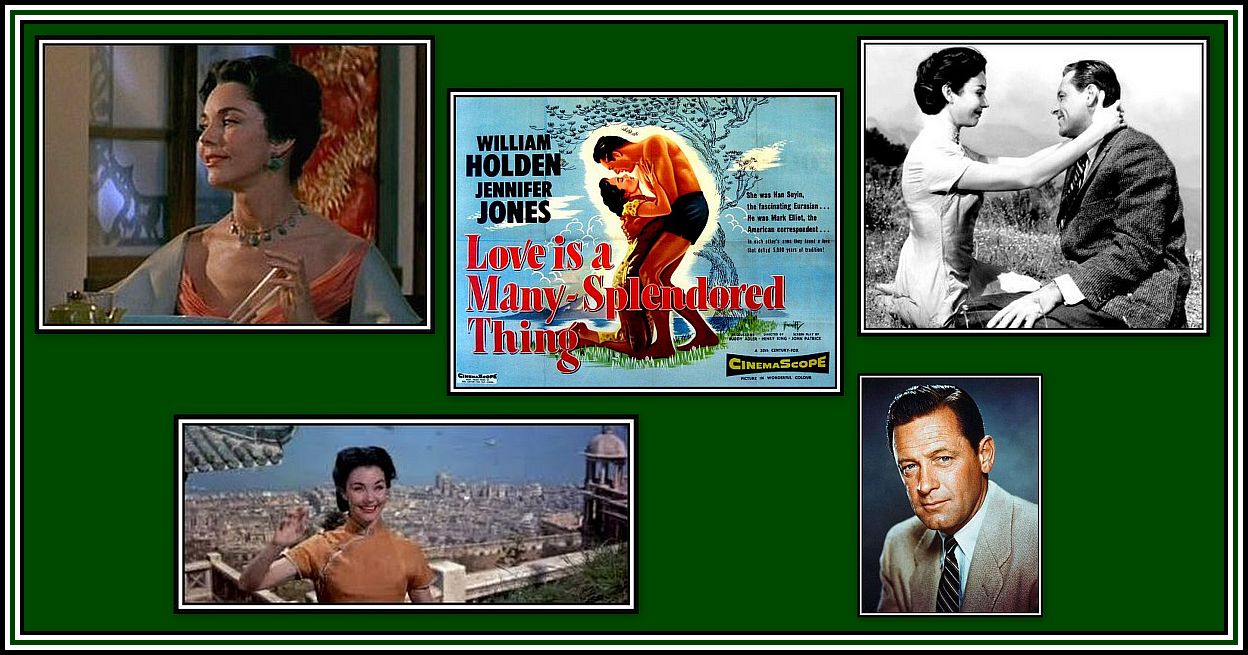
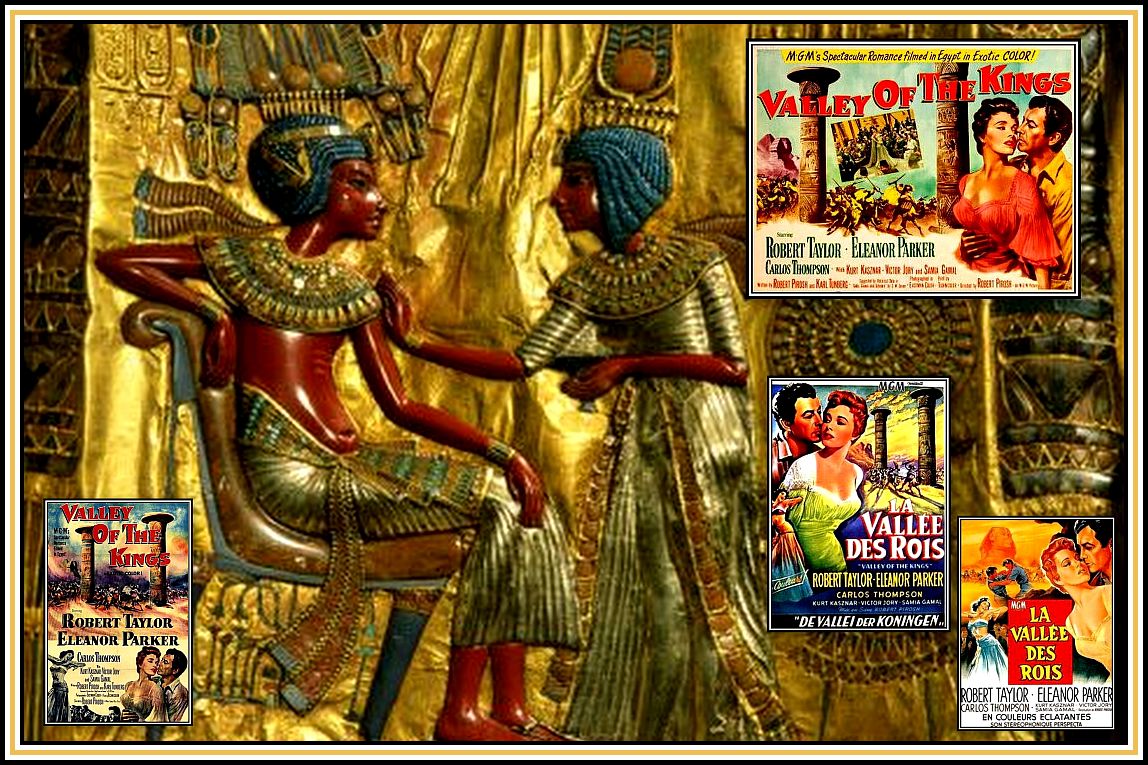
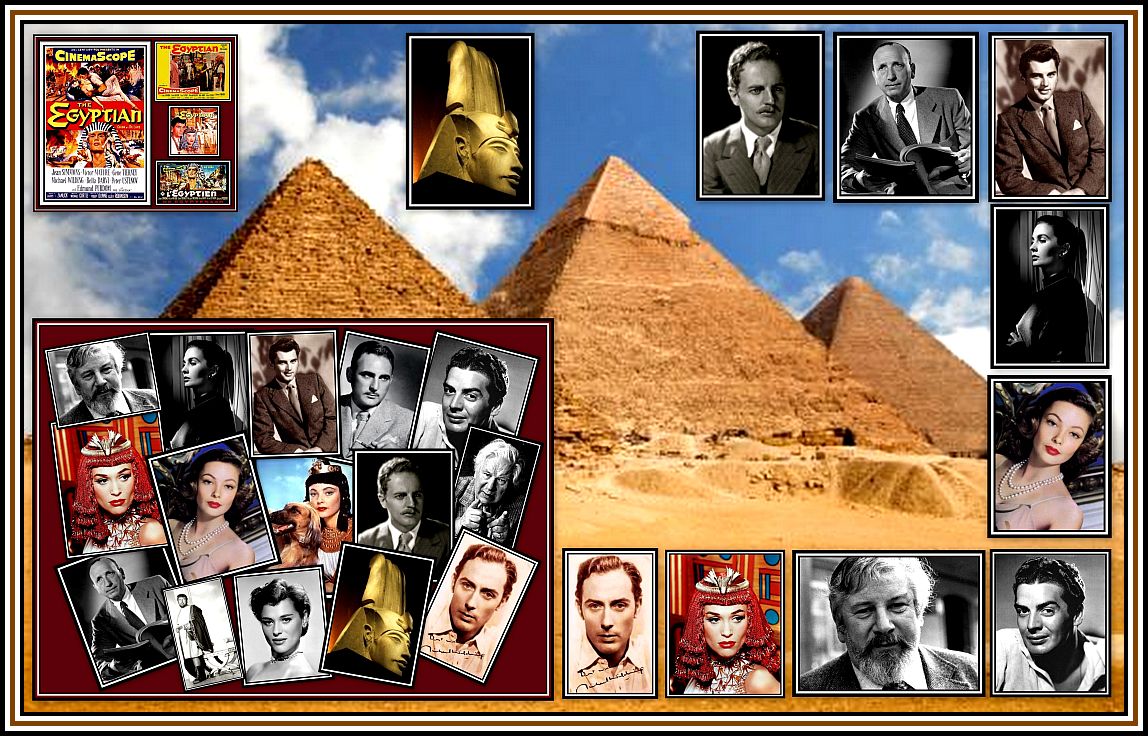
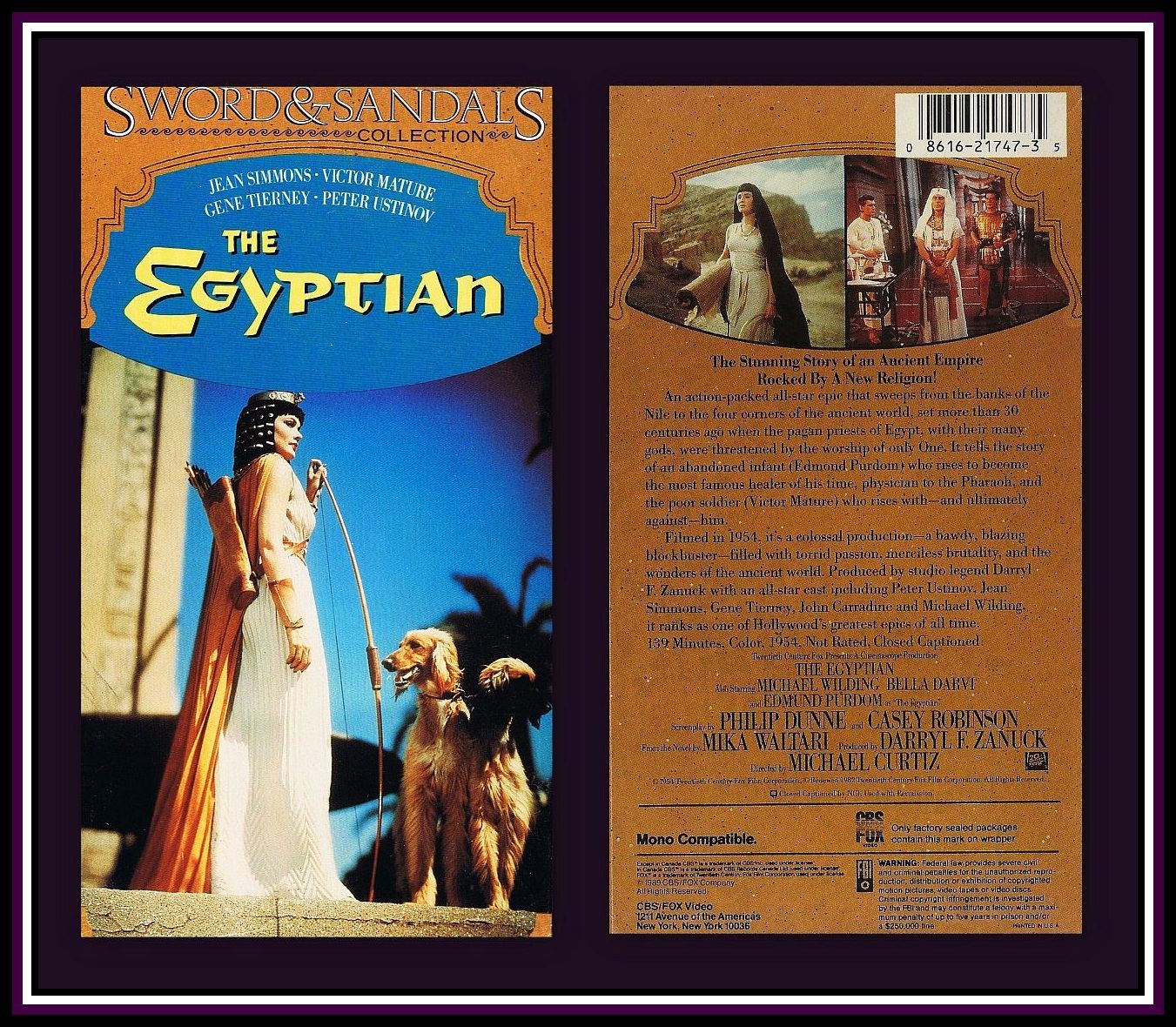
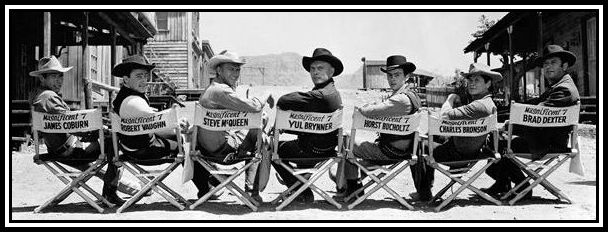
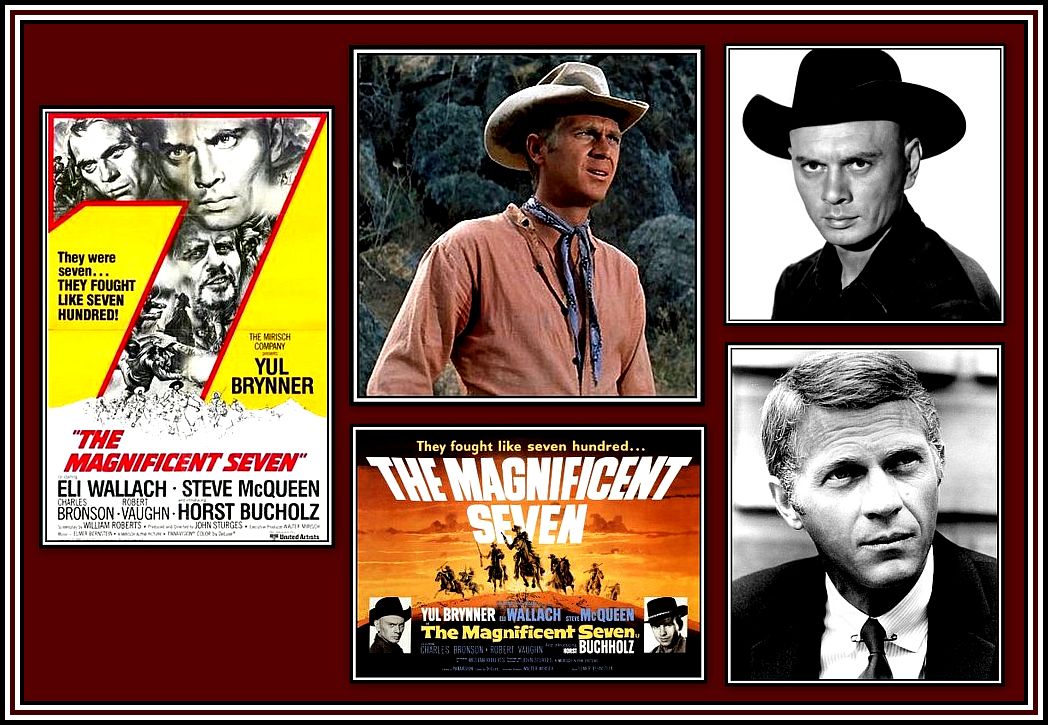

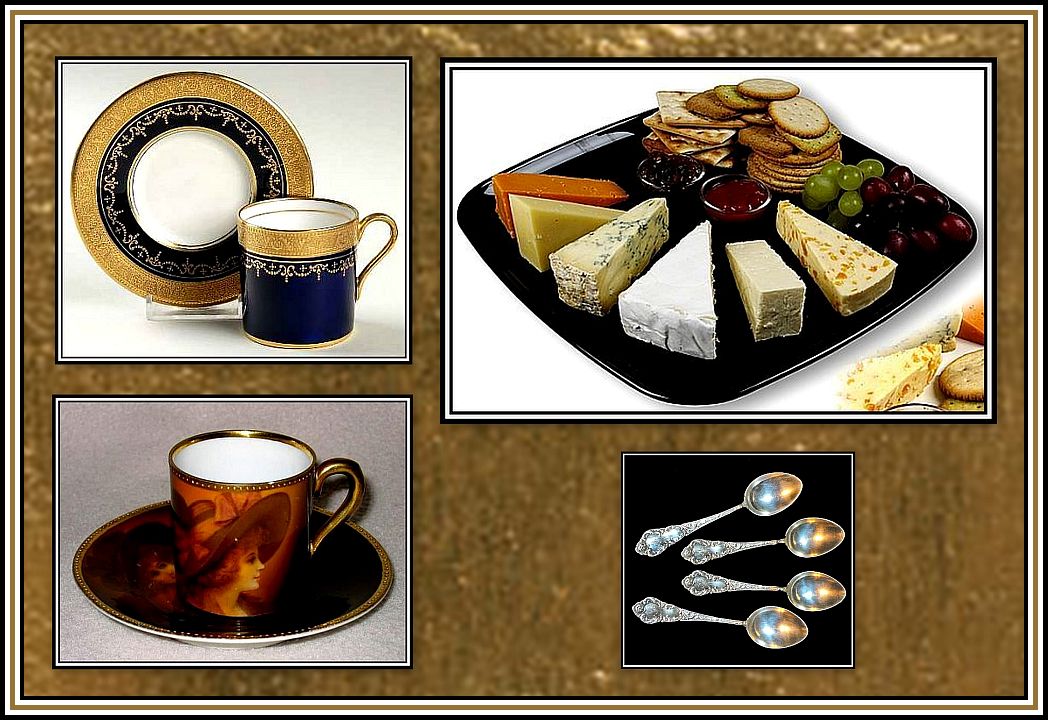
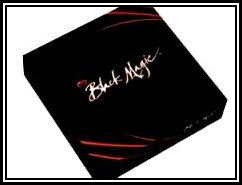
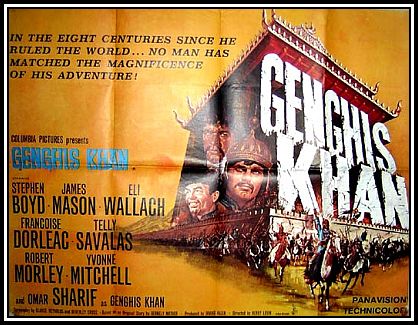
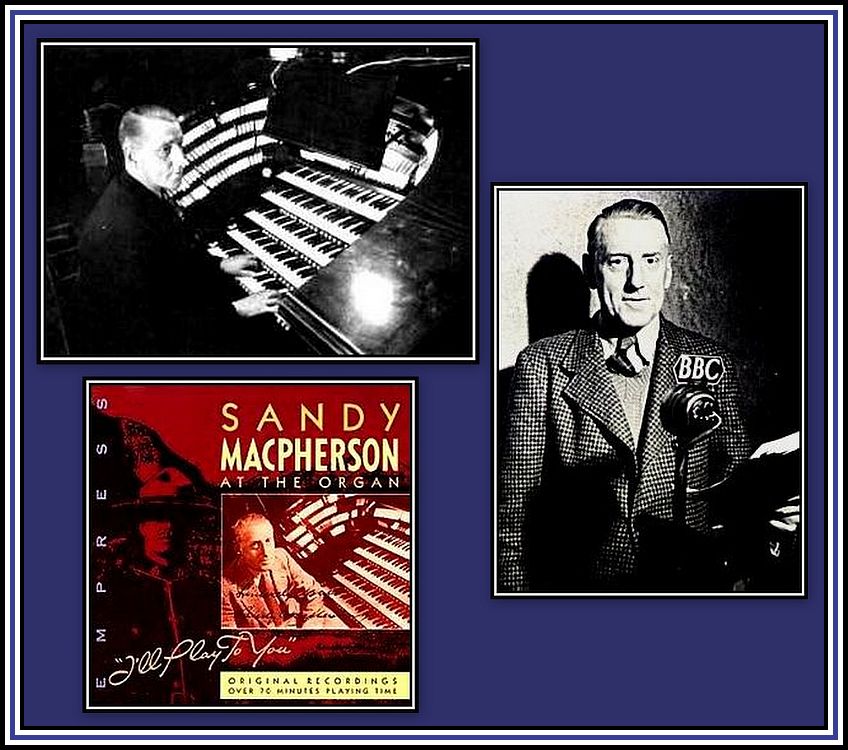
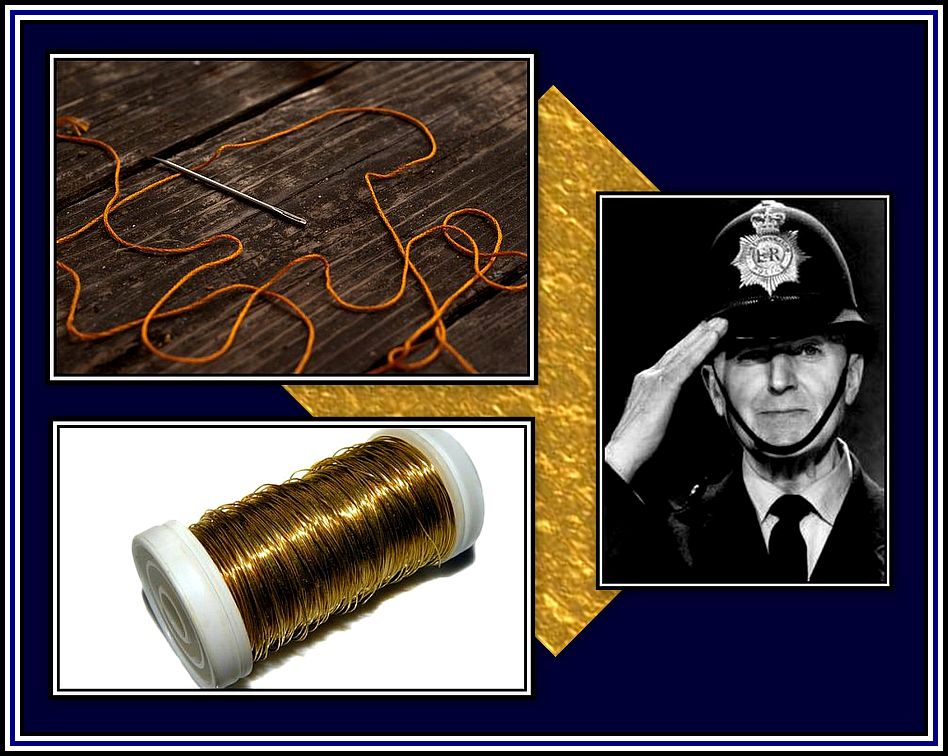
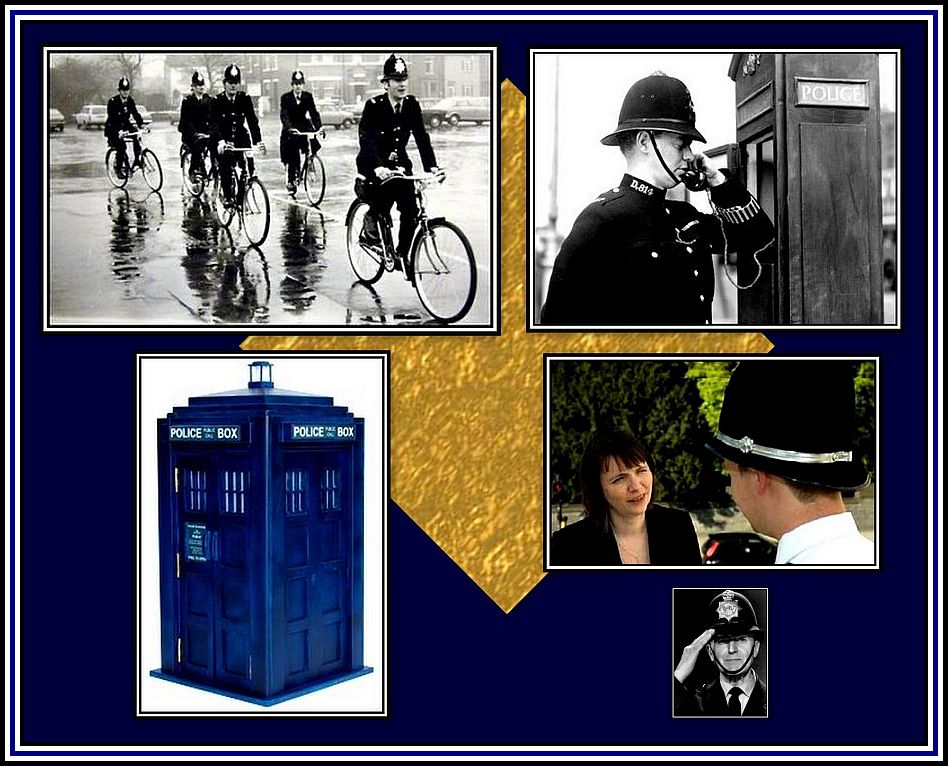

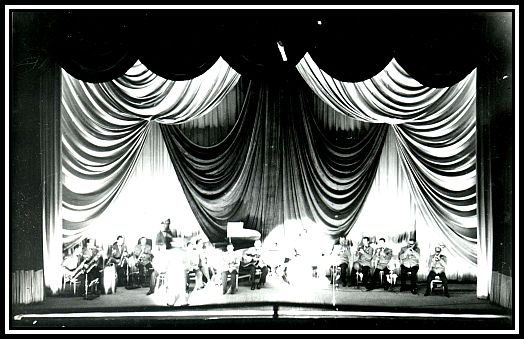
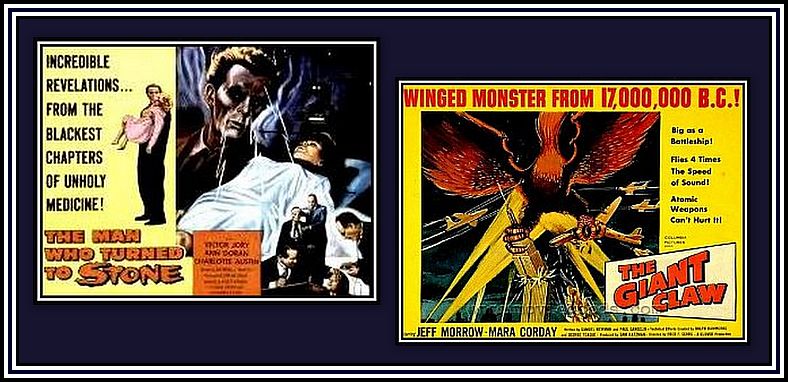
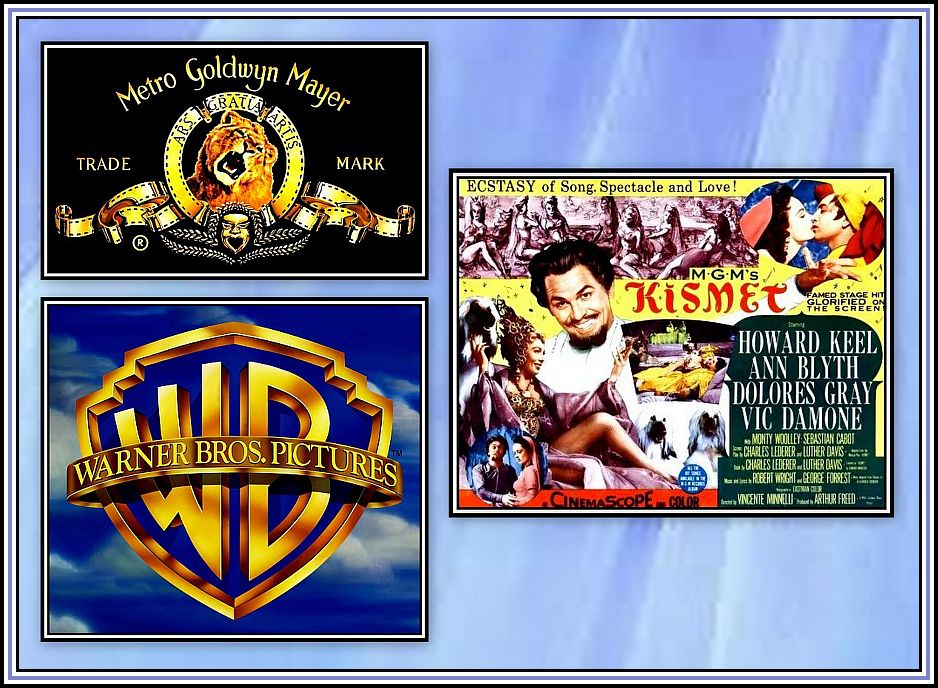
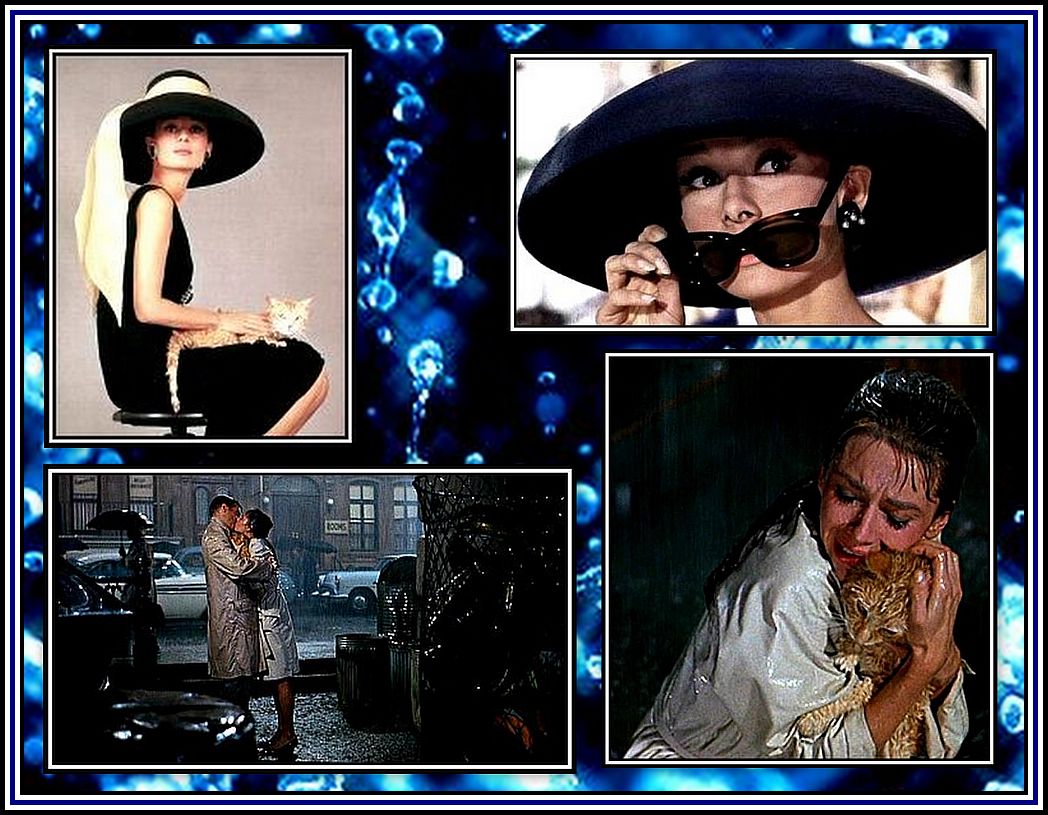
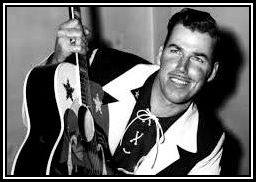
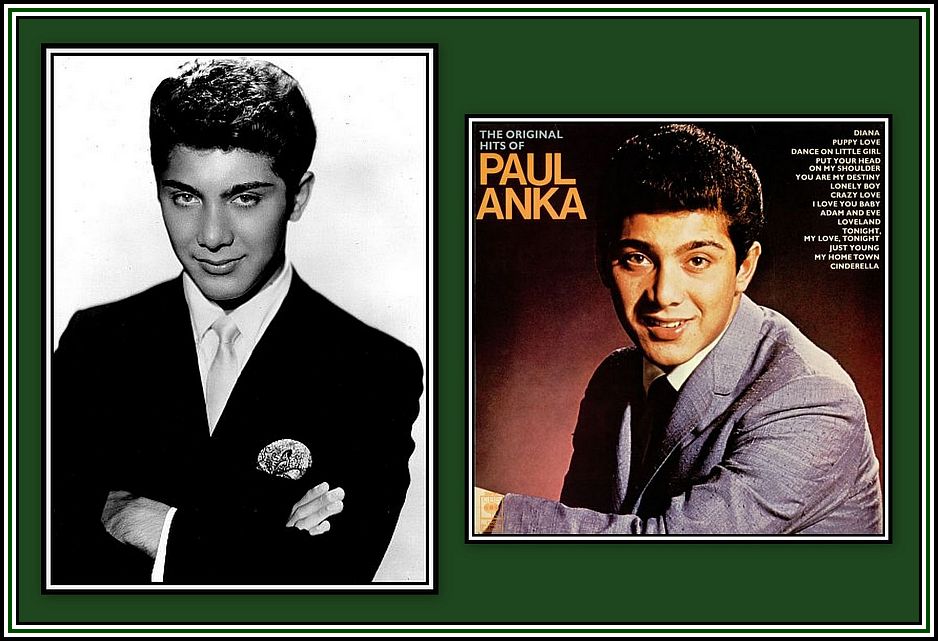
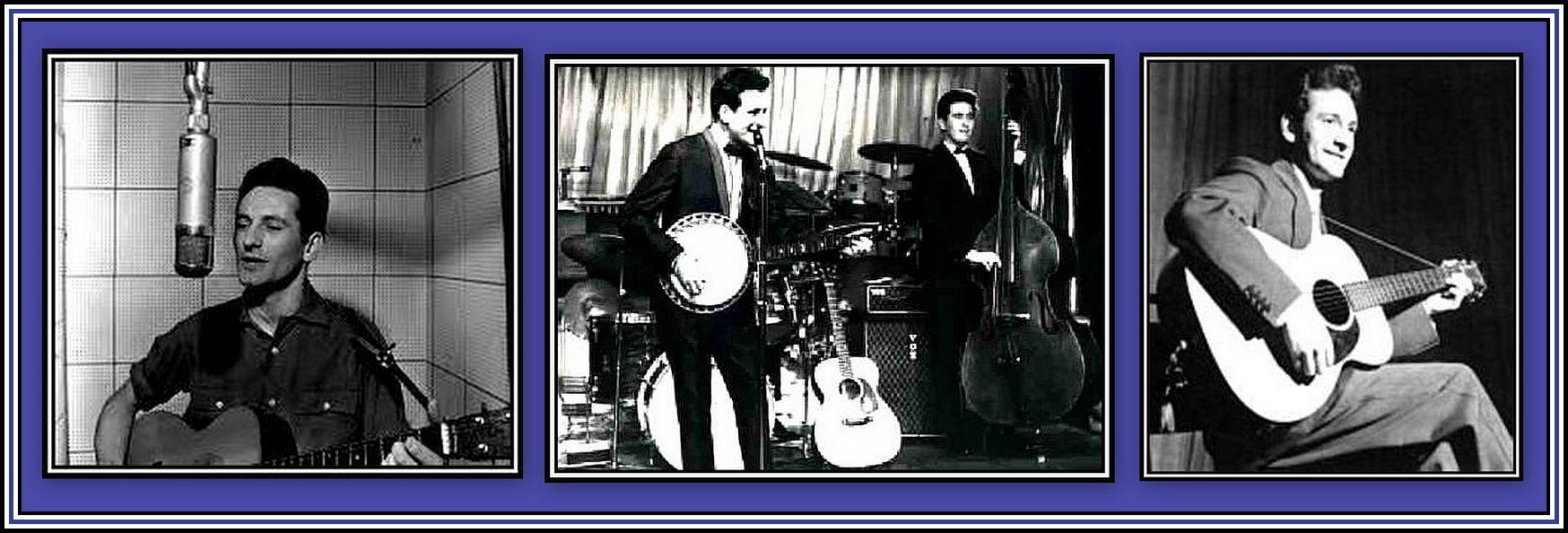
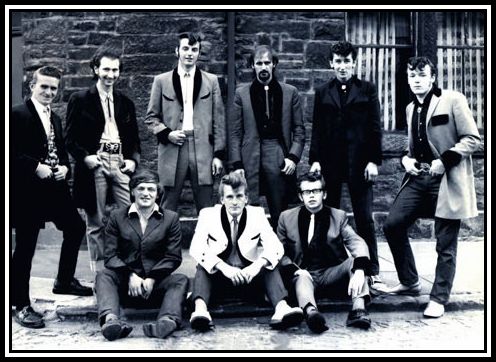

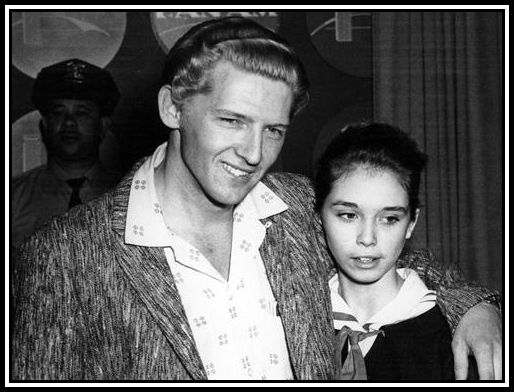
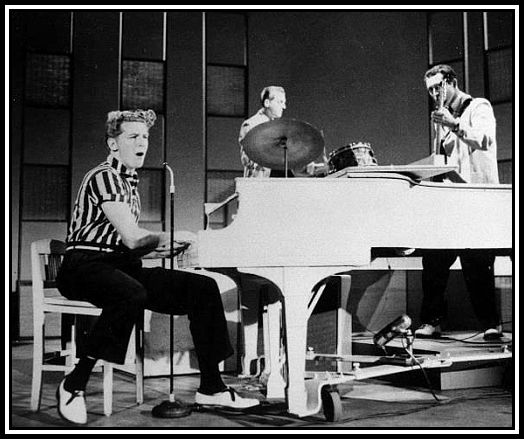
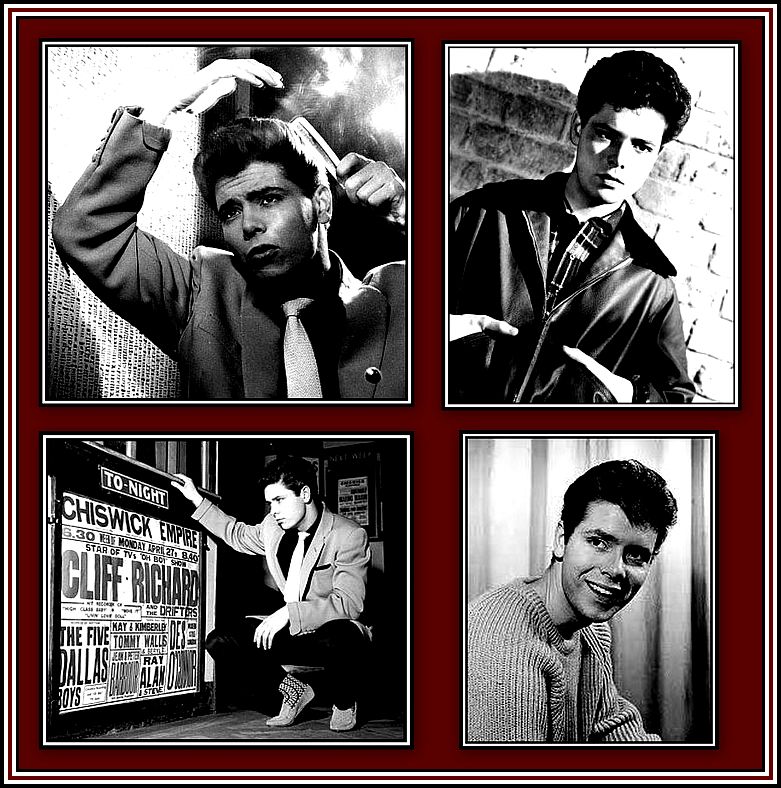
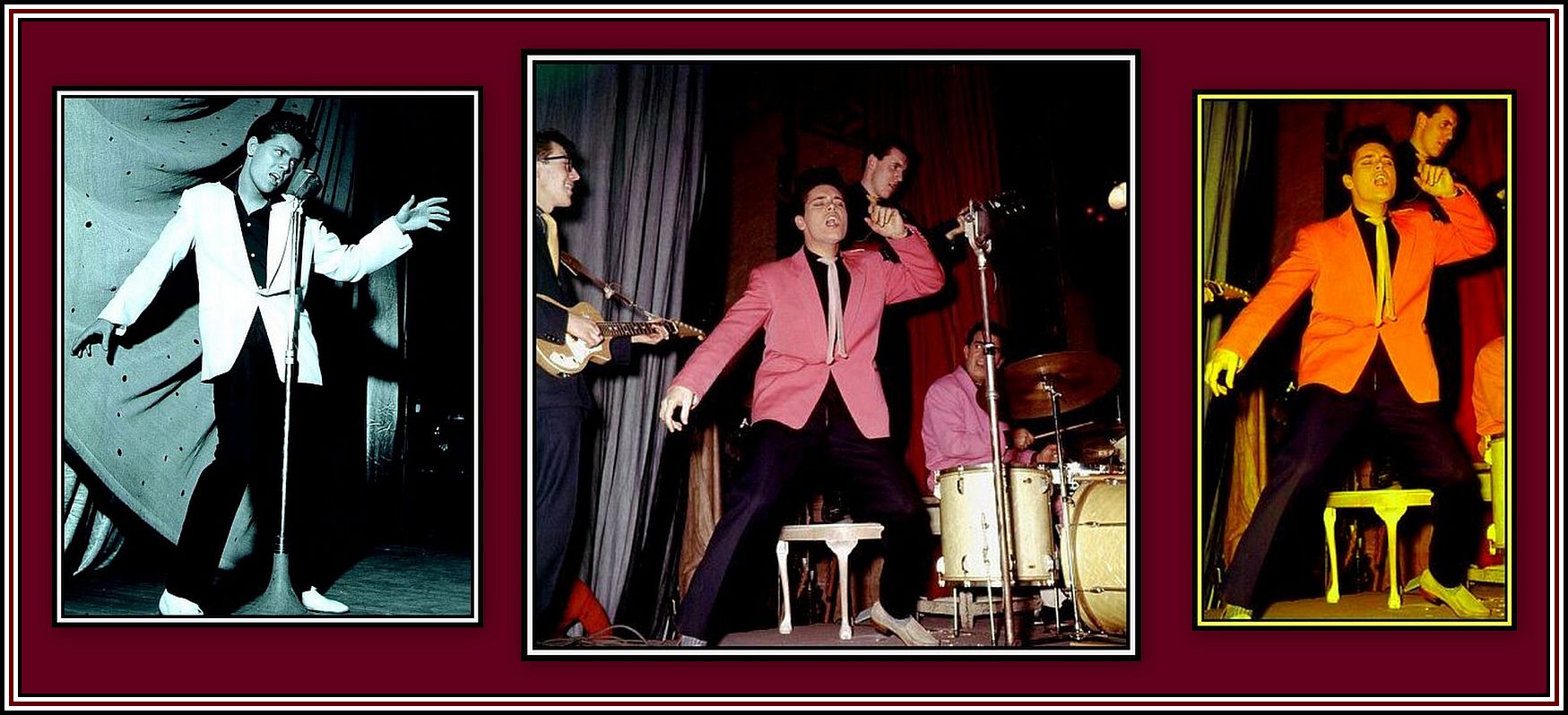
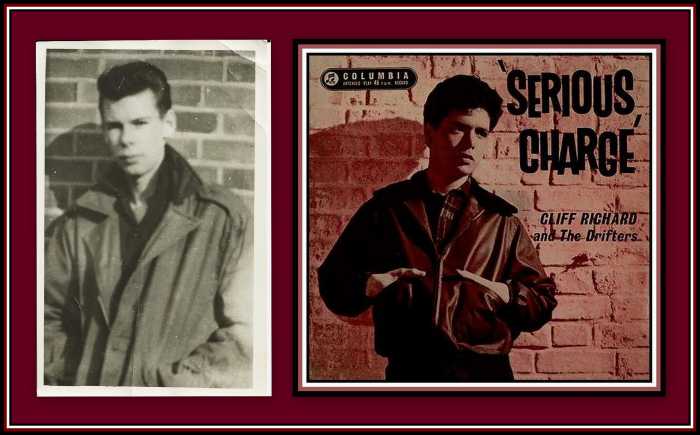
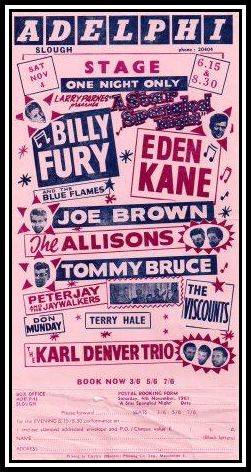
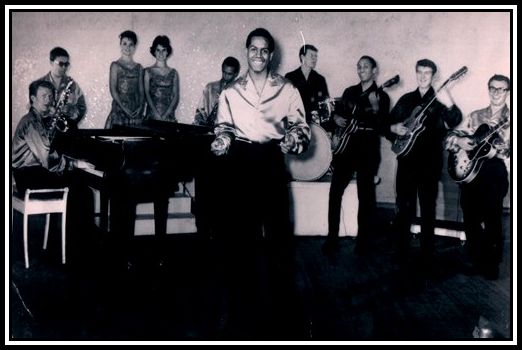
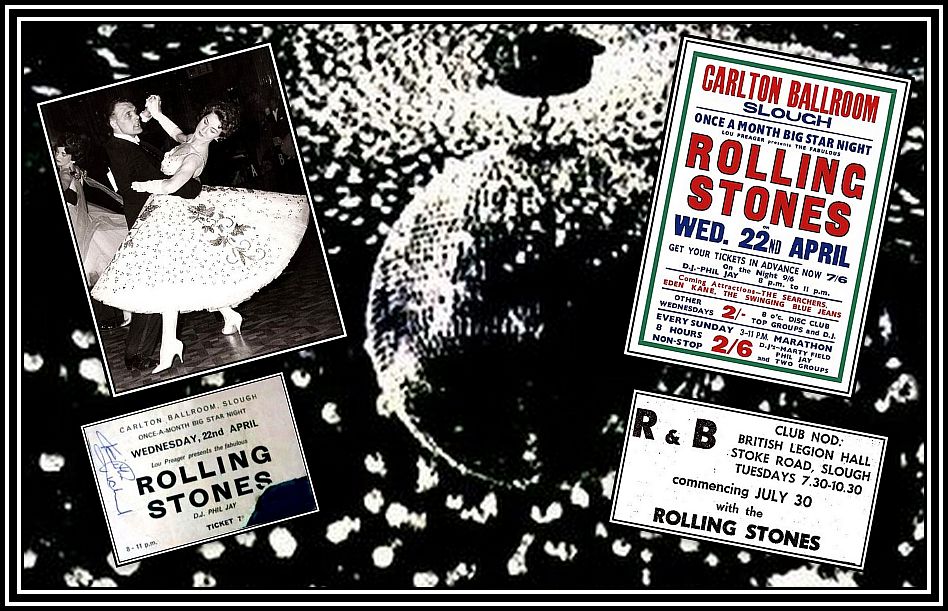
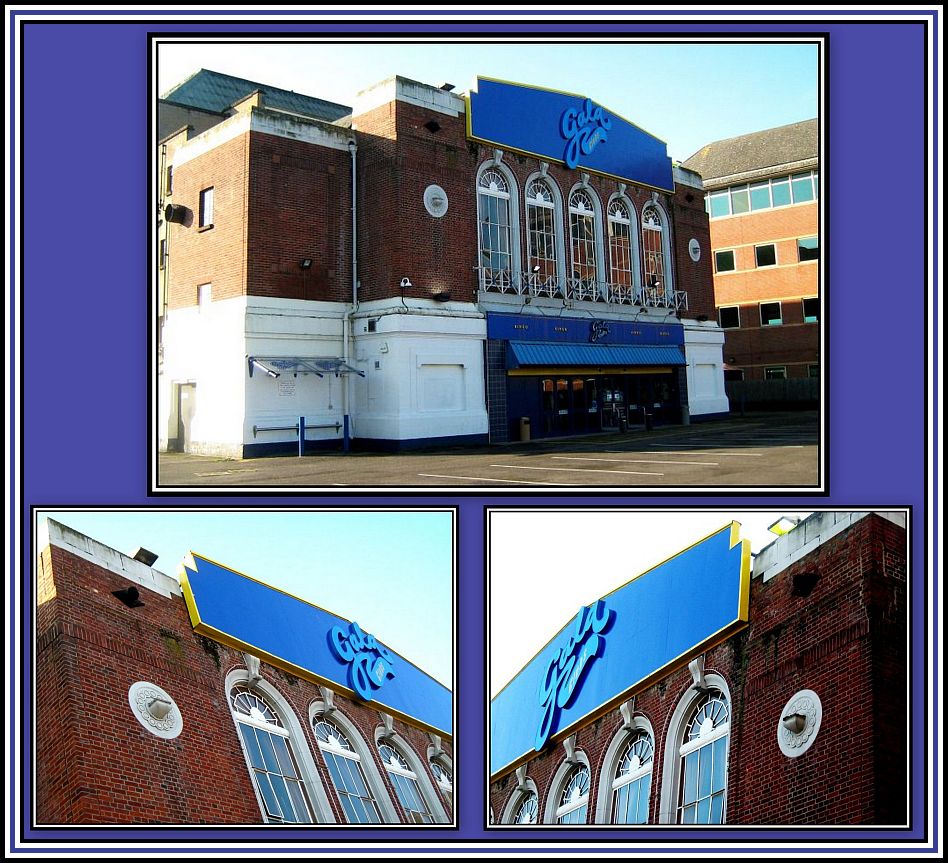
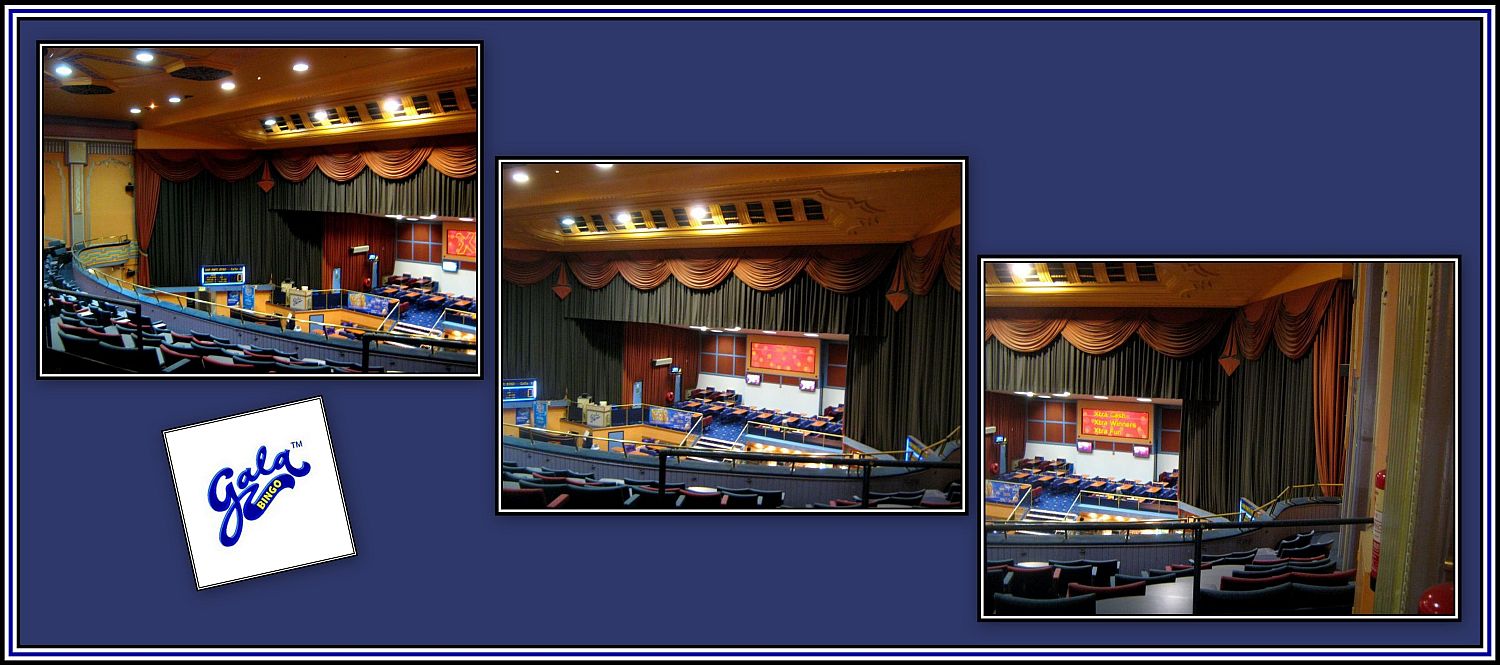
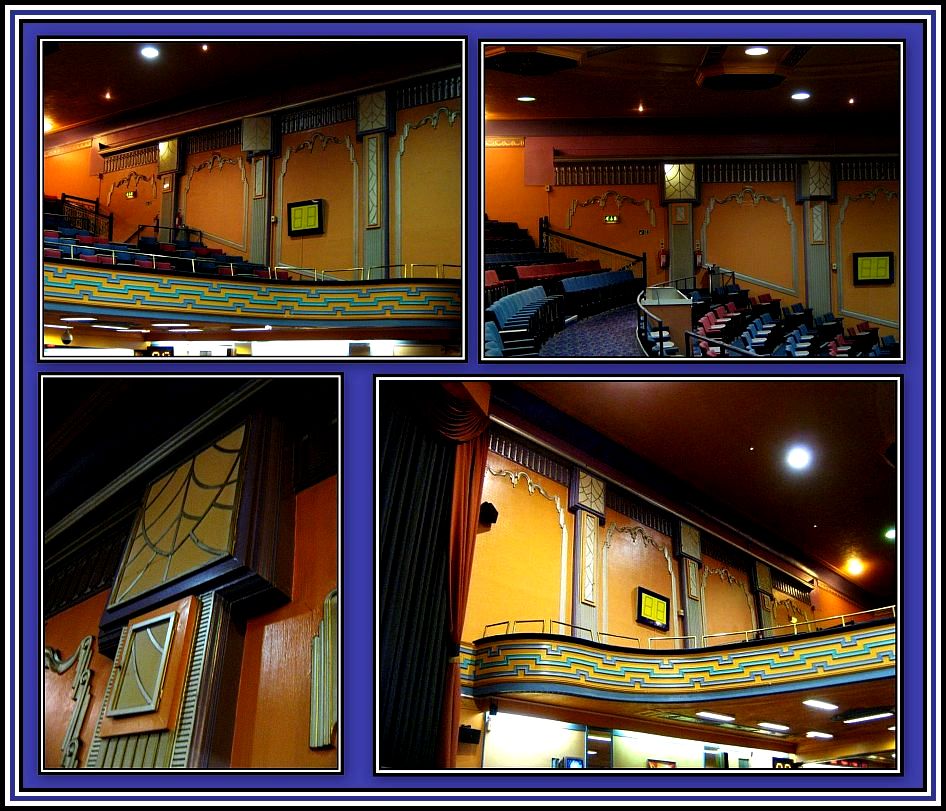
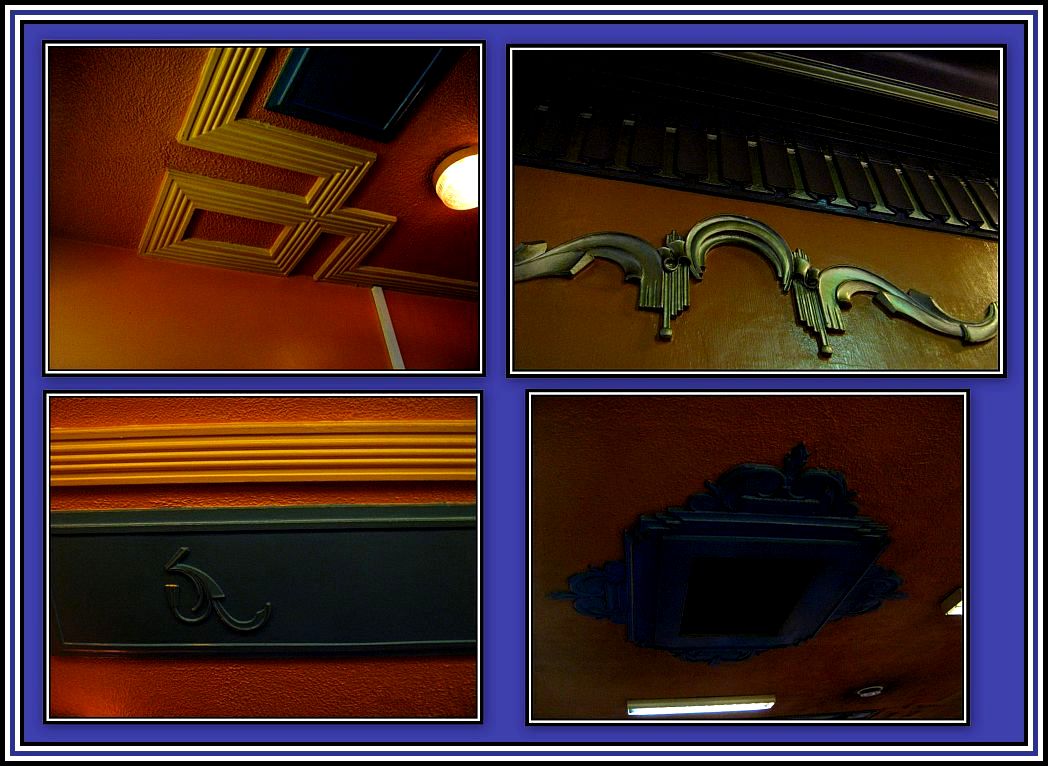
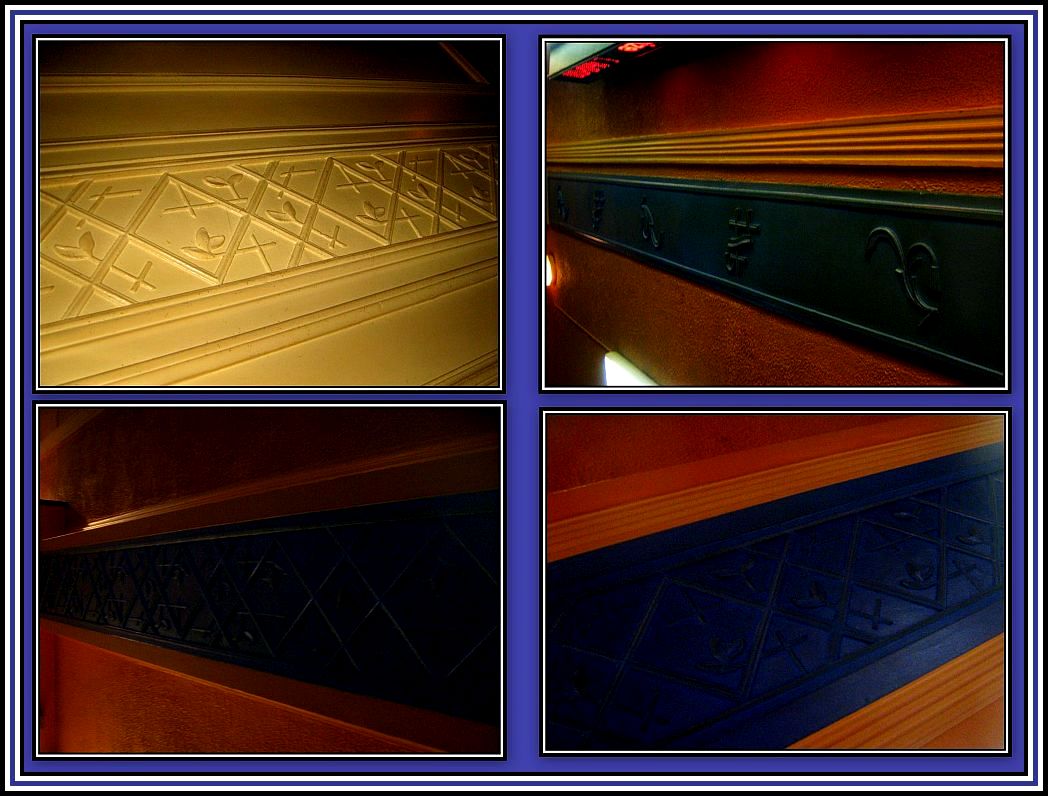
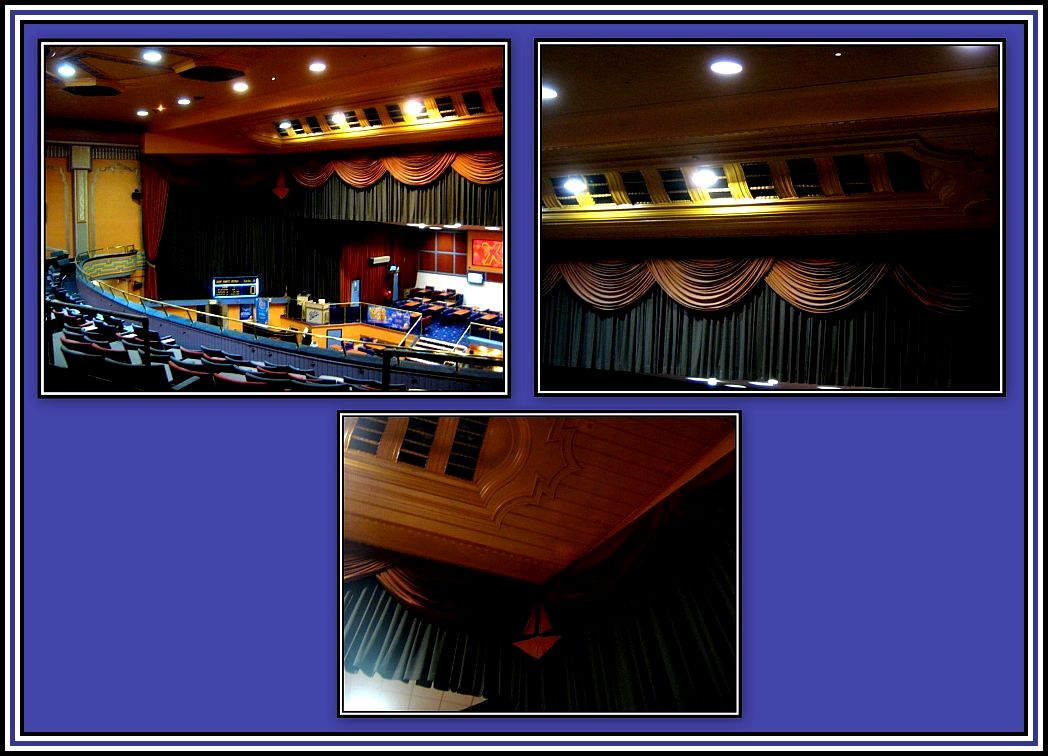
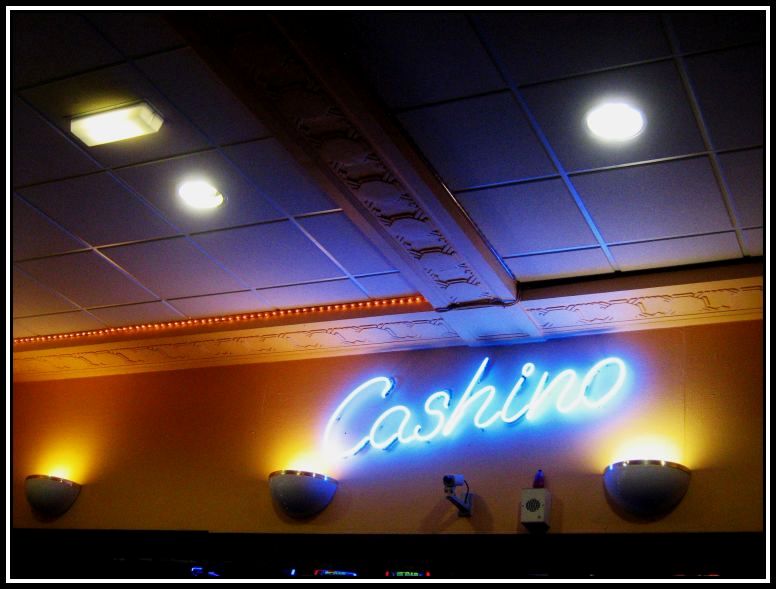
I received the following comment from a reader:
I have very fond memories of both the Granada cinema on Windsor Road and the Century cinema in the High Street as I was a great film buff when a young lad. When as a boy my mother used to take me to the Granada just about every week – and I used to go to the Saturday morning kids film show. I was a Granada Grenadier (we used to sing all for one and all for all, the Granada Gren-adies), as they used to call us. I can remember there being both a manager and assistant manager dressed in a tuxedo in the foyer for special events such as the showing of Gone With the Wind. It was a great feeling to sing along with the people in the audience when the organist played and to see the musical specials now and then. Many an hour was spent in the queue for the 1/6’s. The Century was, you might say my playground in my youth – much of it kissing a girl in the back row of the Balcony.
I have enjoyed what you have done with the site / information. It bought back many memories – most of them small, but linked together they start to form almost a re-enactment of my younger life. Thanks
Anthony (Tony) Rees
Fascinating
I’m writing a large article about The Who’s Magic Bus Tour in November 1968. Its second gig was here. Any memories of this would be appreciated!
Guy Mowbray
Chesterfield UK
Sadly, I was away at college when the tour took place and so was not able to attend. Sorry.